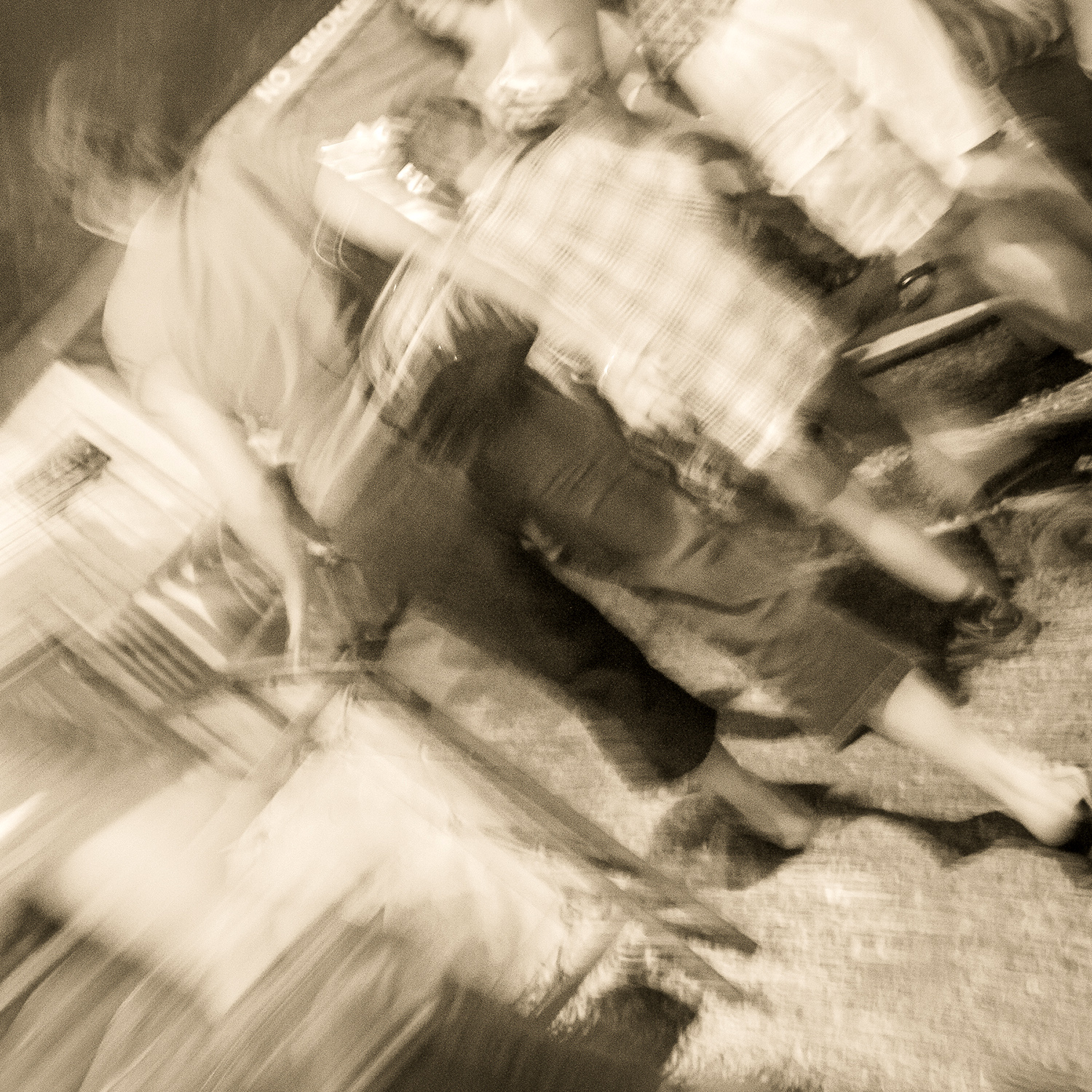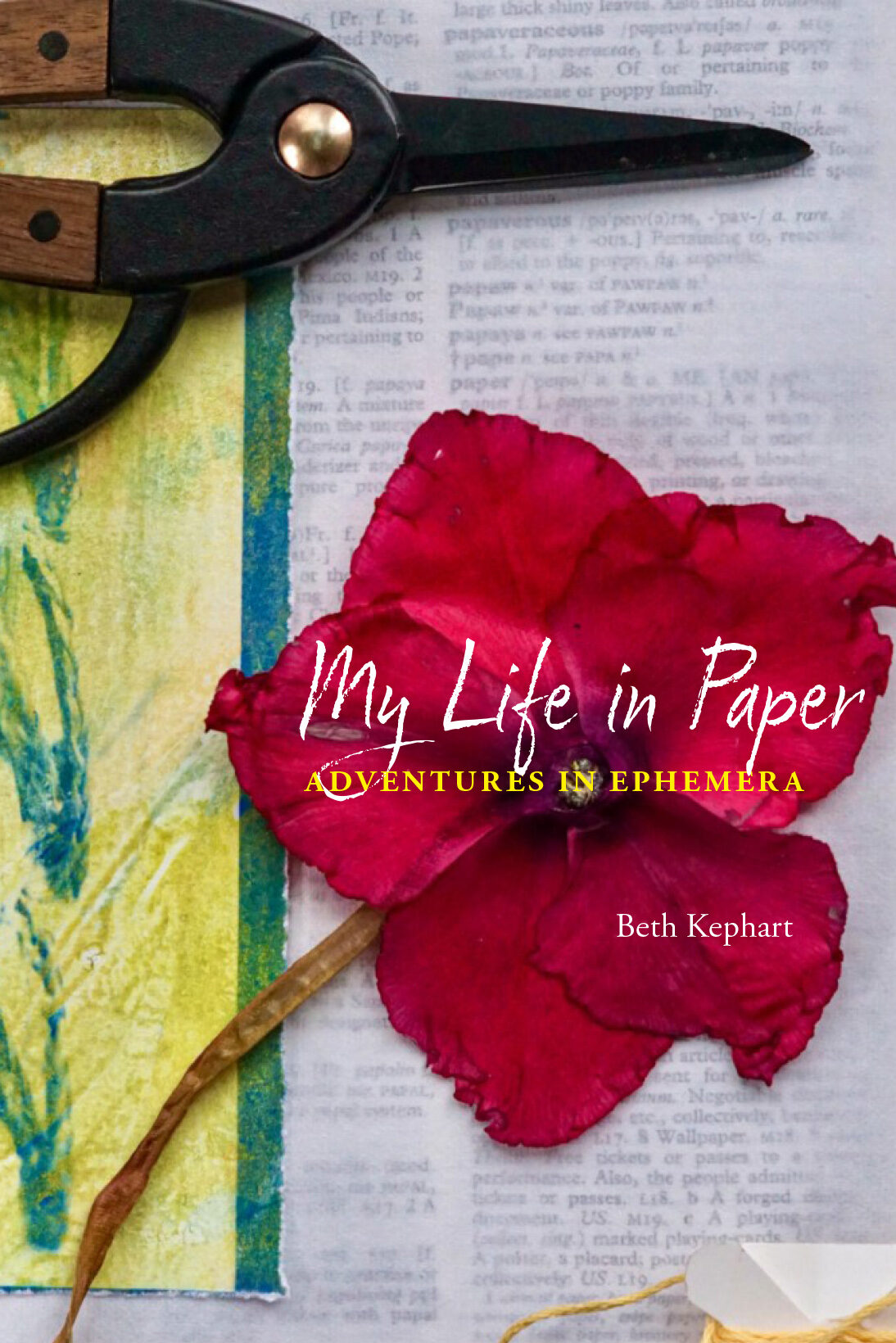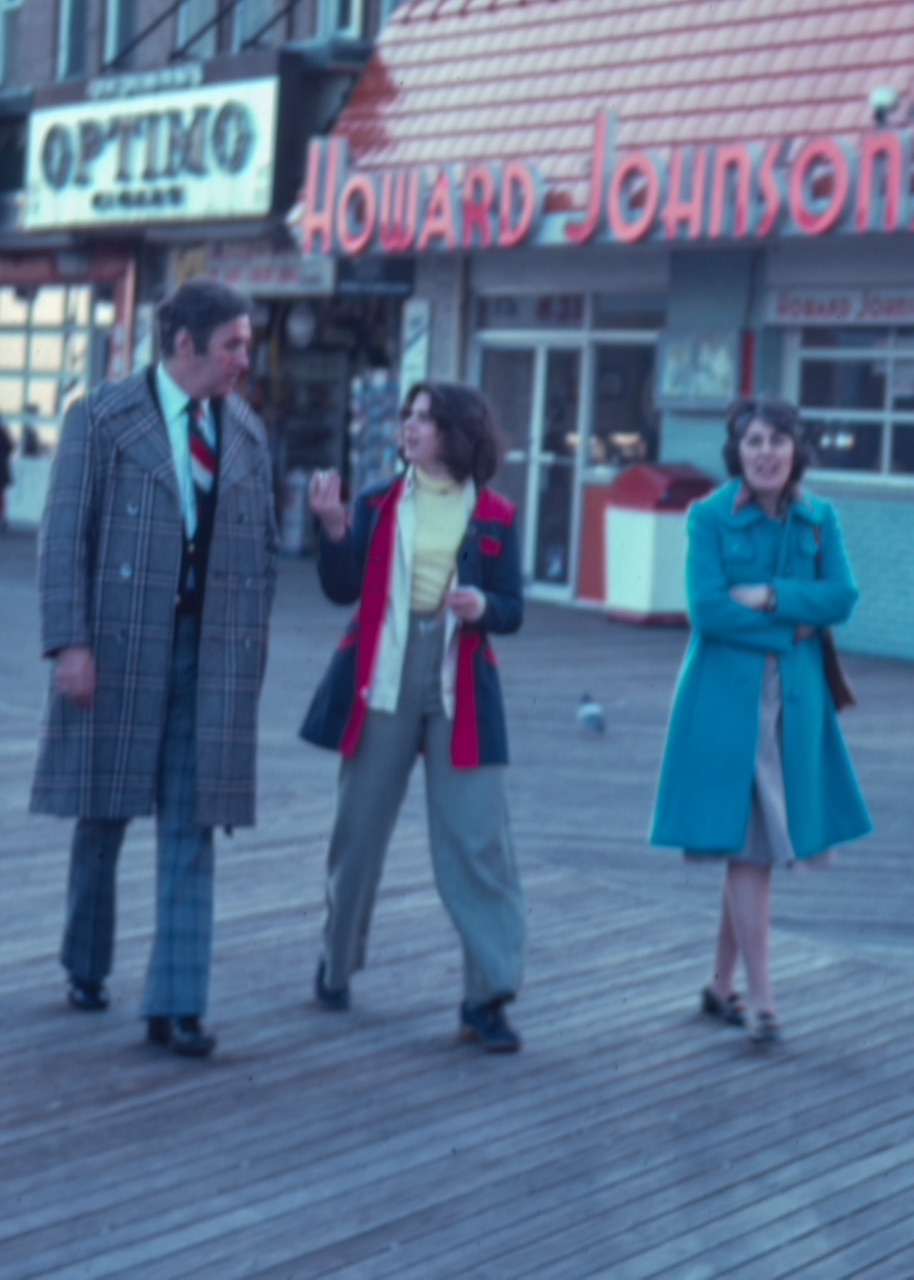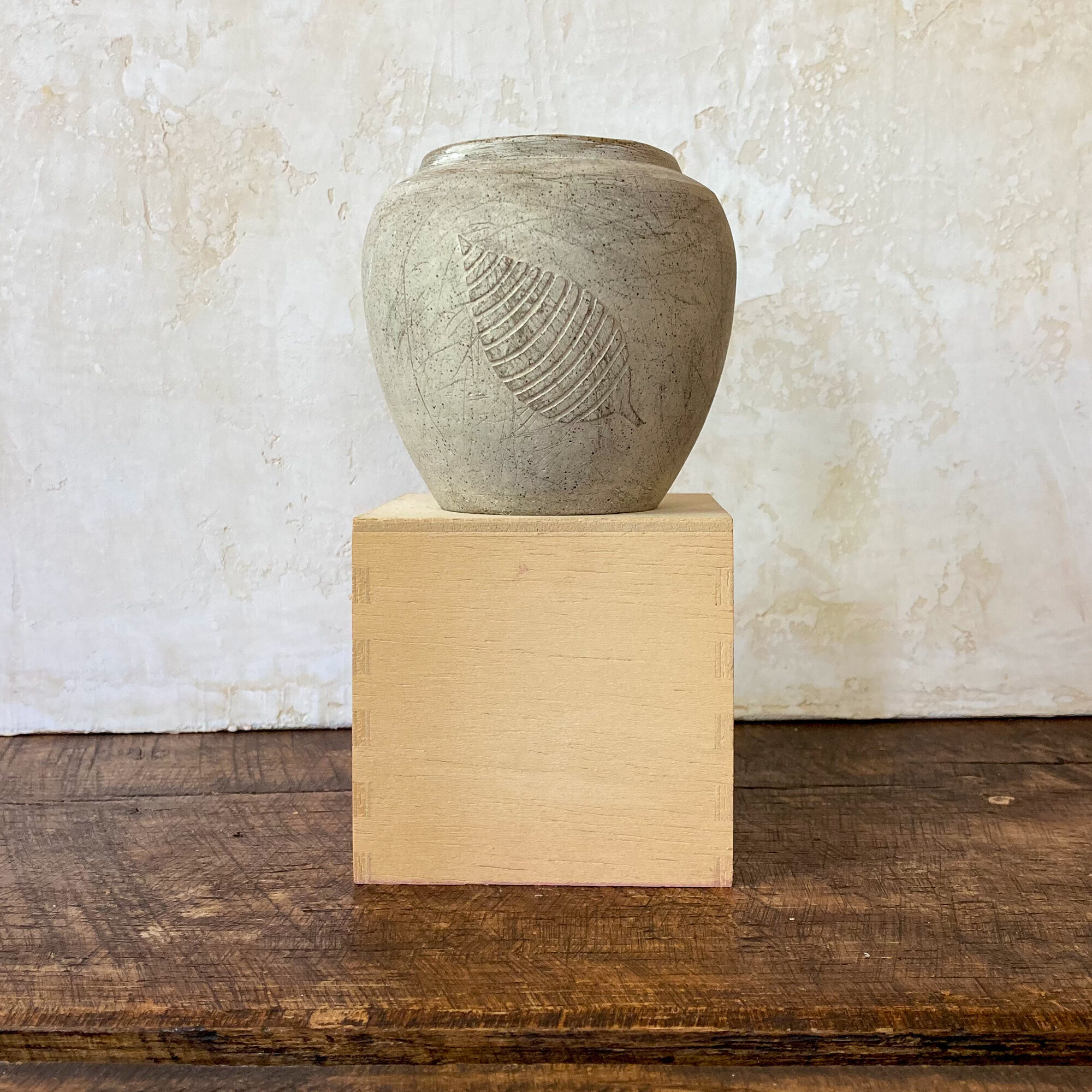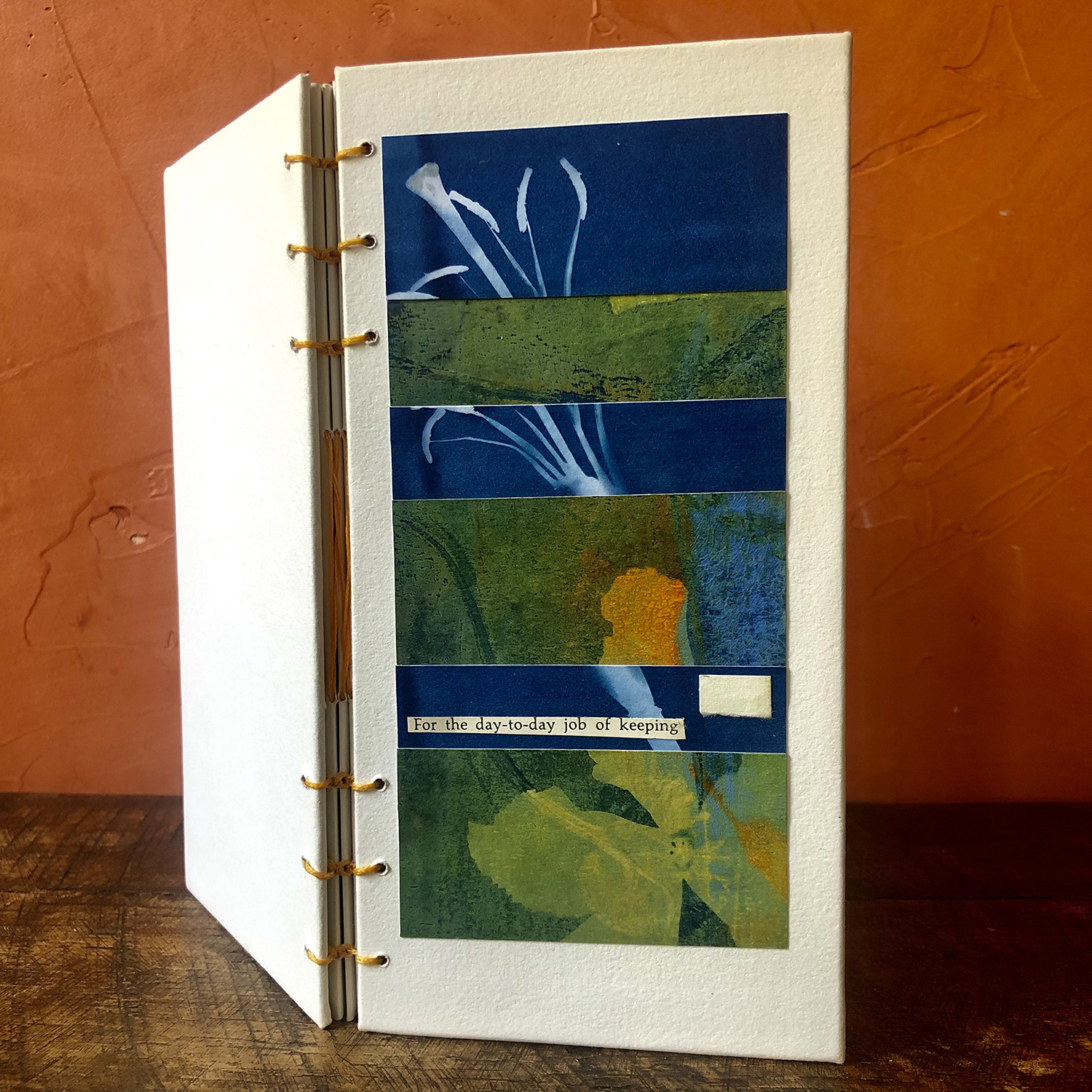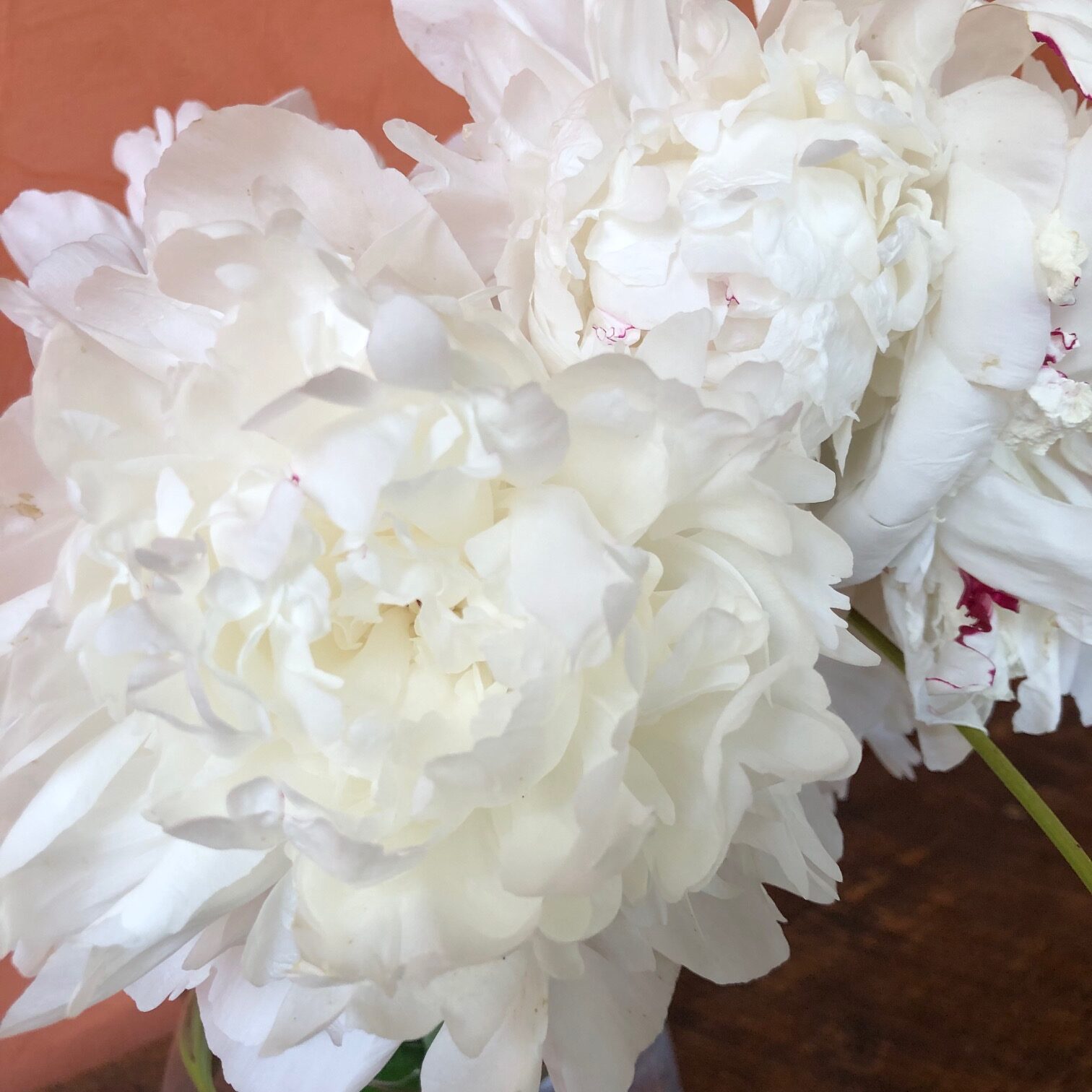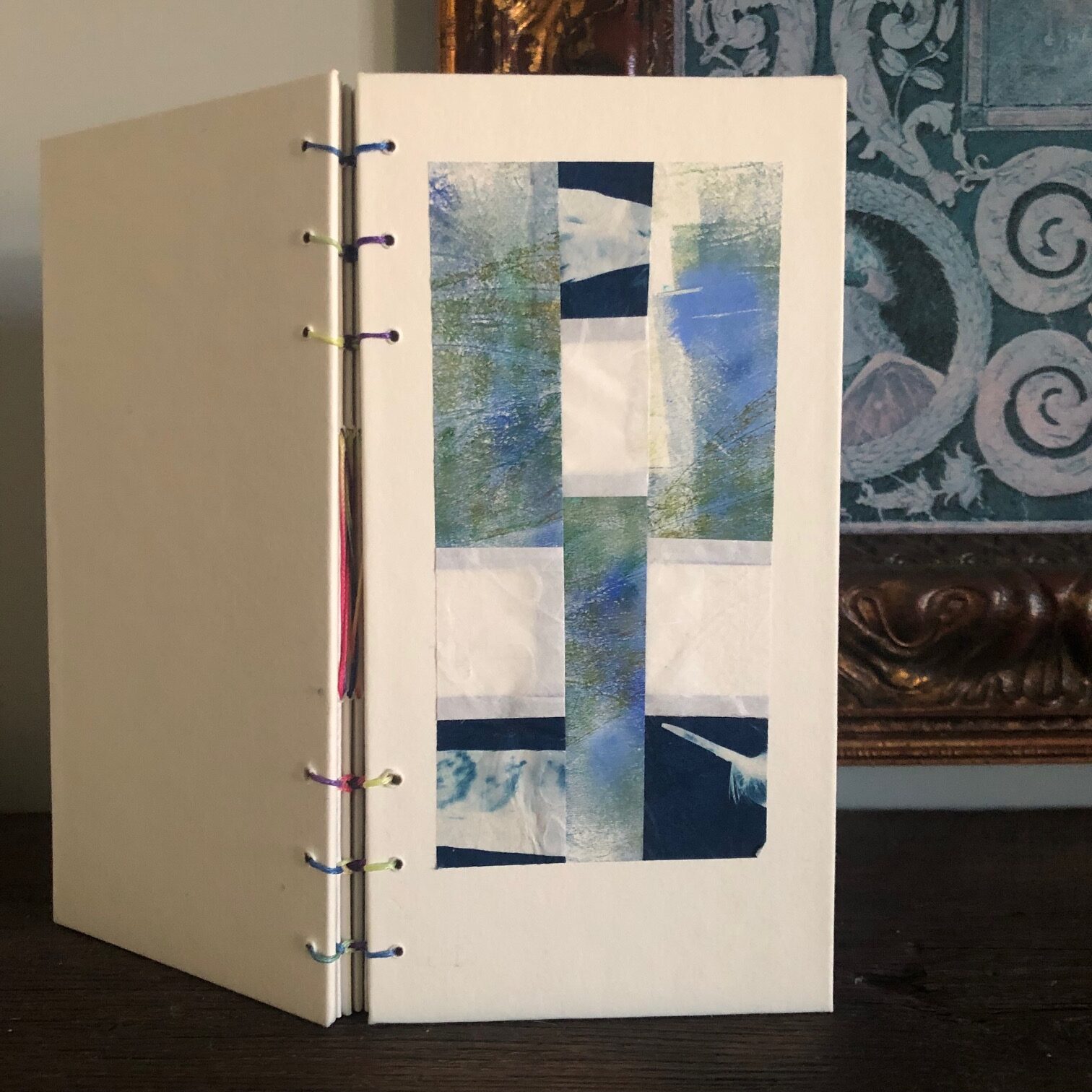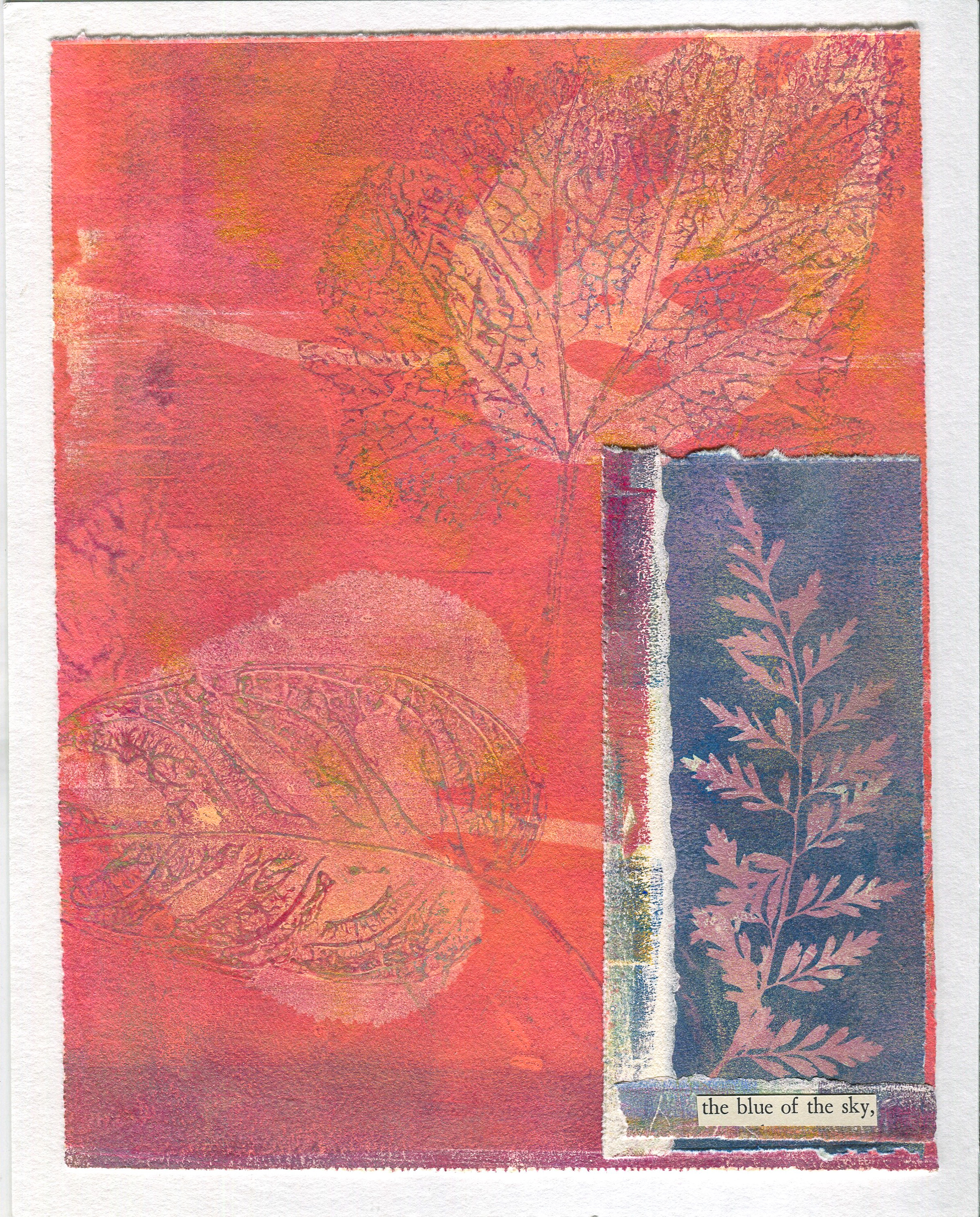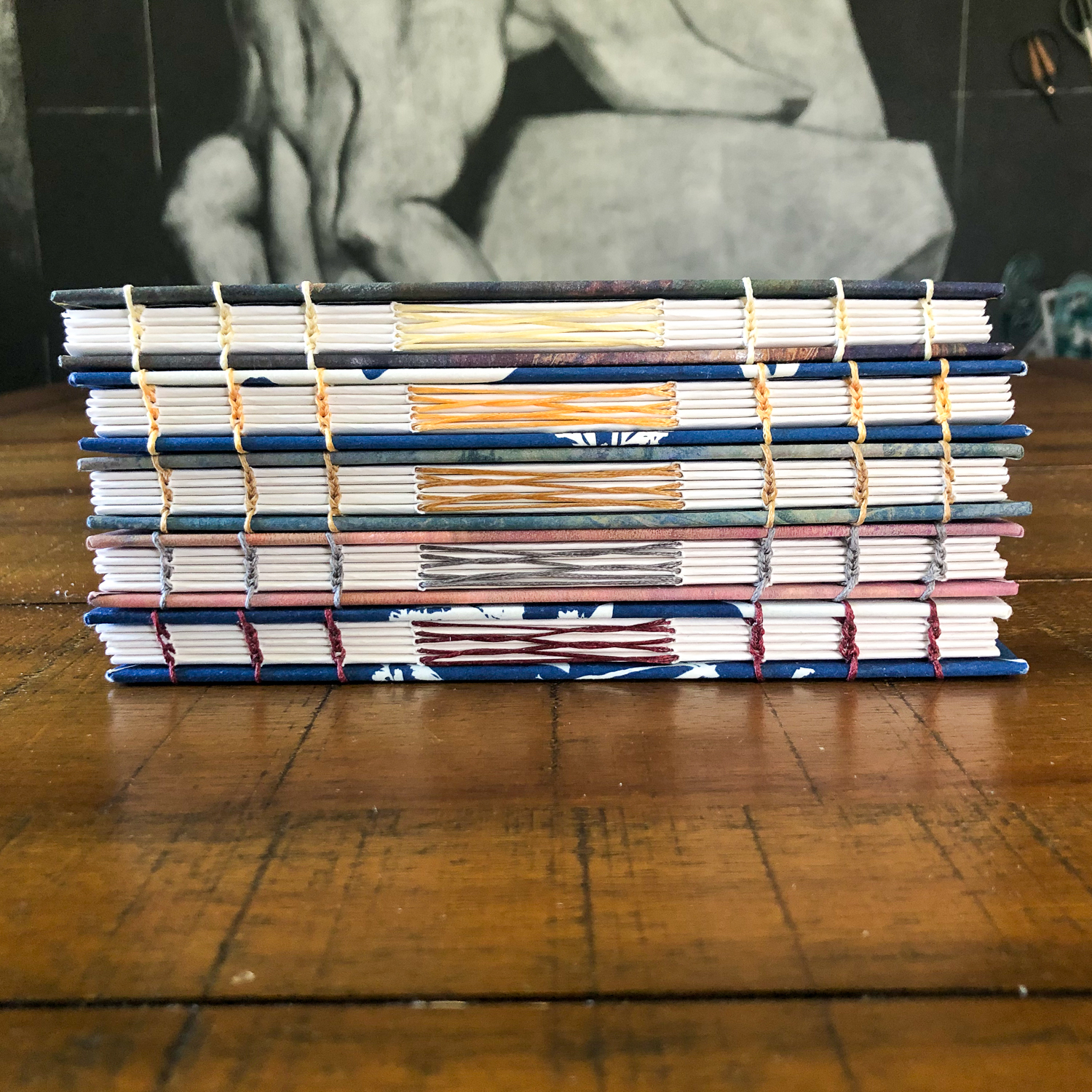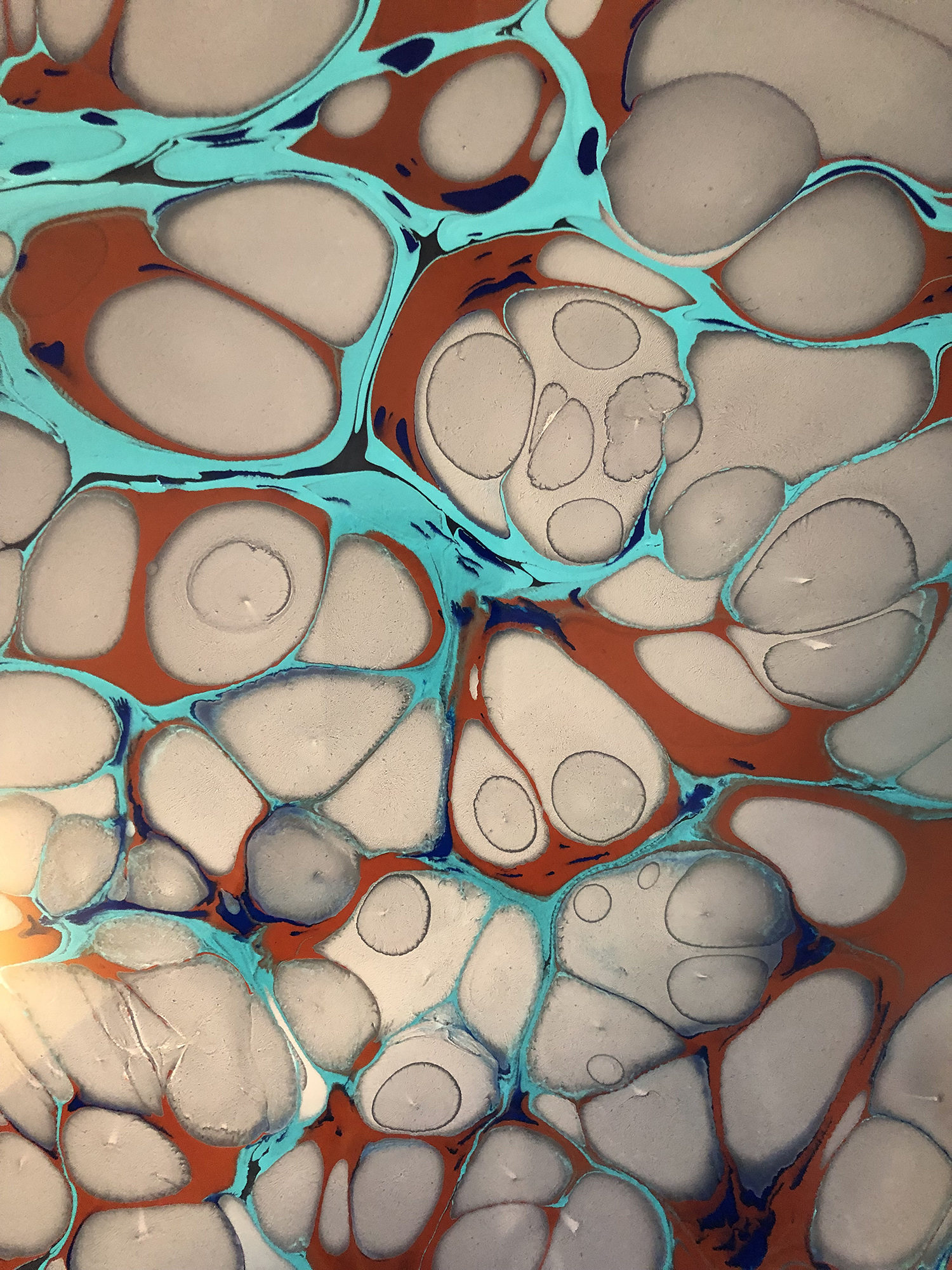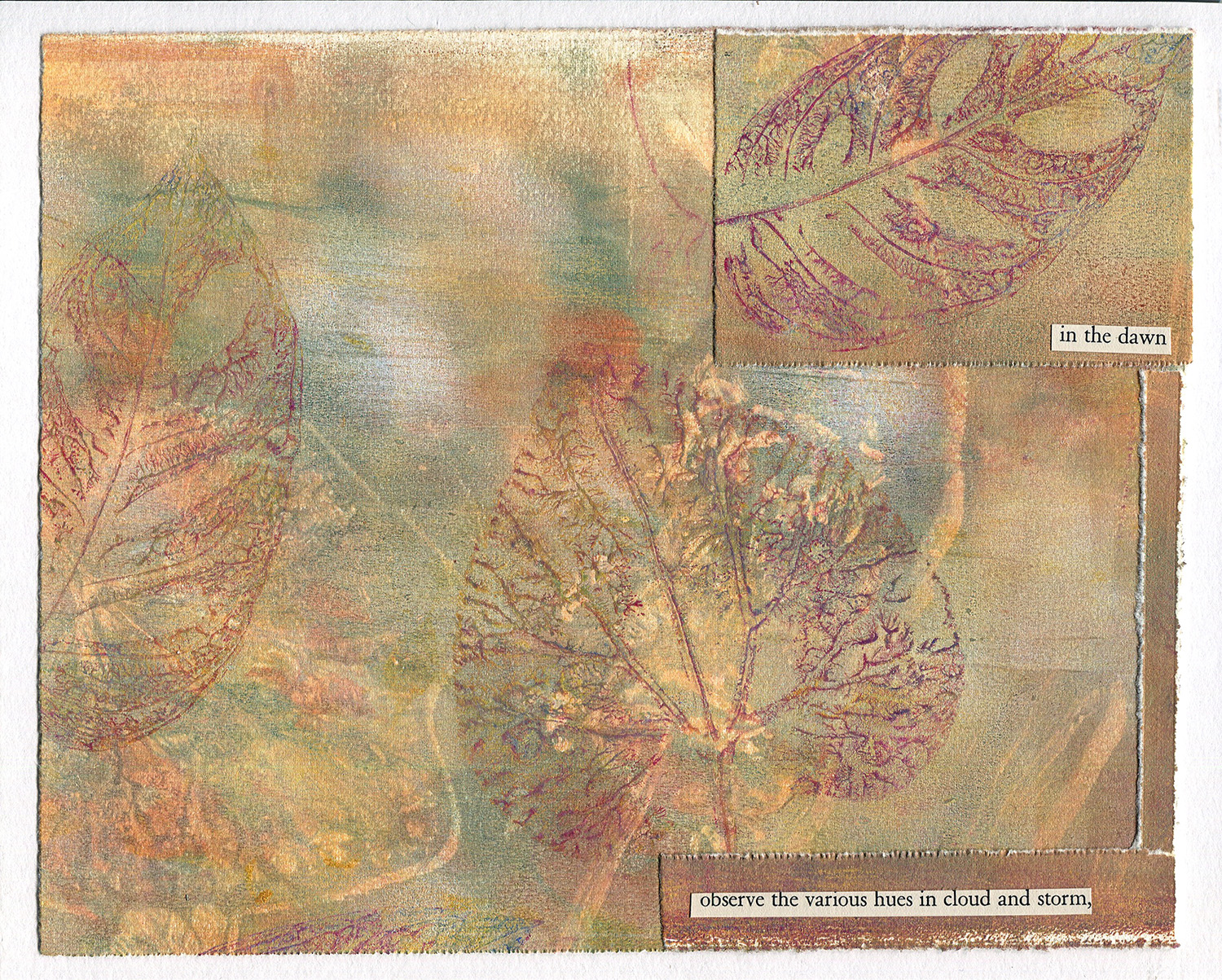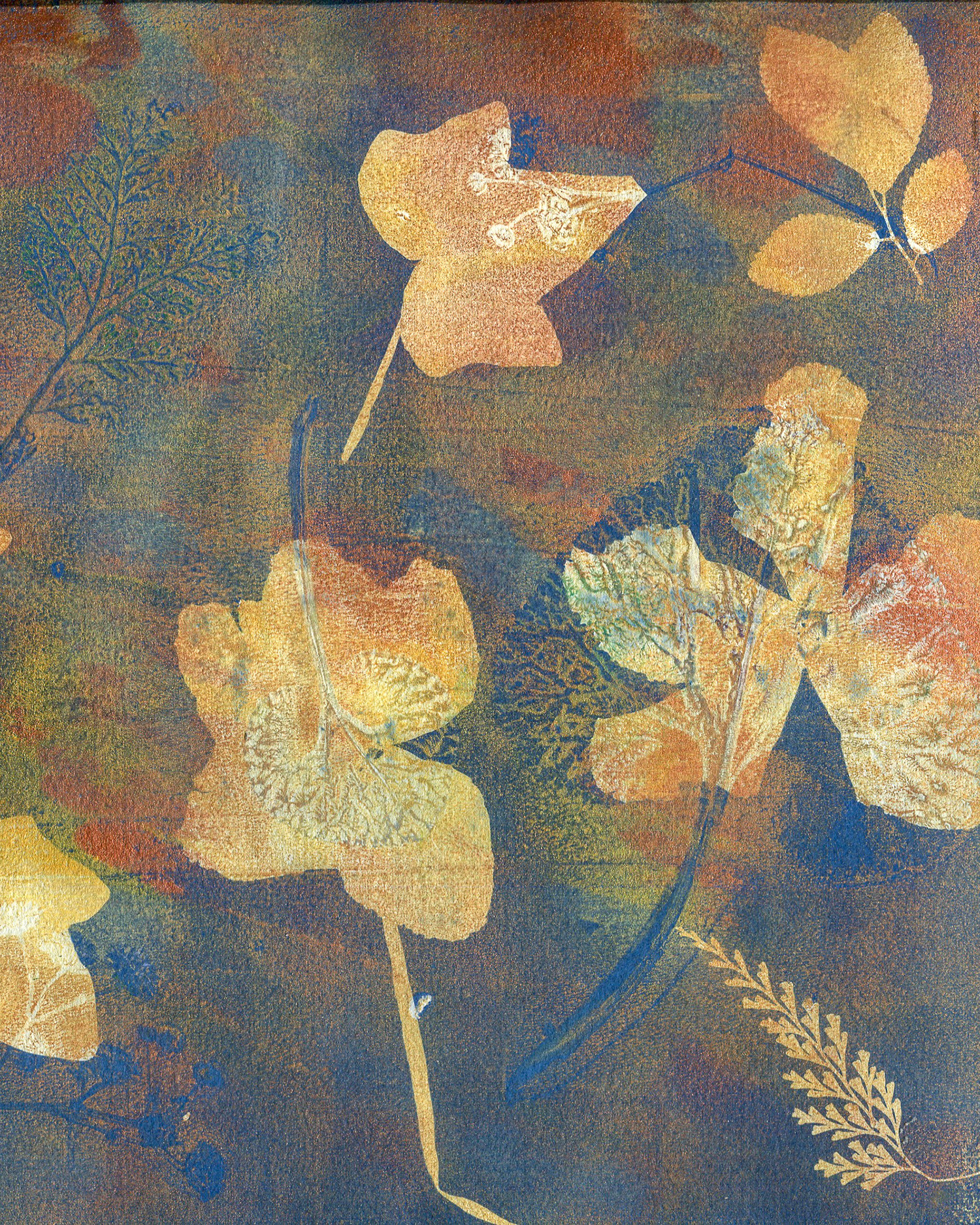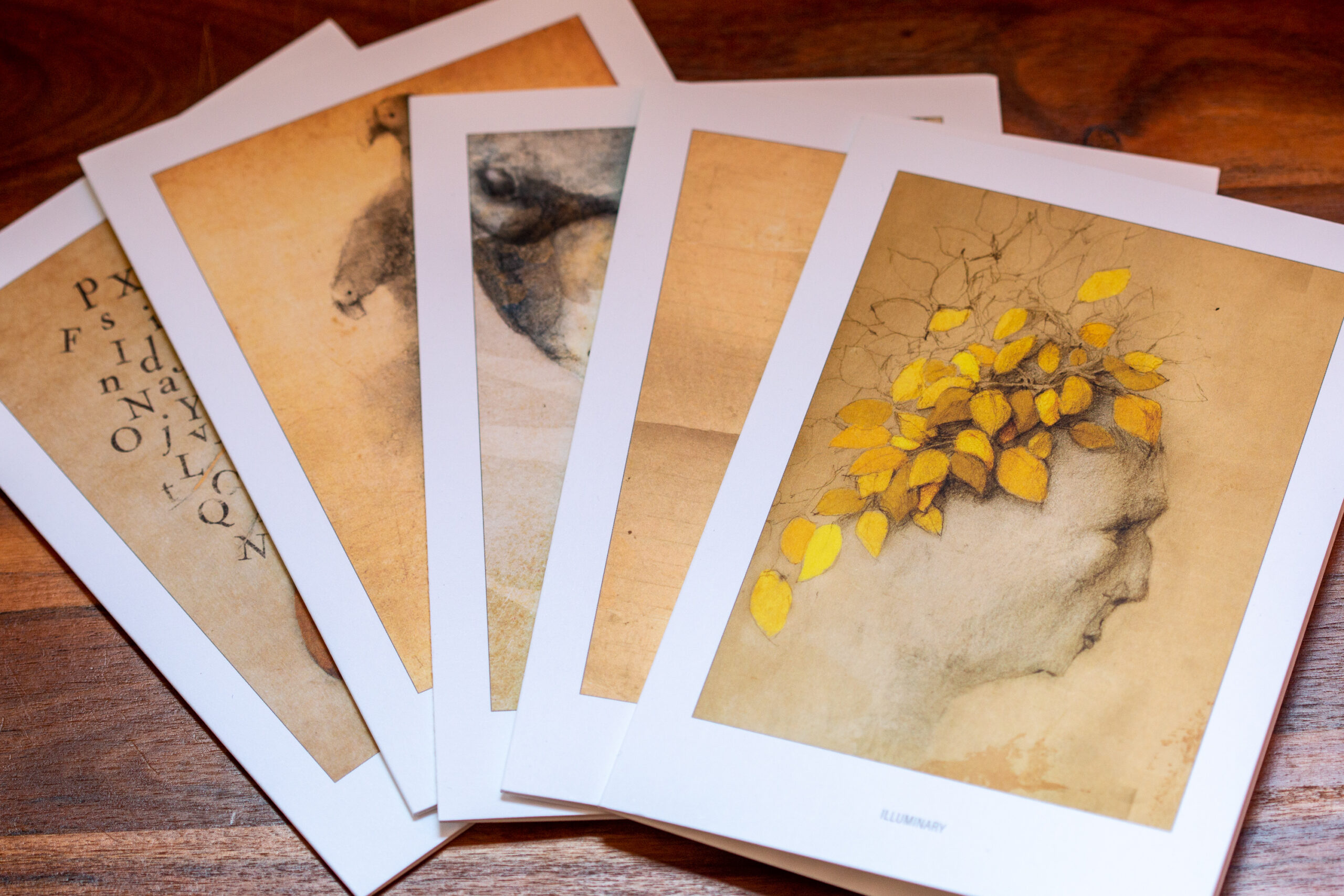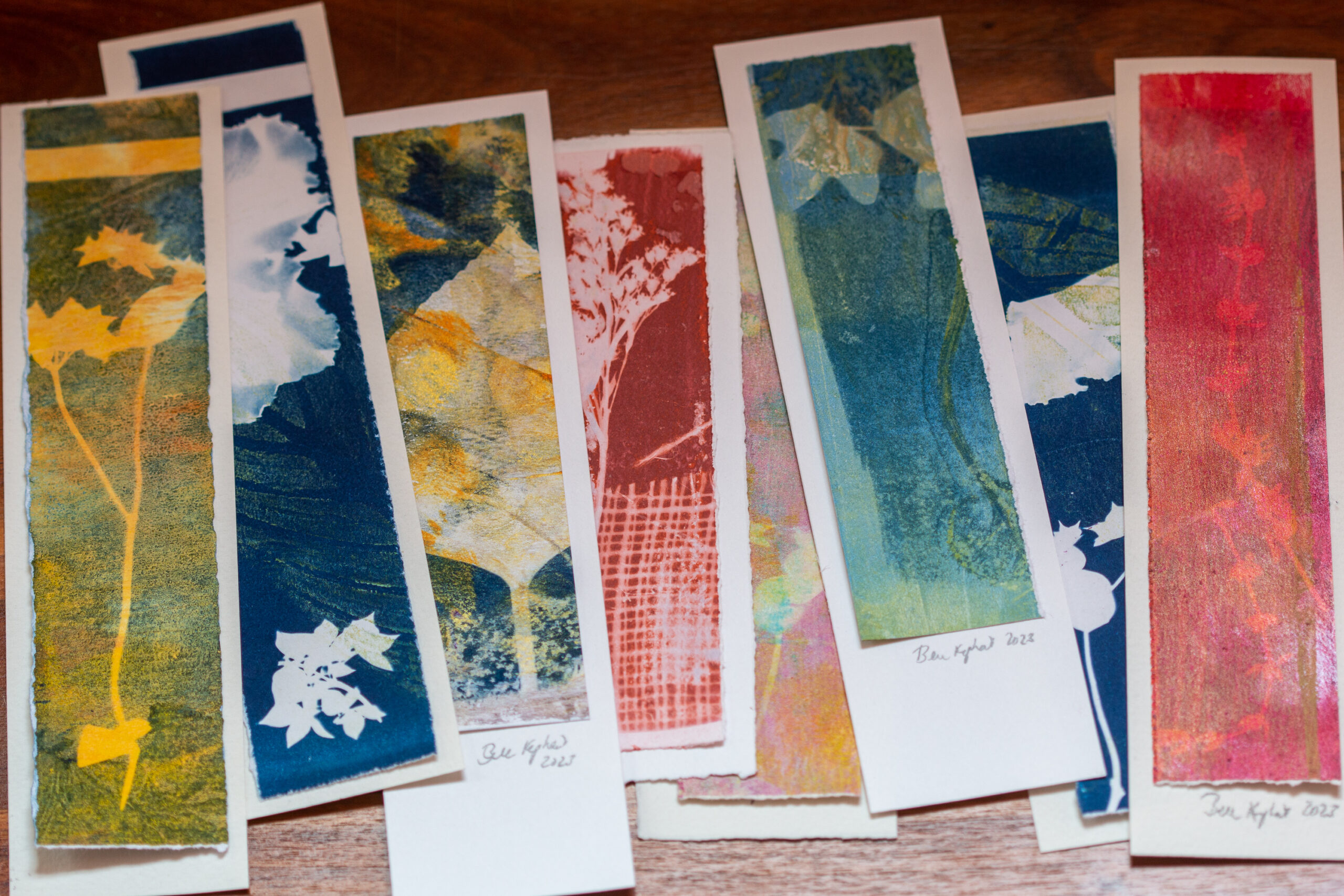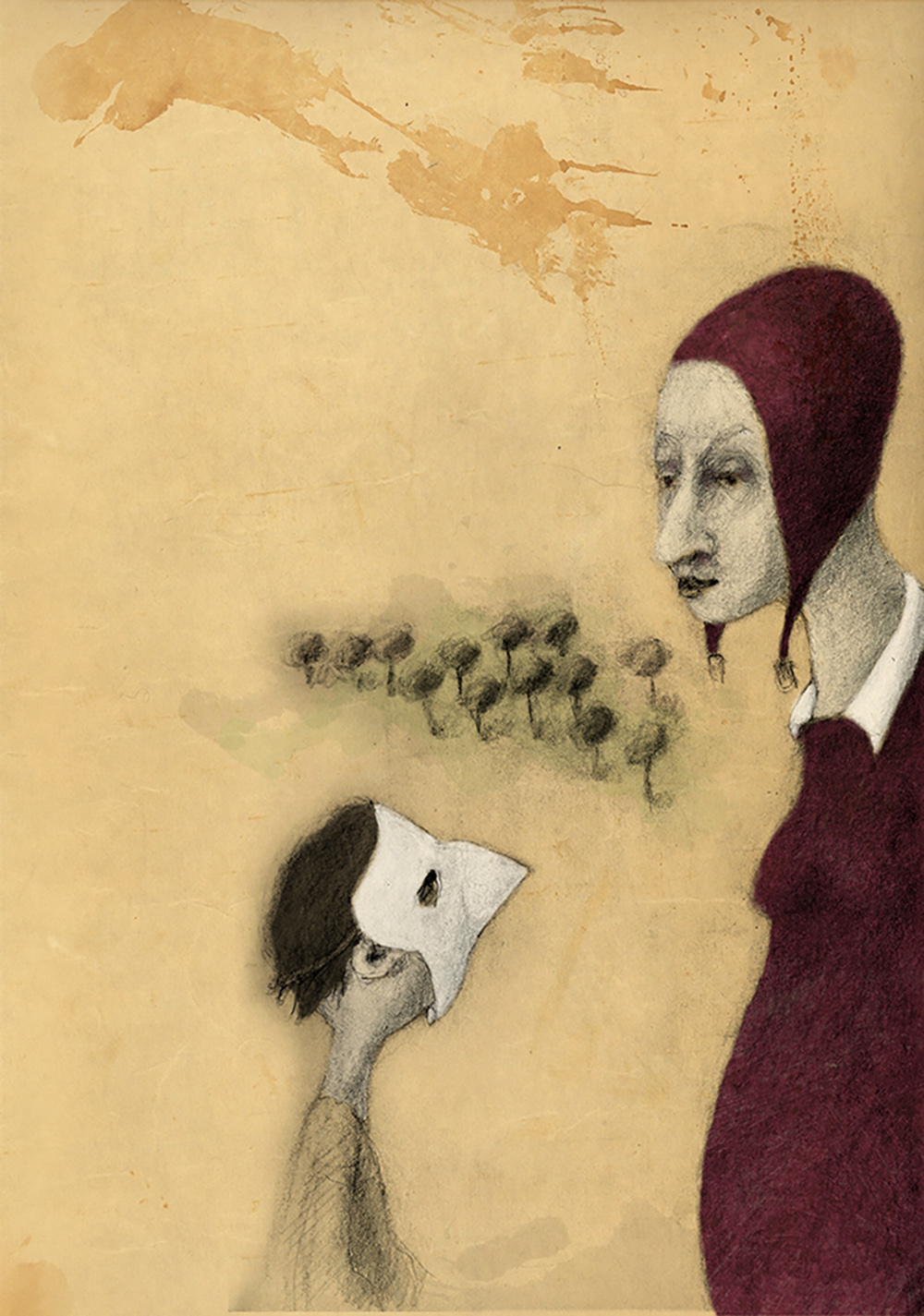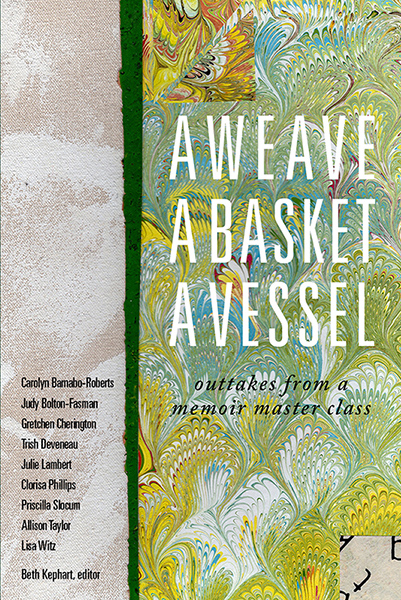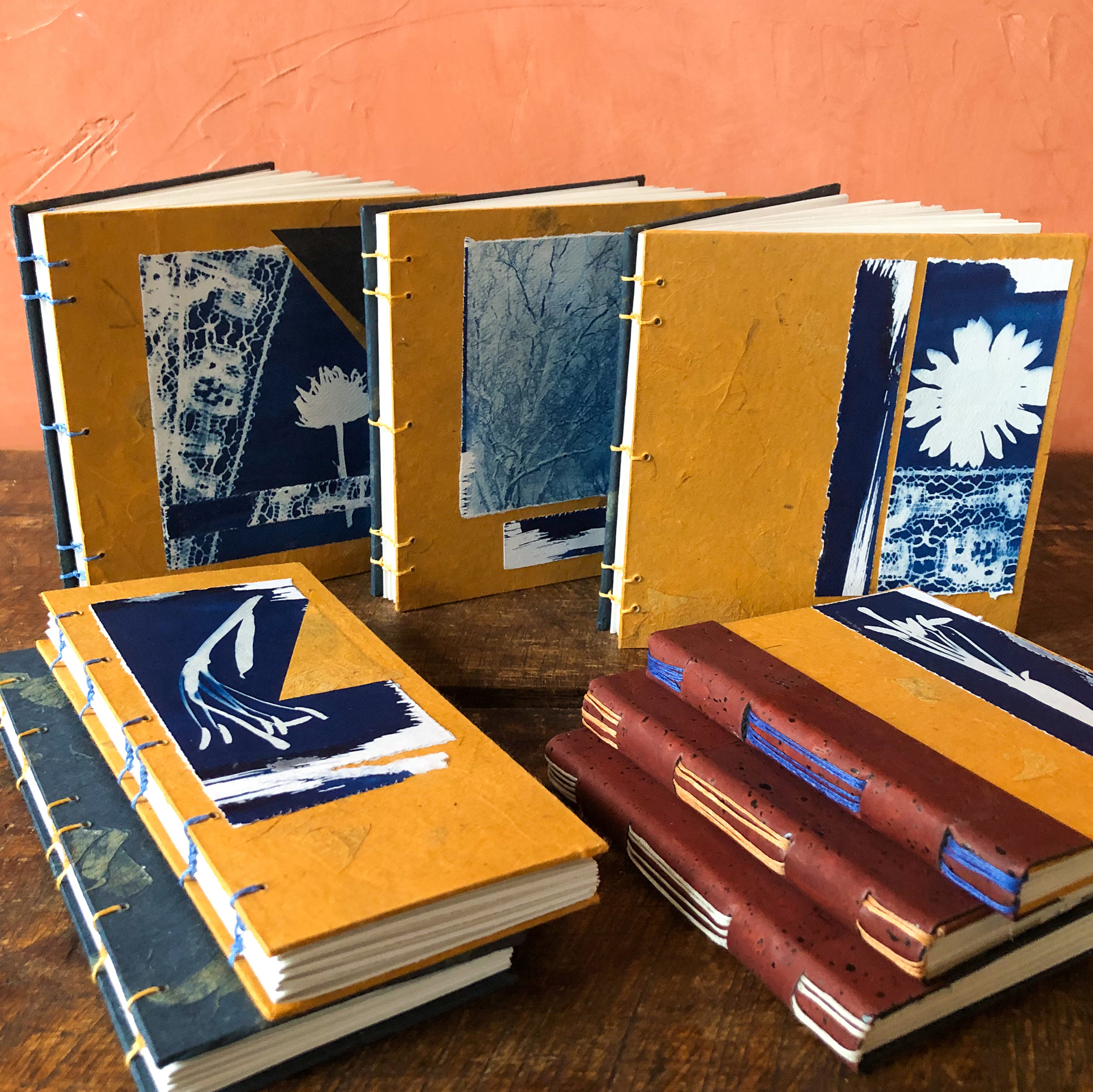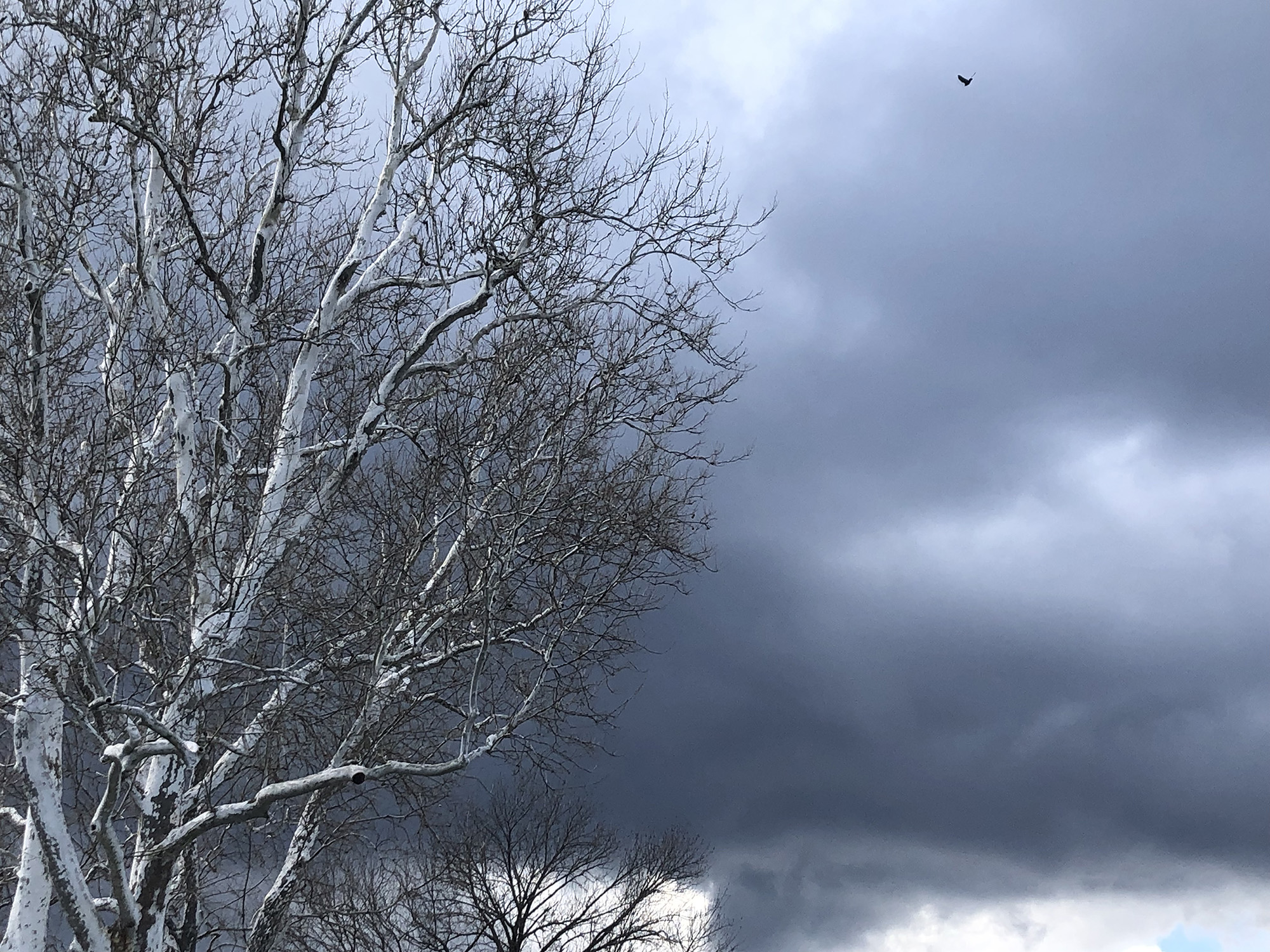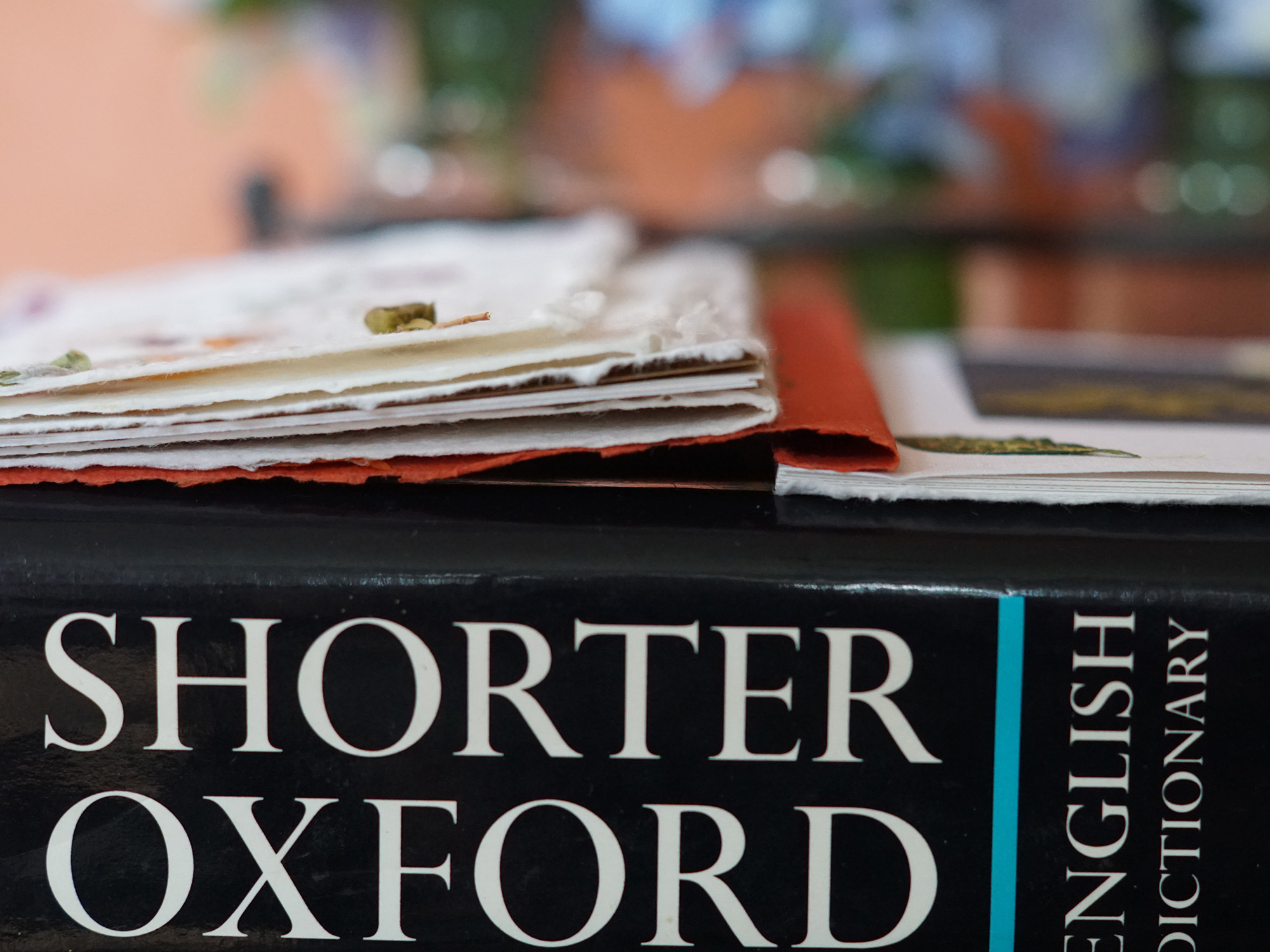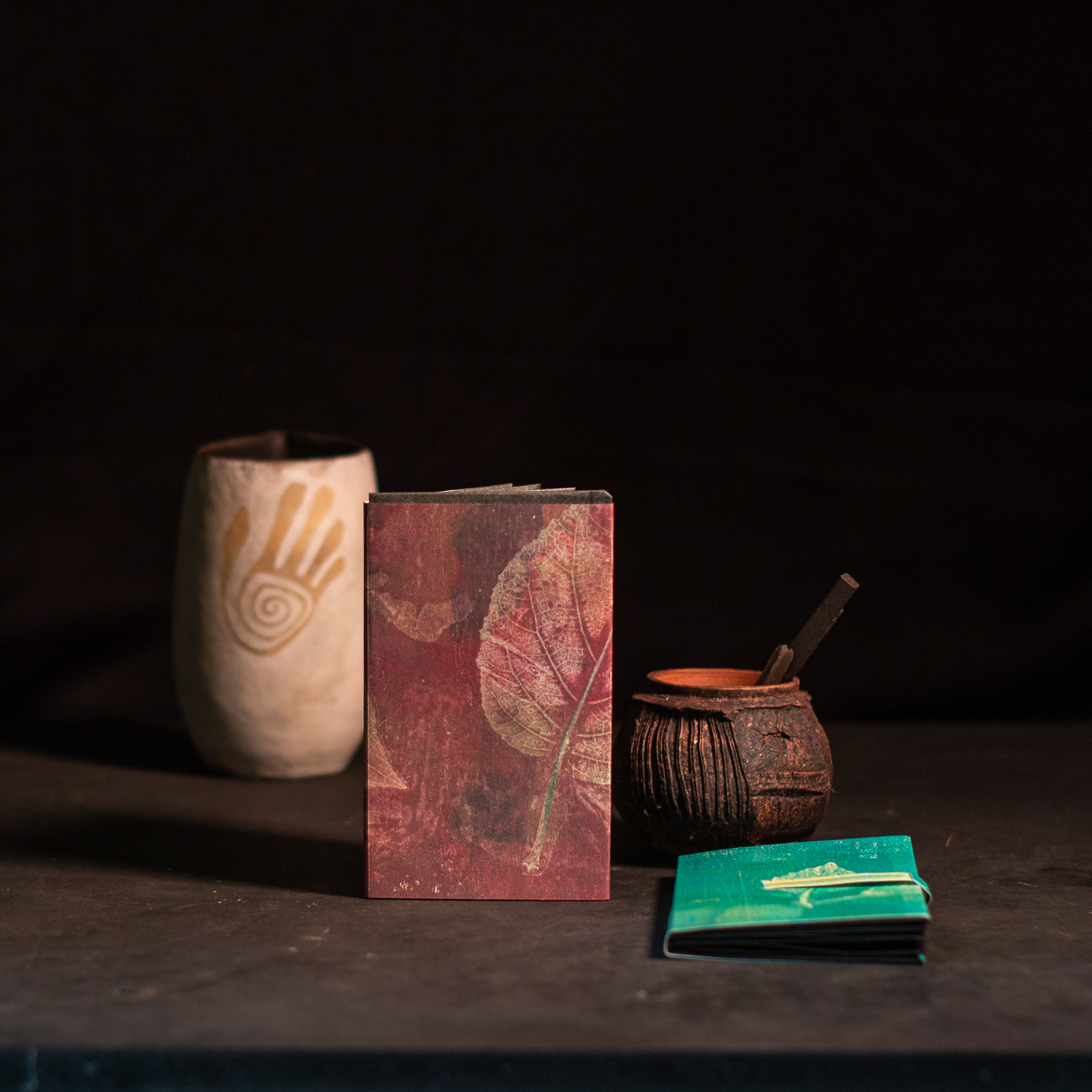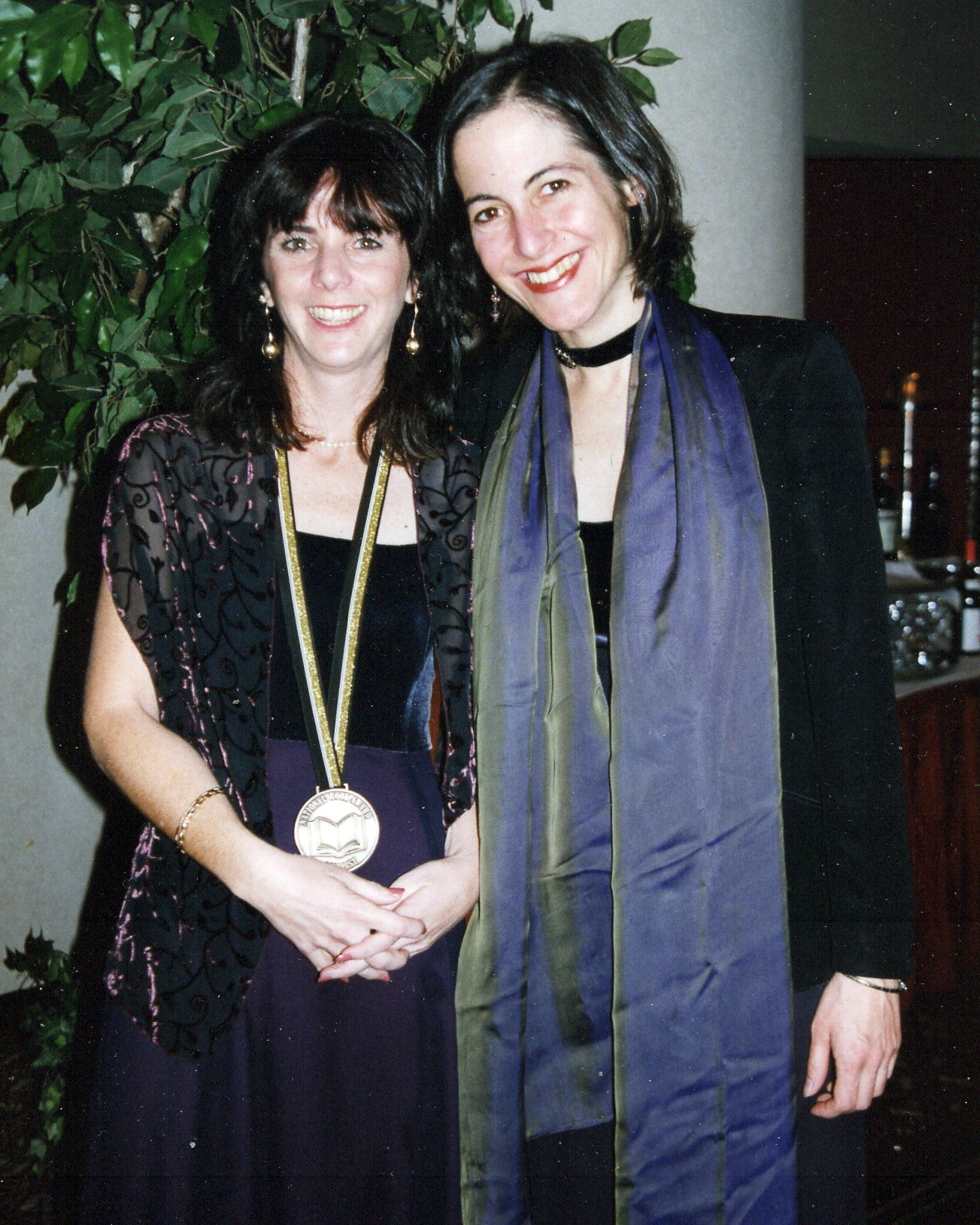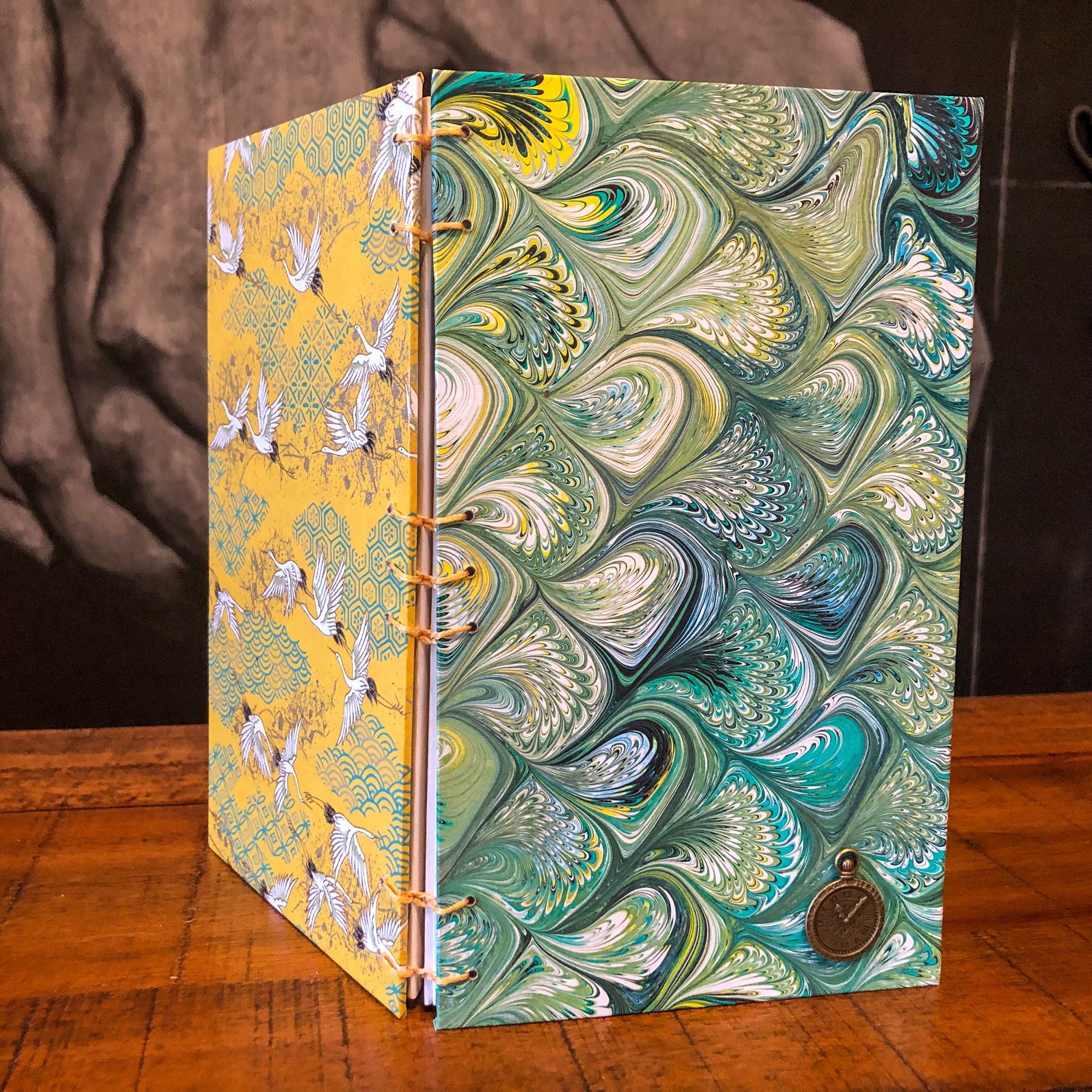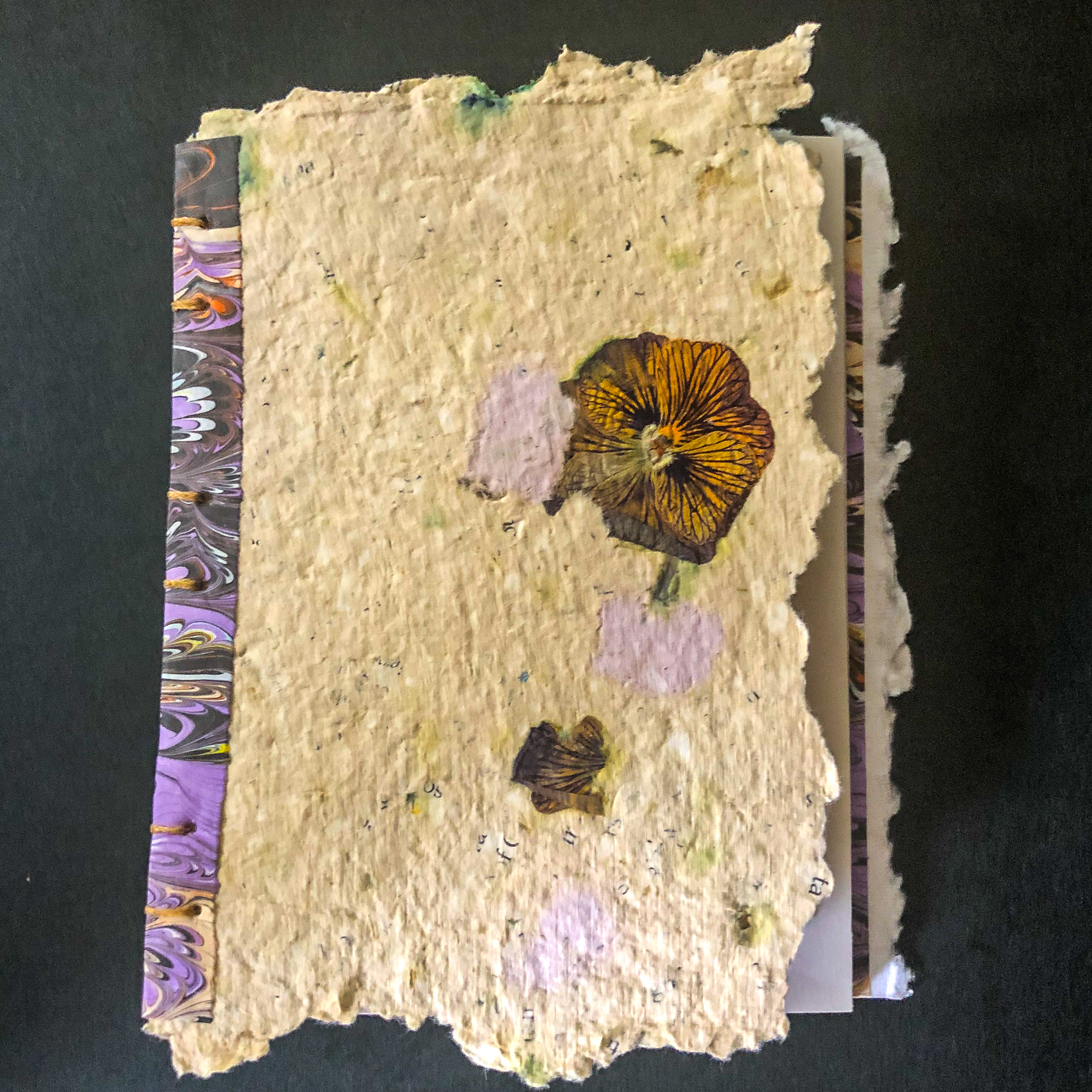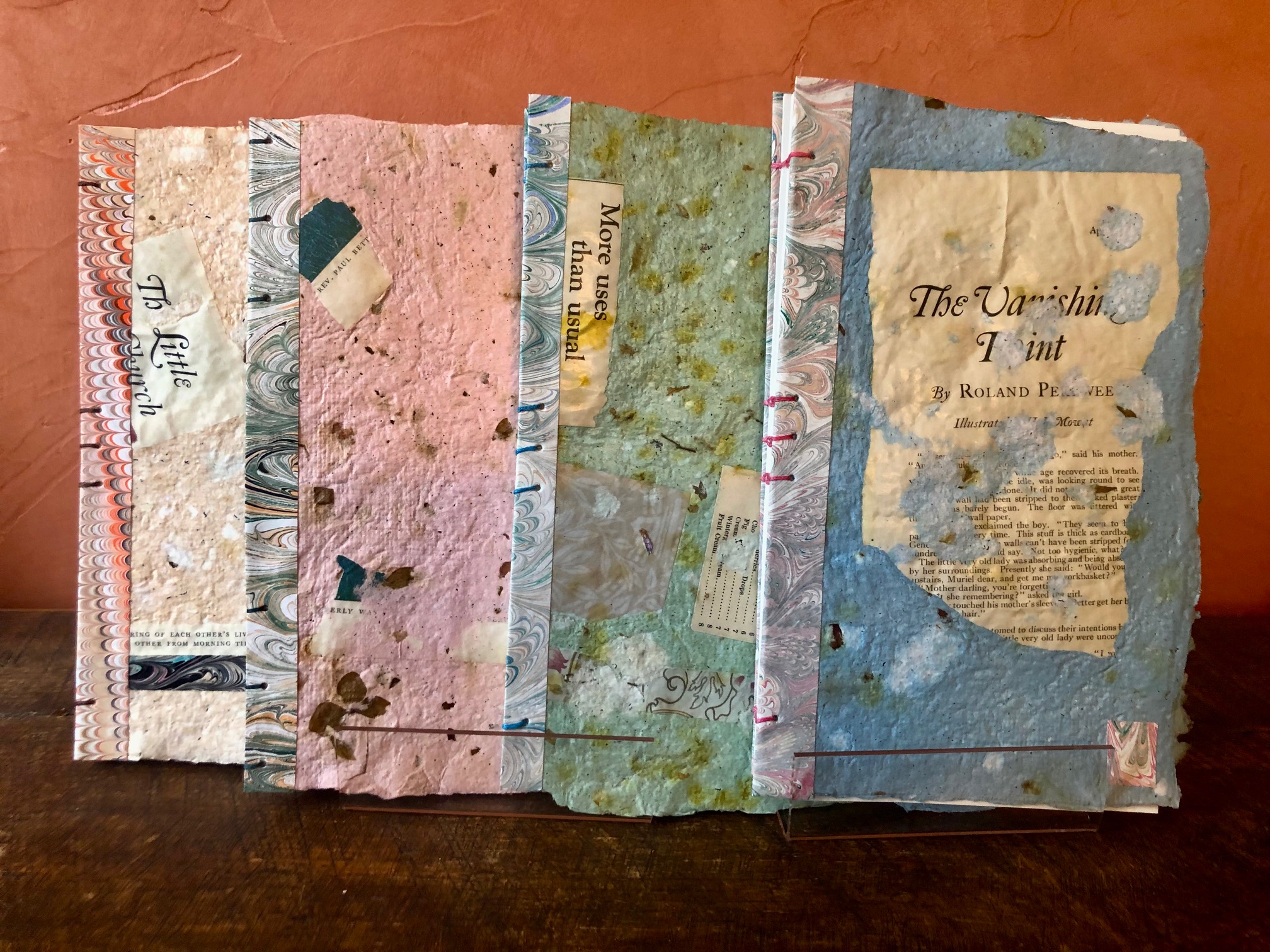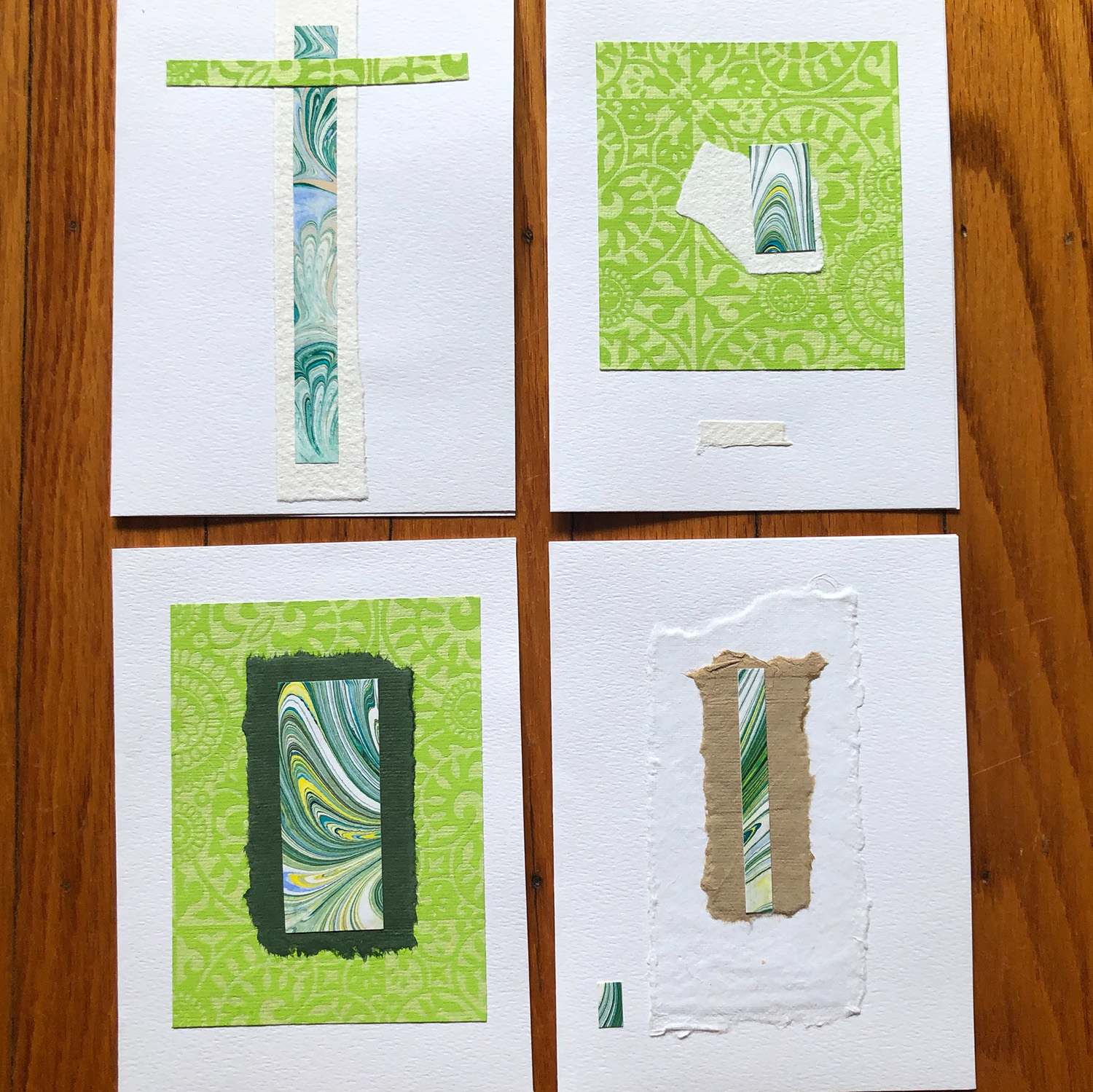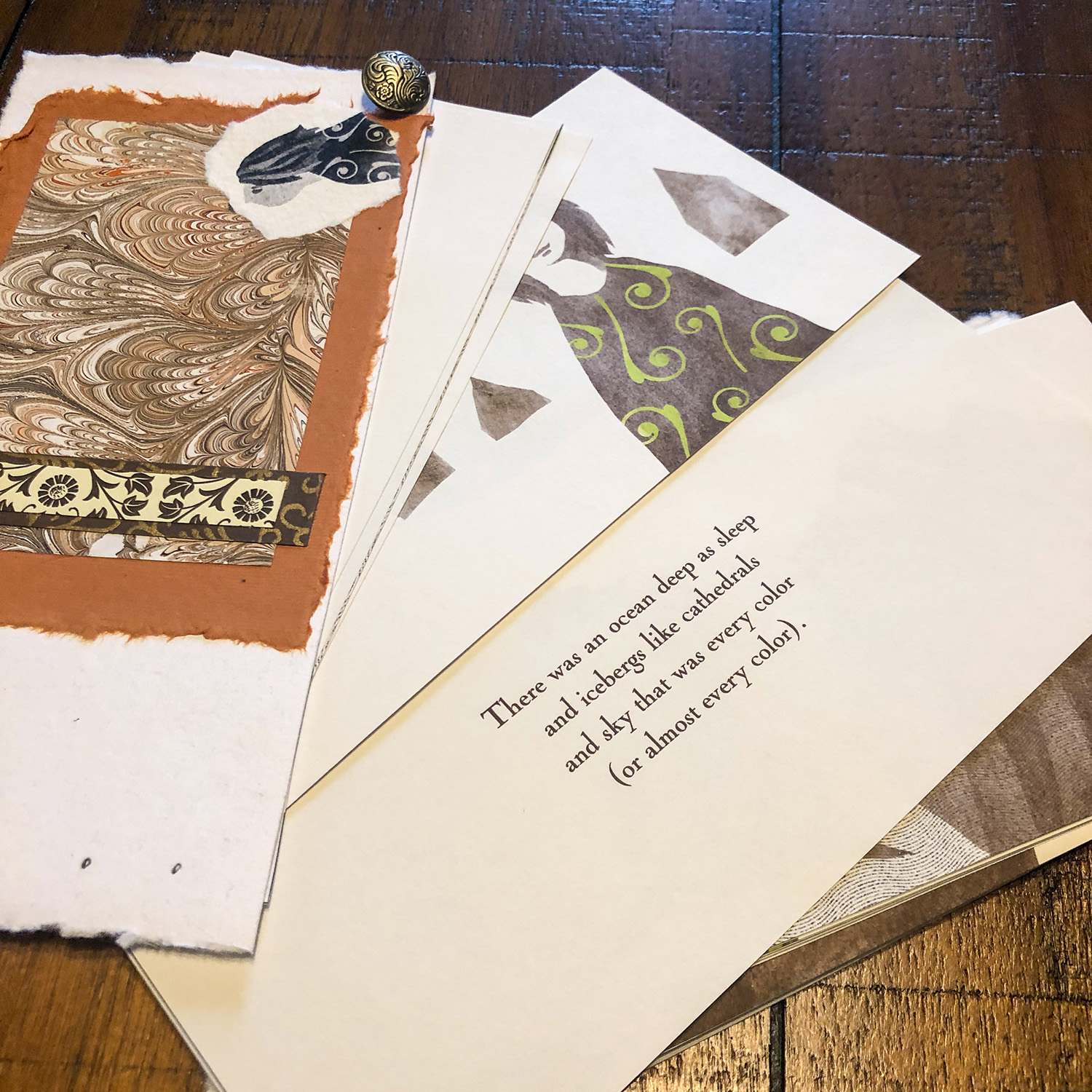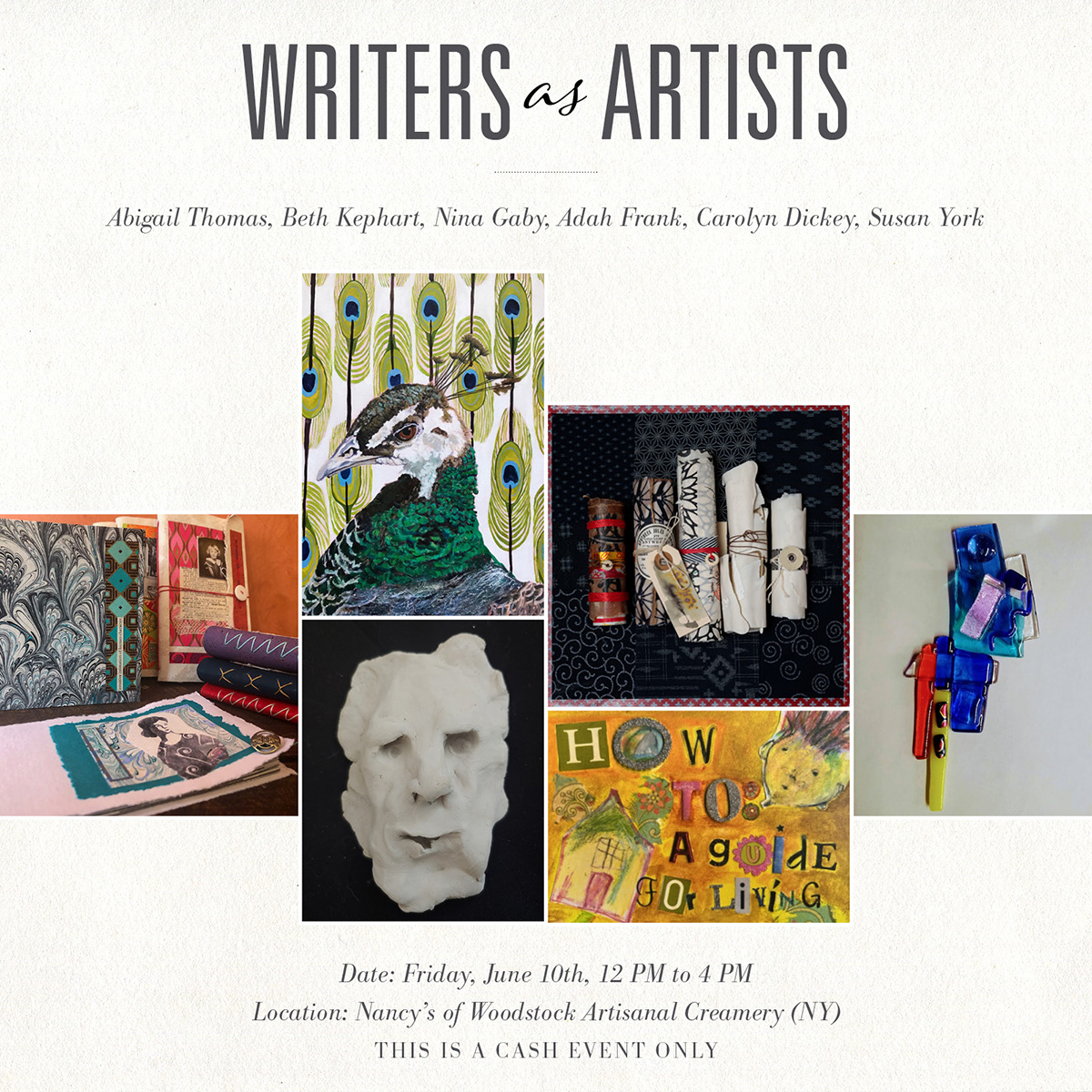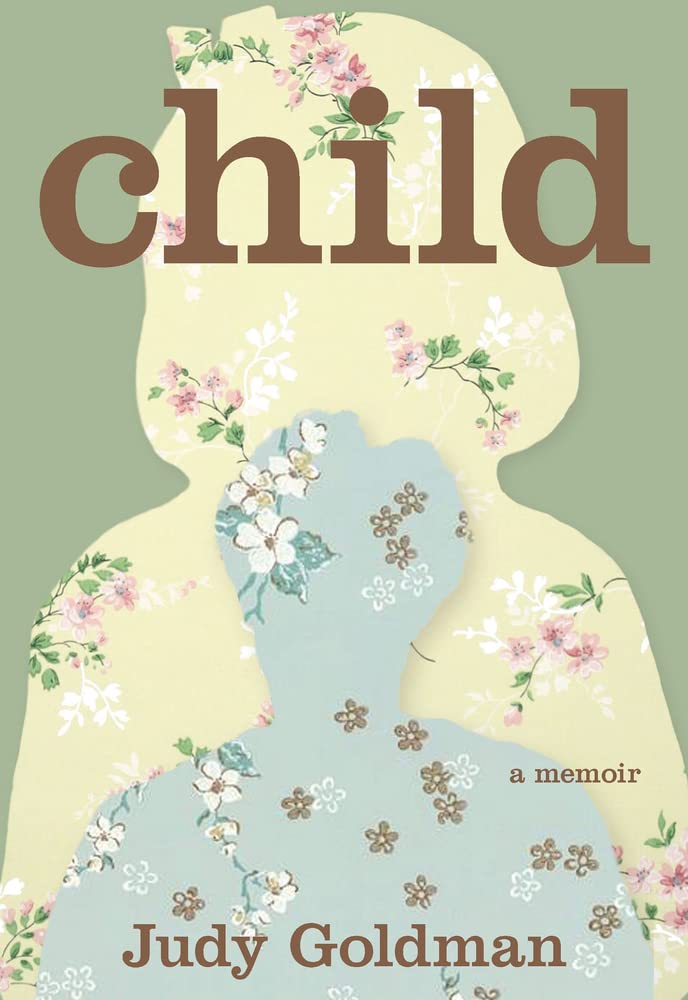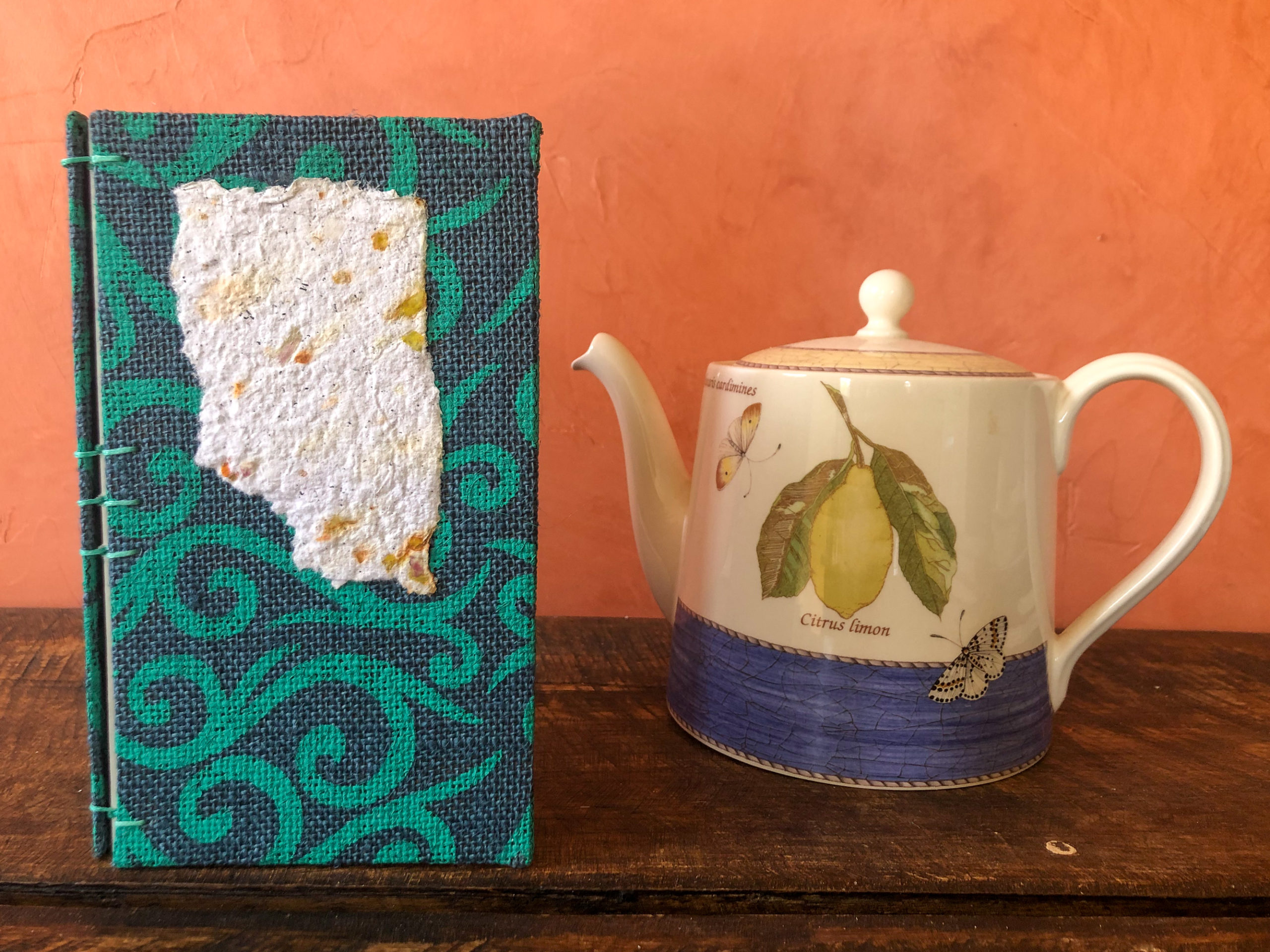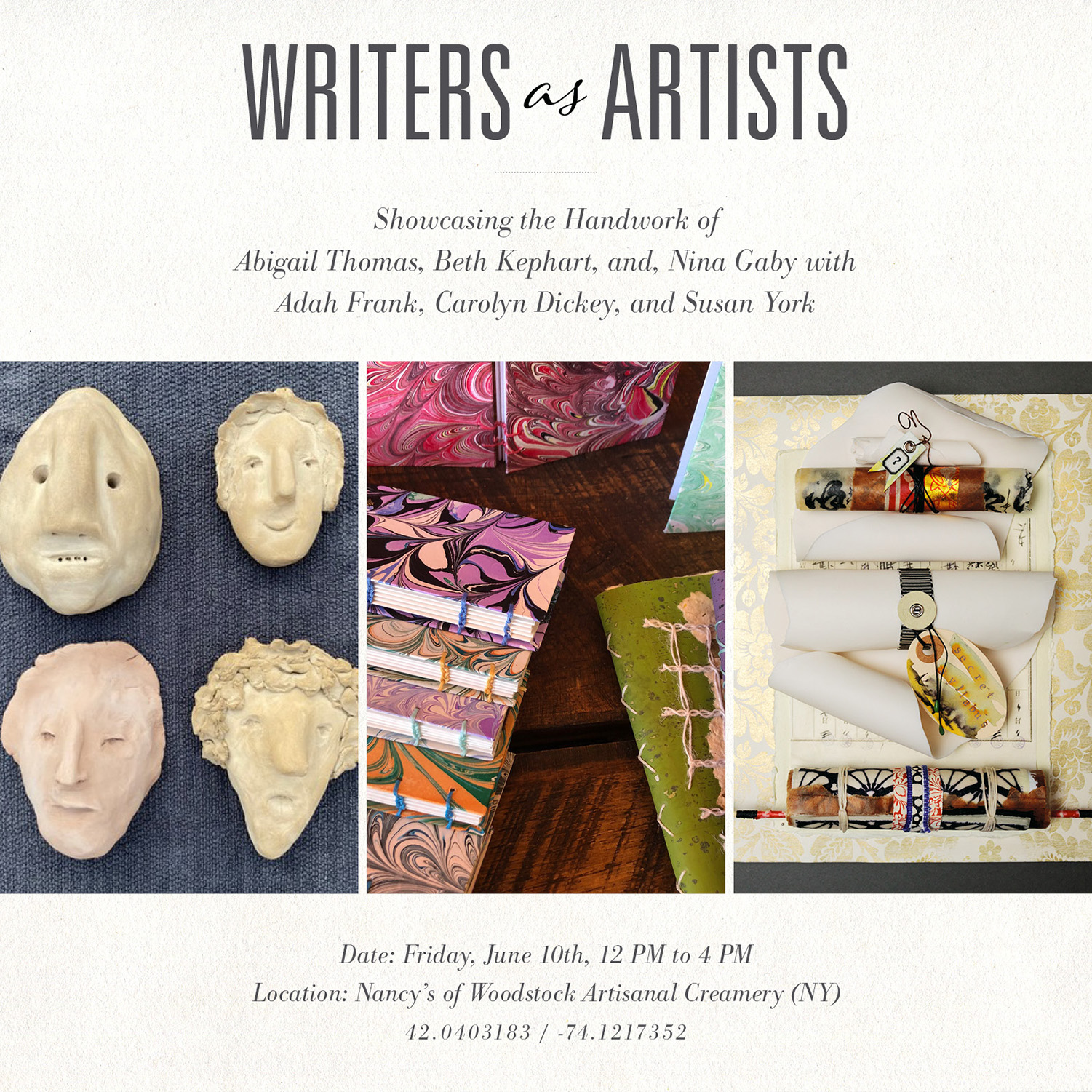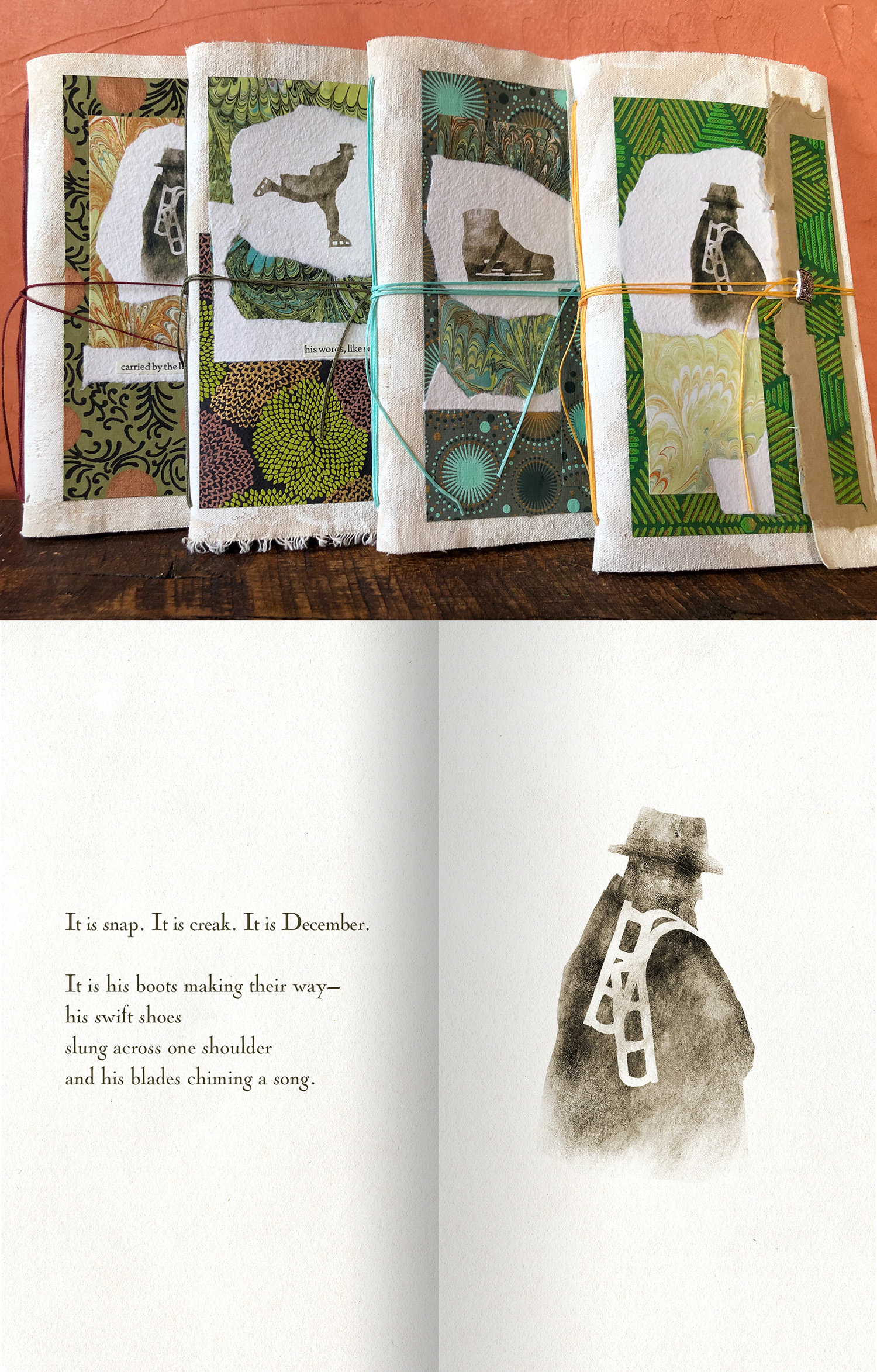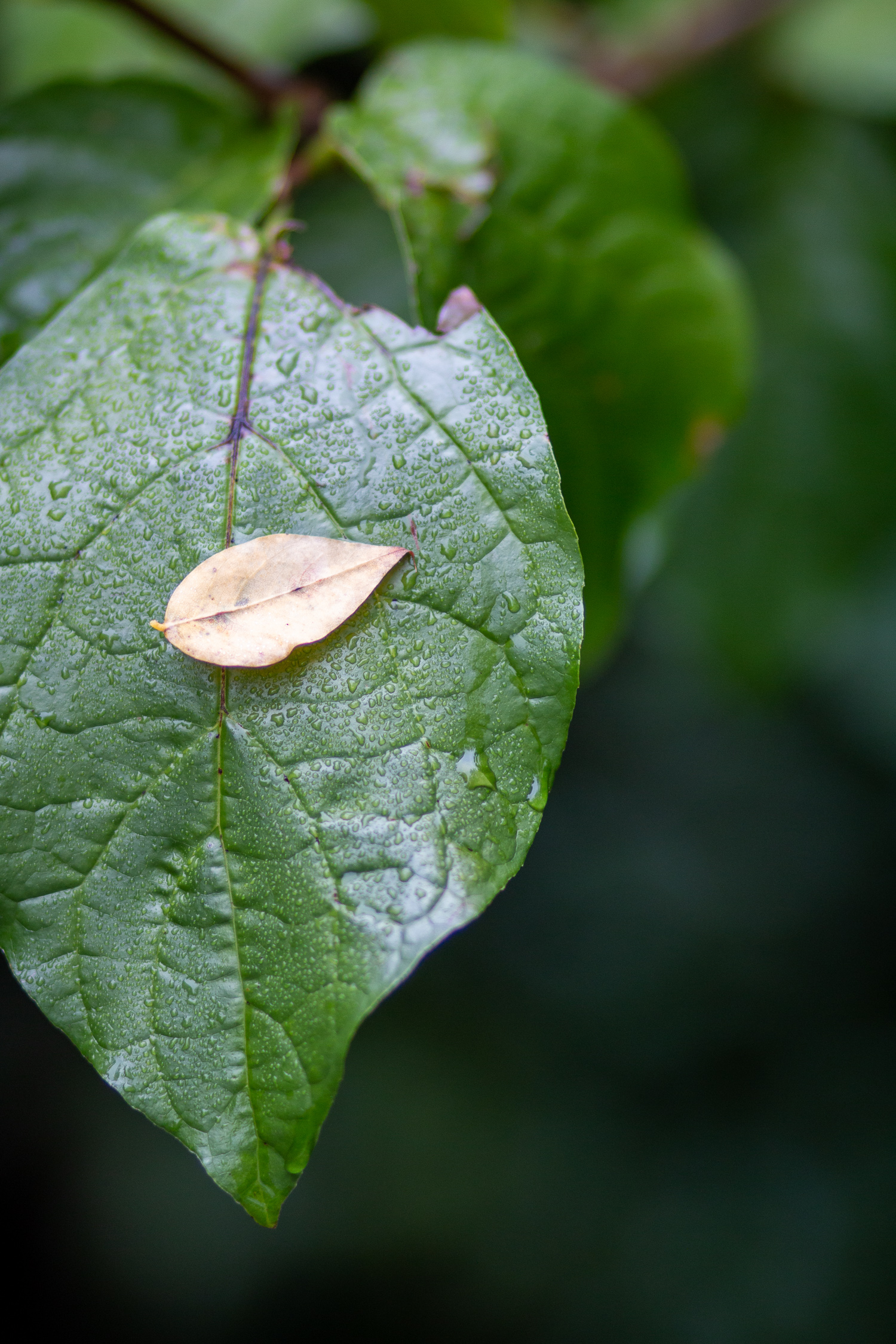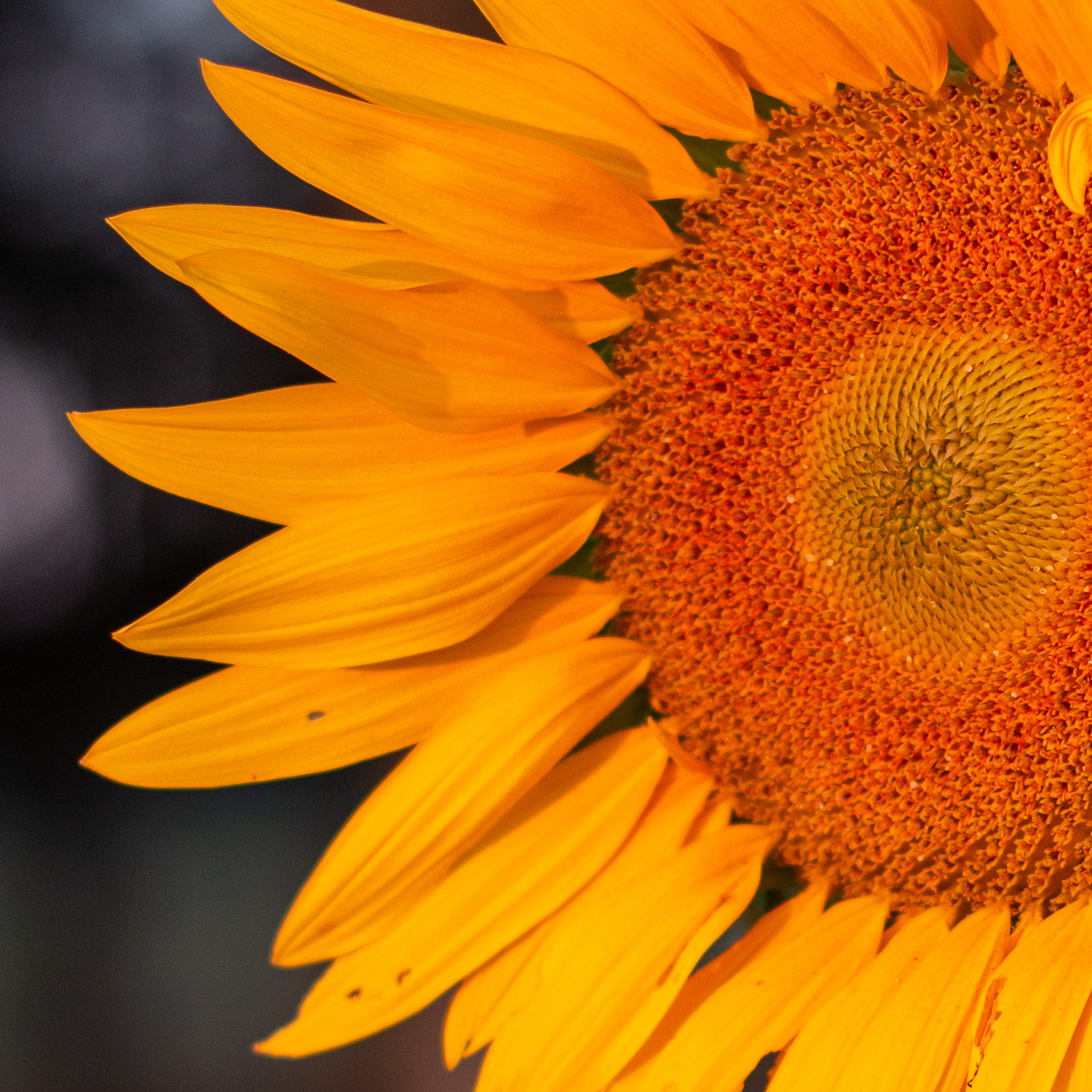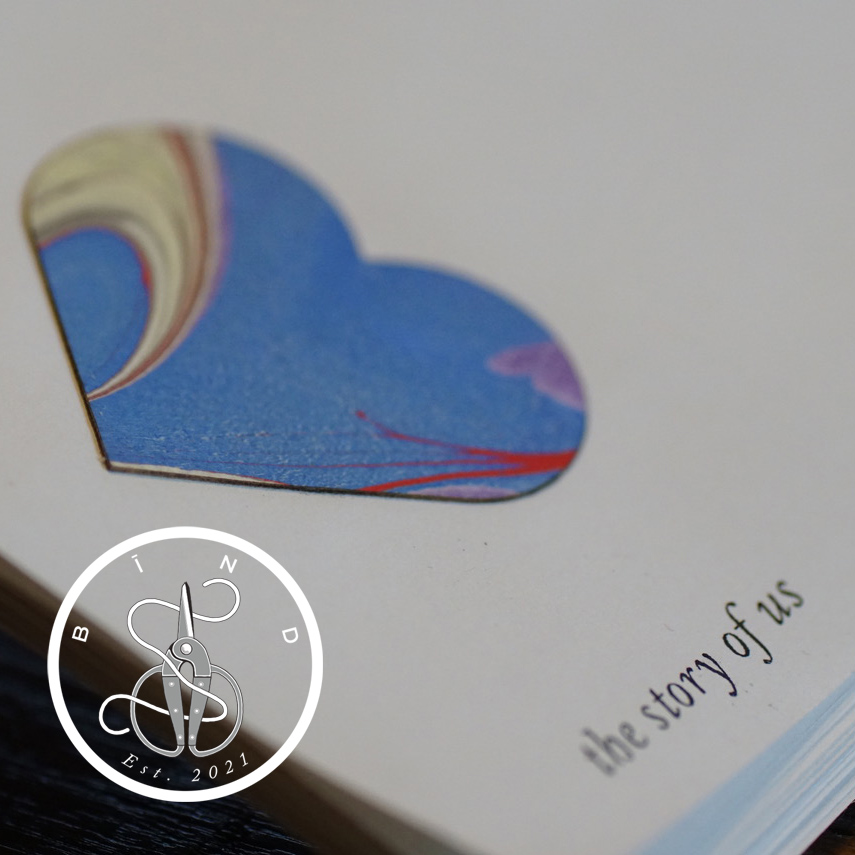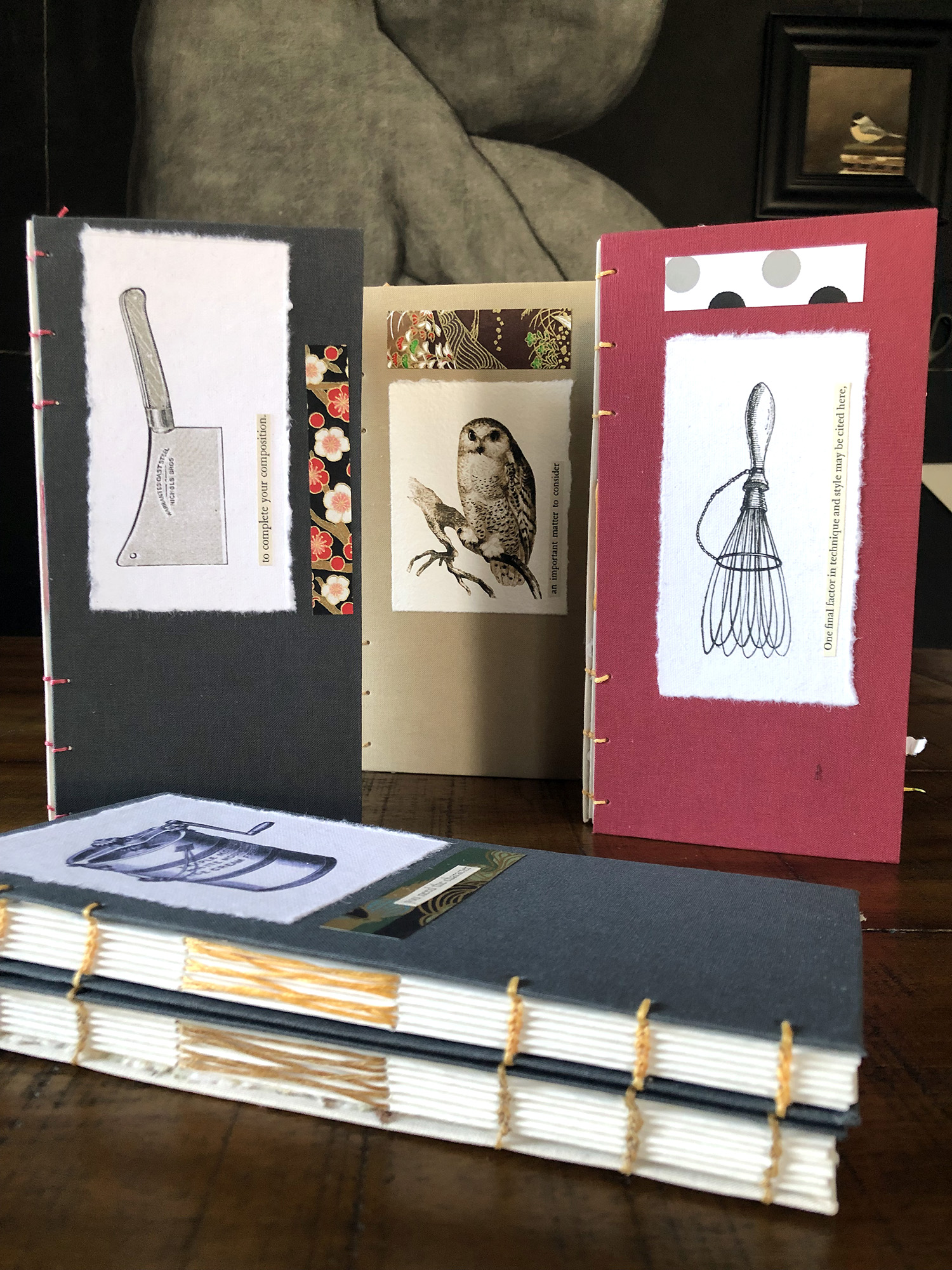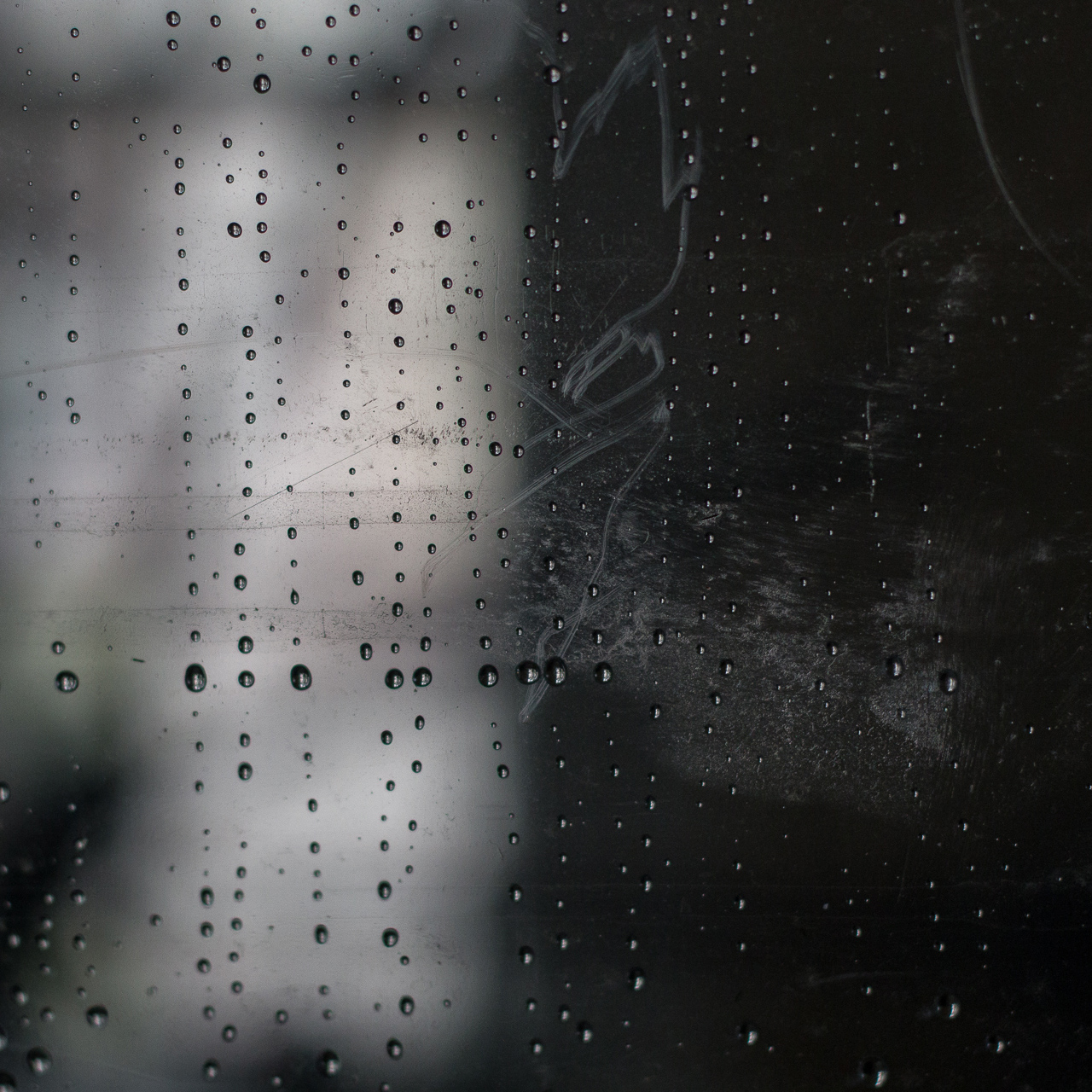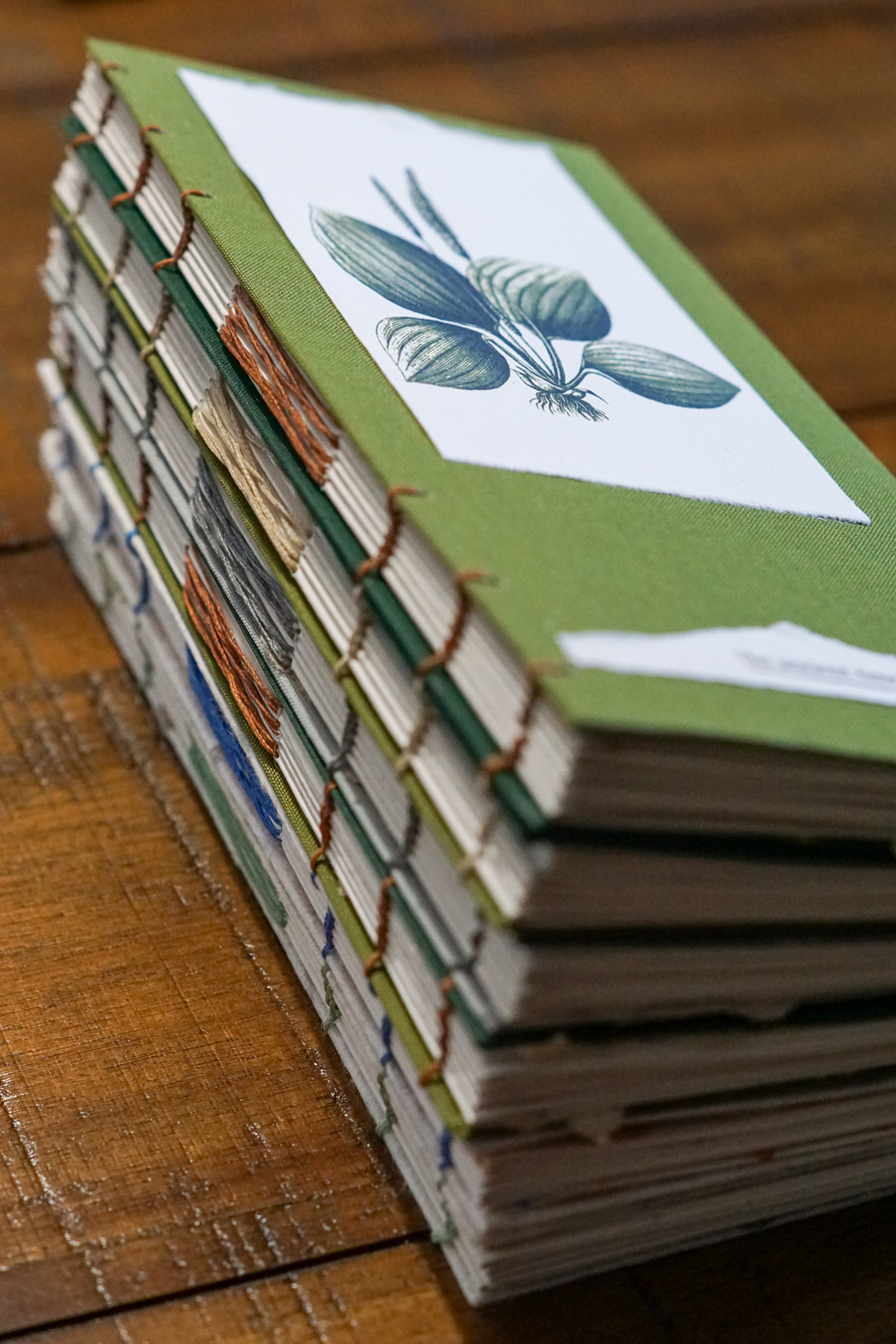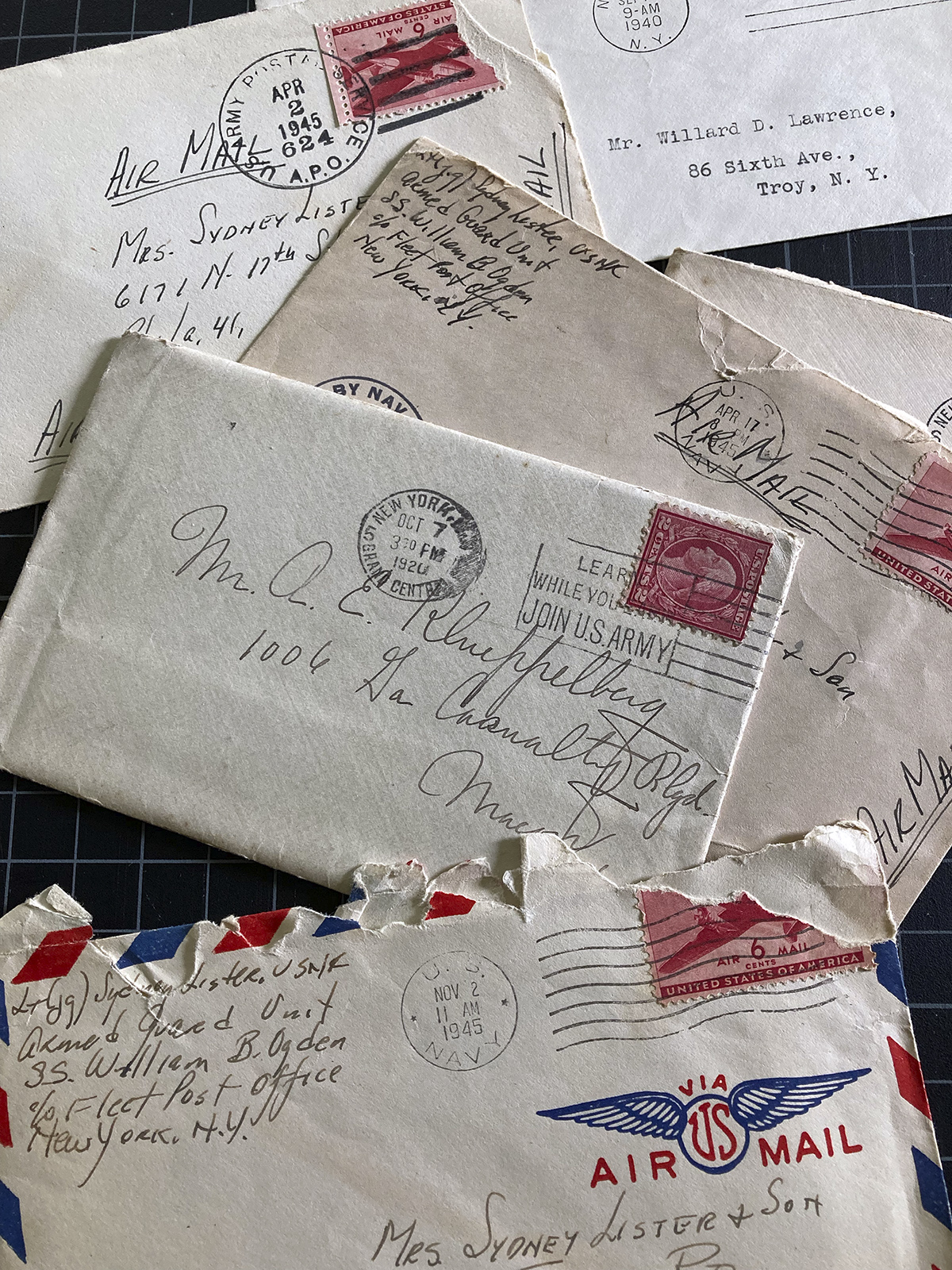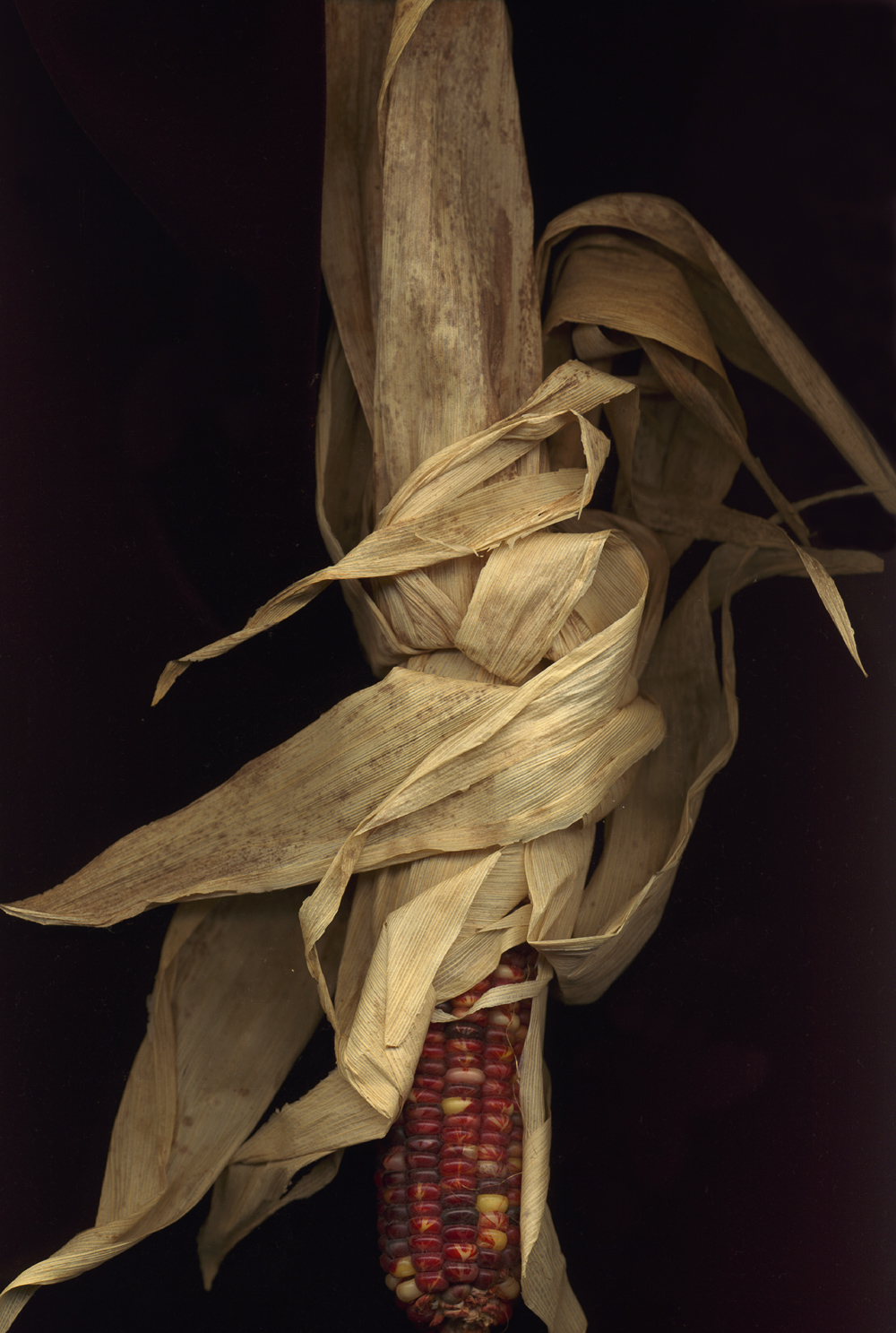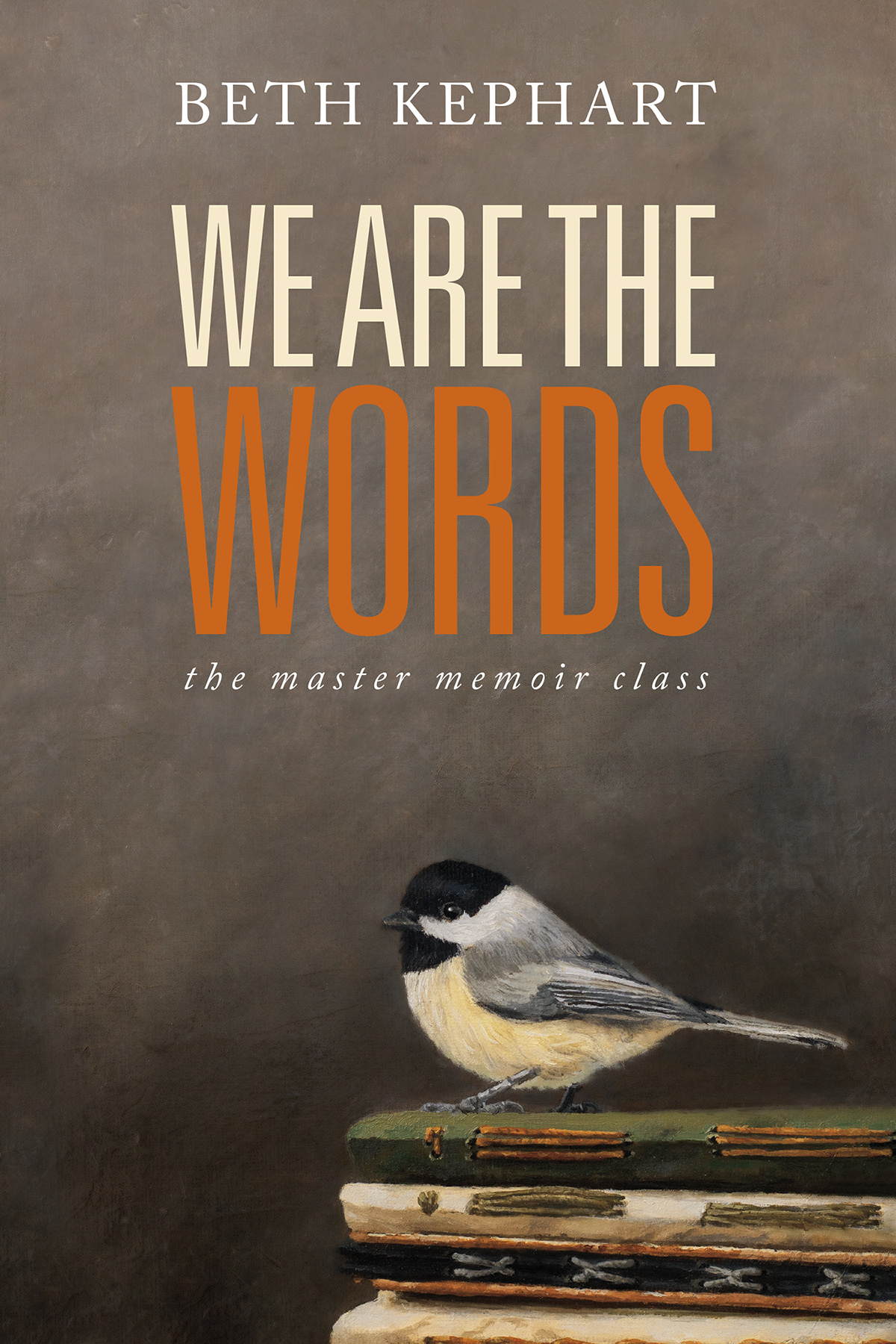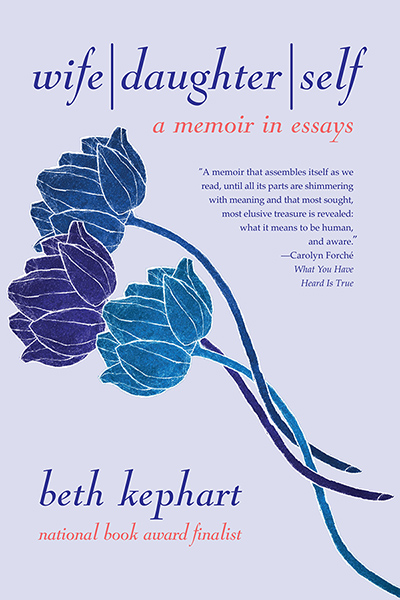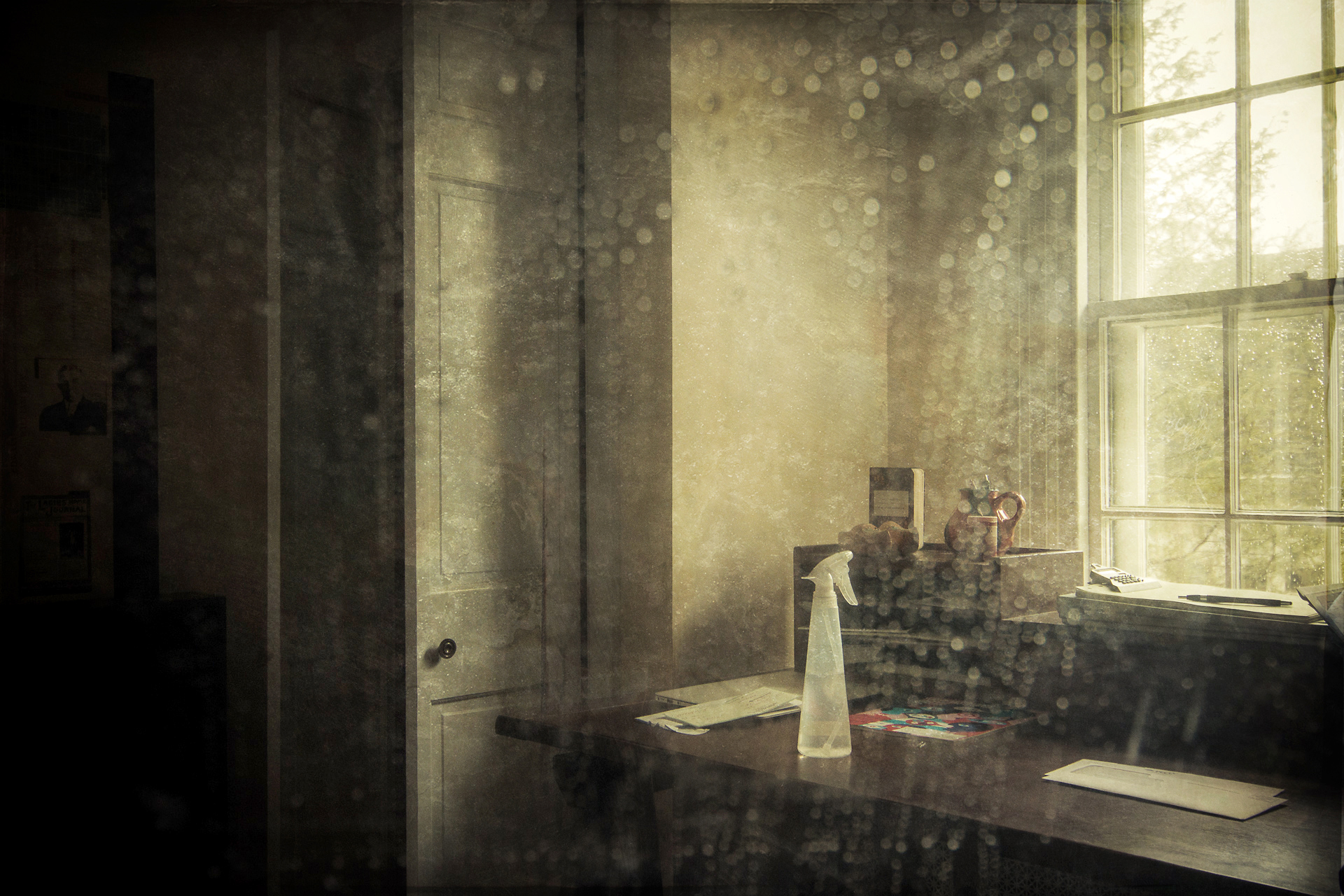
words: Beth Kephart
images: Beth Kephart
My mother was a catalog shopper, a window shopper, a buy-it-at-Easter-to-give-it-at-Christmas shopper. She loved the big store names—Neiman Marcus, Bonwit Teller, Gump’s. She loved the quick inhale of a surprise and the long exhale of gratitude. She loved the moment when she knew everything about what was to come while we—her children, her husband—had no idea what lived beyond the bow, the gift wrap, the box.
What had she bought?
Would it somehow define us?
The older we got the more there was. At Christmas, she’d arrange the boxes she’d wrapped into surreal landscapes—cliffs and hills, sedimentary formations—at the base of the ornamented tree. It seemed to me, as the years went on, that the tree itself was held in place by the pile up of boxes. Remove one, I thought, and the tree will crash. And once, at least, it did.
When I was a freshman in college, my mother was badly injured—run over by a getaway car driven by a thief’s accomplice. Her legs would never be the same. She lost tennis, the Charleston, easy walking. But gifting was still a thing that she could do. It was a thing she began to do more of. She’d call a number in a catalog and list the things she wanted. She’d ask my father to take her shopping—to walk beside her in case her legs gave out, to carry the bags she invariably accumulated, to retrieve the car and bring it, lights flashing, as close to the store entrance as the traffic would allow. He’d hop out, open her door, and help her settle in. Her legs would be enflamed by then, the ruined nerves burning her, she’d say, like fire.
She’d ice her knees and thighs when she got home. She’d sit for long hours on the rust-colored couch, depleted and exhausted.
But she’d gone shopping. She’d bought gifts—argyle tights, sheet music, a white fluffy muff, oboe reeds, a briefcase, snow boots, a tiny pearl at the end of a chain, a charm for a bracelet. At home, the next day or the next, she would take another long look at the secret things she had purchased—spread the treasure out across her bed. Then, behind doors we were never to open, she’d stow them away. By the time Christmas was near, she had no idea, she claimed, what she had in store for us. On the big day, we’d sit in our half-circle around the tree while she would reach for box after box, calling out names. We understood that the lion’s share of gifts would always go to one of us.
That one was never me, complicated relationships being—mysteriously complicated.
And yet, in so many ways, and from such a young age, I yearned to be like my mother, to become an excellent gift-giver. I set considerable proportions of my allowance, then the wages of my teenage and adult jobs aside for that purpose. I hunted stores and, later, craft fairs for just the right things for just the right people, but what I wanted most, across many years, was to make my mother happy. To give her gifts that she would cherish.
That macrame plant holder.
That pristine tea cup.
That elegant bread knife.
That sweet, soft sweater.
That book of handmade paper found in a shop in Venice.
Those three glass apples.
Every gift I gave my mother said something, I hoped, about who she was at her very best—a woman with a vast talent for beauty. Every gift I gave my mother said, I know things are hard between us, but I love you.
When it came time to build gift-giving traditions for my own small family of three, I erred, in the early years, on the side of too-muchness. I haunted stores all year long, as my mother had, in search of things my husband and son might love—a guitar and a winter coat, a Lego kingdom and a silly talking machine. Sometimes I couldn’t wait to give the gifts I’d found, and, apropos of nothing, there would be a gift unveiling.
But the tradition grew fraught. All the old feelings returned—the noise of so many material things. The less I began to buy the happier my son and husband grew, until the holidays finally became our own—a time we cherish most for the meals and the talk, for the few special things we give each other.
On Christmas Eve now we gather in our living room, just the three of us. There will be boxes, but only a handful, beneath the mantel. Among the new shirts and the dutiful socks, a puzzle or a game, there will be things that I have made with paper and glue—a blank book, a set of bookmarks, a handmade box. Beside those there will be something ingenious my husband, an artist, has imagined or constructed—portraits he has painted of us, sketches on watercolor paper. And then will come the Real Event.
Our adult son will open his laptop, strike a few keys, and read us a story he has written. Sometimes the story speaks to a memory he has. Sometimes the story is an idea that he’s been weighing. Sometimes it’s a recap of a soccer tournament that he and my husband watched in summer. It’ll be quiet in the house as my son reads and we listen. I’ll think of how the most ephemeral of things are often the most lasting.
Prompt
Craft a single paragraph for someone you love. Capture a memory you share—a moment in time when the flame of a candle was your only light, when a song you sang sped the sled down the hill, when a whole moon rose and you both rushed outside to see. Write your words as if they are the only gift you’ll choose to give. Maybe it’s the only gift you’ll need.
JUNCTURE NEWS
Book News:
My presentation and reading of My Life in Paper: Adventures in Ephemera at the Free Library of Philadelphia is now a podcast, available here.
My Life in Paper was beautifully reviewed by Booklist, with Shoba Viswanathan saying, in part:
“The beauty of her carefully crafted sentences is striking, but this is not about the solitary practice of writing. Instead, she muses over how reading and writing are interactive experiences and how that interconnectedness offers layers of meaning to paper objects, from old family photographs to recipes, diplomas, tickets, menus, and ledgers. Kephart invites reflection and engagement in her celebration of the many dimensions of the paper world and how reading and writing form an intersection for sharing the parts that make up the sum of each of us.”
Essay and Excerpt News:
“The History of Color” has been nominated for a Puschart Prize by Short Reads.
“On the Observational Lens,” in Literary Hub, The Craft of Writing, November 29
“Rare Books,” an excerpt in Literary Hub, November 16
“The Berwyn Farmers Market,” in Savvy Mainline, November 15
“Diploma,” an excerpt in The Pennsylvania Gazette, November 15
Teaching News:
I’ll be teaching for my dear friend Karen Rile of Cleaver Magazine this February 25—a brand-new master class titled Writing Advanced by Categories: Obsessions into Stories. Two participants, randomly chosen, will receive one of my handmade booklets. (Applies to domestic participants only.) Register here.
Meet us at Bind Arts:
December 9 – 10, European Christmas Market at Hortulus Farm
Bind News:
Beginning on December 11 and ending on December 31, all BIND books and pottery will be discounted by 10%. We’ll be adding new items to the shop as well.
words: Beth Kephart
images: Historical images provided by Dard Hunter III
TOWARD CLARITY, AND LOVE
Sometimes, when the writing gets hard and the rewards are elusive, it helps to remember those who believed in us, who encouraged us to keep going. The uncle who loved our metaphors. The high school teacher who read our poem out loud, to the class. The son who listened as we worked through a plot. The writing friend who called at once, after reading a first chapter, and who said, in whatever way she said it, I cannot wait for more.
Lately I’ve been thinking about my father’s father, a taciturn and elegant man who, in his own way and with few words, did what he could to set me on my writing path. I haven’t given him nearly enough credit, or attention, in my work. I have not imagined him sufficiently, have not stopped to see him in the ways that writing forces us to see, forces us toward clarity and, in this case, deeper love.
In this issue of Juncture Notes, I share my tribute to my grandfather, and I share it with this suggestion: Take a moment or many days to write toward someone who saw you for who you are: a writer in the making.
You won’t just see the other more clearly. You will more clearly see yourself. And, in a world of infinite fractures, this kind of work is a small, essential healing.
Push Toy
He called me by my given name, Beth Ellen. To most everyone else I was Betsy, Betty Boop, or just plain Beth, but my father’s father saw me as a girl who might someday measure up, or that is how I think of it now, the seriousness of his hopes for me that made us shy with one another.
I wanted to dance? From a round box came the crinoline pink of a skinny-strapped, sequined tutu.
I wanted to write? I could do better and he’d show me how—suggest a subtler ending for a poem I’d shared, or a few less adjectives.
I wanted to be a writer? He encouraged me to imagine the company I might keep—Longfellow, say, whose biblically proportioned Poetical Works he gave to me, a first edition signed with sepia ink and accompanied by a clipping from the Wall Street Journal that announced the value of an autograph.
A writer could be Someone. A writer could be me.
He was slender, gentle—a string tie at his neck, a crisp shirt on, shoes that made no sound when he was walking. Through his kitchen, to the sitting room, and back. Outside among the blooms of his rose garden. There, behind his camera. The parts of my childhood that were most eloquently recorded are the parts when he was present, freezing the frame, seeing the best in us and keeping it near, so that later we would be returned to the family that we were.
There were rules at his house in Silver Spring, MD. Rules that my father’s mother made. There was ham, too much ham. There was crystal; we were to take care. There were delicate blue and white teacups and cranberry-glass decanters. There was to be no fidgeting while the grown-ups talked. But at some point, in the midst of all that was proper and hushed, my grandfather would lean down from his wing-backed chair and, with his quiet voice, his steady hands, release my brother, sister, and me to the wilds, which is to say the attic and the basement. There we were free to explore the proof of the life he’d lived—old snow boots, beaded bowls, bookbinding tools, his typewriter, the hull of a canoe. There we were free to be the kids he knew we were.
My grandfather served in a sawmill regiment in the First World War. He’d been a forester in Maine. He’d been Chief of the U.S. Bureau of Indian Affairs. He was the son of the co-founder of the Great Smoky Mountains National Park, Horace Kephart, who had left his family behind so that he might live among the people and hills that served his heart and soul. My grandfather was Someone. The only time I ever heard him boast was when he spoke of others.
I look like my father, which is to say that I look like my grandfather, which is to say that I look like my grandfather’s father. The handsome in them did not make for beauty in me, but I was the only one of my siblings who would carry the Kephart look into the uncertain future, the only one who would grow up pounding at every version of a typewriter, the only one who would become a bookbinder, the only one who, today, displays, on the mantel, one of the rare toys in my grandfather’s house—a miniature deer in polished wood whose joints collapse when you give the bottom button a push. It was a gift. My cousin sent it. The deer stands upright, and then it falls. It stands upright and falls again. No matter what, when the game is done, the deer most honorably stands.
JUNCTURE NEWS
Recent Publications:
My Life in Paper: Adventures in Ephemera was featured in The New York Times Book Review on November 5, 2023: “Paper, the medium that has served as a canvas for human emotion, communication and history, is at the center of this searching memoir grappling with life, memory and legacy.”
My conversation with Caroline Leavitt, (we talk paper, we share paper legacies, we think about the use of Post-It Notes!) on A Mighty Blaze, November 9, 2023
“The Papermaker War,” in Orion, October 26, 2023.
My interview about My Life in Paper, with Foreword Reviews, is here.
“Syllabus,” is in Los Angeles Review, October 9, 2023 (an excerpt from My Life in Paper)
Meet us at Bind Arts
In addition to our shop on Etsy, Bind Arts will be featured at the following markets and shows:
November 18, The Craftery Market, Perkasie, PA
December 2, Berwyn Farmers Market, Winter Craft Show
December 9 – 10, European Christmas Market at Hortulus Farm
words: Beth Kephart
images: Historical images provided by Dard Hunter III
MY LIFE IN PAPER: ADVENTURES IN EPHEMERA
My Life With Paper: An Autobiography (1958, Knopf) by Dard Hunter was a rare book by the time my mother purchased it on August 14, 2000 for $100. She’d been the occasional collector of first edition books—The Knave of Hearts (Louise Saunders, illustrated by Maxfield Parrish), The Black Arrow (Robert Louis Stevenson, illustrated by N.C. Wyeth), White Fang (Jack London), Personal Memoirs of U.S. Grant (Ulysses S. Grant)—but these purchases were proud purchases, publicly displayed.
The Hunter autobiography was different—a secretive tome that did not surface until several years after my mother’s death. My brother had found the book in a box and kept it. One Christmas, searching for a gift to give, he plucked it from his shelf and passed it into my hands.
I’ve been chasing Dard Hunter ever since.
Born in 1883 in Steubenville, OH, to a newspaper family, teasingly famous as a teen Chalk Talker during his brother’s traveling magic shows, and spectacularly skilled as a young Roycrofter engaged in the making of stained-glass windows, illustrative art for books and catalogs, and Arts and Crafts style jewelry, Hunter discovered his true life’s purpose as a young man in the early 20th century at an exhibit at the London Science Museum. There it was: handmade paper and the tools of its production. While Hunter failed to build (after trying twice) the perfect paper mill, his pursuits as a papermaker, typeface forger, book designer, printer, and paper historian ignited the renaissance in handmade paper that remains in force today.
I fell in love with the guy at once.
His voice, in that autobiography—sly, self-effacing, surprising. His insatiable obsession. His desire not to just tell the story of handmade paper, but to impress upon all of us its elemental beauty and significance. Though Hunter died at age 82, in 1966, I found myself falling into conversation with him—wanting to tell him my secrets, wanting to share my own obsessions, wanting to know what he might think about the nature of home, and the recoil of failure, and the pressing contradictions of ambition and understanding, doubt and love, possession and making.
Every book has its origin story. This is the origin story of My Life in Paper: Adventures in Ephemera, a book due out from Temple University Press this November. The book is a memoir in essays undergirded by historical footnotes and paced by a series of intimate letters that I write to Dard—letters that join his life story and passions with my own.
To write the book I traveled, with Bill, to Chillicothe, OH, to meet Dard Hunter’s generous, intelligent, and remarkably skilled grandson. I traveled, with Bill, to Altlanta, to visit the Robert C. Williams Museum of Papermaking, where Hunter’s many paper artifacts are kept. I sat in the Kislak library of the University of Pennsylvania, turning the pages of Hunter’s exceedingly rare handmade books. I talked to the real book artists and paper historians among us. I shared my passion with a former student named Beatrice, a story that became integral to the book. I continued to explore not just the ephemera of paper and its place in our lives, but the making of paper, the making of handmade books, the making of art on paper.
My obsession became unquenchable. I pressed on. I designed this book’s cover. I created its endpapers. And the cyanotype reproductions that divide each of the chapters were made here, in my house of books and paper.
All of which is to say that this book is deeply personal, and hugely meaningful, to me. And that I adore Temple University Press editor Shaun Vigil and his entire team (Gary! Ashley! Will!) for saying yes to this book in the first place, and for granting my wild dreams such latitude (and what would I do without Kate Nichols, the exquisite page designer who brought all the elements together?). I adore, too, Cassie Mannes Murray—writer, designer, and publicist extraordinaire—for taking this journey with me, and for being the very best launch companion there ever could be. Oh, what conversations we have had. And oh, how wise she is. And oh, how many doors she opens.
Of the book, Kirkus has written:
In Kephart’s skilled hands, an everyday item made of plant fibers becomes a repository not just for personal history, but also ‘varnished intimacies.’ The poignant irony…is that while paper serves as an instrument for history, it is as ephemeral as the lives it documents…. As she offers insight into the fascinating world of papermaking, Kephart also reveals the intimate connection between memory and its most ubiquitous—and also most fragile—receptacle. An eloquent and unique memoir.
Foreword Reviews wrote:
Beth Kephart’s memoir-in-essays contemplates paper in its many forms, including its emotional, historical, and tangible impacts. With cohesive eloquence, the book details how paper defines mundane aspects of everyday life…. Evocative and informative…. My Life in Paper reveals both personal and universal papery magic.
Image Journal excerpted the book here.
I hope you will consider preordering the book in all the usual places. I hope, too, that those of you who are in the New York City area will consider joining me and my handmade books and paper arts at the New York Historical Society for the Designing Women Market event—an honor I most decidedly did not foresee. For those in the Philadelphia area, I will be at the Free Library of Philadelphia on November 28, talking about all of this in person.
I hope to encounter you along the way.
JUNCTURE NEWS
Recent Publications:
“On Reading Fast and Reading Slow,” appears in Assay, October 1, 2023.
“The Secret Language of End Papers,” appears in Fine Books Magazine, September 2023.
“Thieves,” first published in CRAFT, is a 2023 Best American Essays Notable selection.
Meet us at Bind Arts
In addition to our shop on Etsy, Bind Arts will be featured at the following markets and shows:
October 8, Berwyn Farmers Market, our Autumn Sale
November 4, Designing Women Market, New York Historical Museum and Library
November 18, The Craftery Market, Perkasie, PA
December 2, Berwyn Farmers Market, Winter Craft Show
December 9 – 10, European Christmas Market at Hortulus Farm
words: Beth Kephart
images: Beth Kephart
BUT WHAT IF WE CANNOT REMEMBER?
It happens all the time in the memoir workshops that I teach—someone wants to write the past, but the past is indistinct. The days are a blur. The seasons are one. What was said cannot be traced. And yet there is, the writer is sure, something there, something to be gleaned and crafted.
How do we get our memories back?
In a chapter called “Remembering to Remember” in our craft book We Are the Words: The Master Memoir Class, I reflect on this phenomenon. I make suggestions, offer question cascades, and encourage readers to listen to old, familiar songs, to recover memory through artifacts, to investigate one’s own legacy of paperwork.
But just because I teach the how of remembering does not mean that I don’t I often find myself in a fit of forgetting. Frustrated that I can’t find the past I’m searching for. Flailing on the page.
And then I resort to an old simple trick. The photograph.
Presented here is a fuzzy, undated, and certainly unflattering photograph of me on the boardwalk with my beloved uncle, a man who plays a starring role in my forthcoming memoir-in-essays, My Life in Paper: Adventures in Ephemera. When my brother sent the image to me a few months ago, it arrived as revelation. There, in the photograph, I found the rhythm of a lost conversation—not the words, but the rhythm. I found the feeling of the day itself, its ineffable essence:
I look almost tall beside him—my pants belted high on my waist, my posture rising. I have something to show him, and I show him. A Look at this. A This is ours.
Pigeons on the boardwalk. Seagulls by the brine. The planks running perpendicular to our walk-a-mile speed. Past Optimo we have gone, and now past Howard Johnson, with its orange-tiled roof and its blaring light-up sign. If the season’s indecipherable, the attitude is summer. Walking the boardwalk, walking the boardwalk—his boardwalk, also mine.
Who knows why the photograph is blur, why my father, running ahead of us, cannot keep the camera still. The foreground, the middle ground, the background—none of it, in this photograph, is near or sheer or fine. None of it is near enough. What happened to the time?
To my uncle? To the me I was beside my uncle—taller than typical, radiant in awful shoes and a blue-red jacket I wore long after I had grown too long for its sleeves? It’s the radiance I miss, the slap sound of the waves just past, the bright fringe of the sun behind clouds, the secrets that he shared with me, the being worthy, then, of the confidence of a shyly elegant seaside man.
My mother, in the photograph, is off to the side. My mother walks with her arms tied across a turquoise coat, her nylons on, for here comes the ocean breeze, the squall of the gulls we can’t see, the whip of the sea salt against our nose, our cheeks, our lips.
The salt is granular; it pings.
And you? Are you struggling to remember? Might an old photograph show you the way, open a door, suggest the sound and the texture of a once-lost scene? Why not spend an early morning or a quiet afternoon and find out? Write for the words. Write to reclaim yourself.
JUNCTURE NEWS
Book News:
Wife | Daughter | Self: A Memoir in Essays was named one of the 35 of the Best Book Club Books by Independent Review, September 2023
Sept 29-Oct 1| Beth will be appearing at the History Book Festival, Lewes, Delaware, as part of the launch of Good Books for Bad Children: The Genius of Ursula Nordstrom
November 28 | Free Library of Philadelphia, Launch of My Life in Paper: Adventures in Ephemera
Learning Opportunities:
Juncture offers a series of resources, including a number of books on the making of memoir. Prompts, workbooks, strategies, insights. All of that is here.
Handmade Journals, Bookmarks, and Cards
Beth and Bill have been writing (yes, Bill has been writing!) about the artistic life and their respective crafts—collage and bookmaking for Beth, ceramics and illustration for Bill—over at our BIND web site. We invite you to sign up our BIND newsletter, for occasional announcements, including news about our growing number of appearances at farmers markets and craft shows and our ever-growing line of products over at Etsy.
words: Beth Kephart
images: Beth Kephart
WHAT WE WRITE WILL MATTER
She is cold, increasingly thin, distracted; her hands tremor. She needs a room of her own; there isn’t one. She needs paper upon which to organize her thoughts, but paper is in increasingly short supply, and so she scribbles her sentences onto whatever she can find—onto scraps, as fragments.
Nerves on the verge of shatter.
On some days she and Leonard and their friends spend their time concocting an exit plan, should Hitler’s people appear headed for their doors.
On some days she makes her way to London and walks among charred and ruined streets and looks down among the Thames and misses the city in which her imagination once freely roamed.
On some days she is so startled and thwarted by the proximity and blare of bombs, the carom and the careen, that she imagines death by bomb, and “fairly vividly.”
She works on everything, she works at nothing. She snatches one idea for an essay or a tale and then a next idea before casting them aside. She carries on with the novel she has started. She keeps searching for an ending:
Oughtn’t I to finish something by way of an end? The end gives its vividness, even its gaiety and recklessness to the random daily life. This, I thought yesterday, may be my last walk.
Her last book is a pageant play. It takes place over the course of a single day, in June 1939, at an old estate in a crumble of a village with villager characters whose interior thoughts and exterior actions pinball against each other. It features a Miss La Trobe, the master-minder of the pageant play, who has thick ankle bones and is mercurial, a Virginia stand-in. Weatherwise, the rain is holding off, making this play atmospheric—rising, as it does, from the shadows of birch trees and the brambles of bushes, beneath cloud haze and in competition with “the dumb yearning of cows” and the artless opinions of swallows and the songs of a wheezing gramophone.
Her last novel is magpie art, construed of lines plucked from her favorite writers, nested with her indelible oddities, flapping at both comedy and horror, revealing, through its fictions, the existential conundrum of the writer, still at work, against and with:
Self-doubt.
Exhaustion.
Fear.
Not enough paper, and not enough room.
Air raids.
H a v oc.
Her London home at Tavistock leveled by a bomb. Her Hogarth Press partially demolished—a spray of metal type, a clatter, ink sprayed across a wall. Her country retreat claustrophobic with the stuff of recovered libraries, press pages, manuscripts, new letters, bad news, war refugees, and in her final novel, the syllables crescendo like a nursery rhyme. The meanings multiply, the orts.
Do not publish my last novel, she tells her husband, she implores him.
But the work of Virginia Woolf lives on. It is carried to us across time, on the vehicle of paper. I have read her last novel and slipped it back onto my shelf. I have traveled to the Kislak Center for Special Collections, Rare Books and Manuscripts at the University of Pennsylvania, and waited inside a clean box of a room for her original Hogarth Press pages to be retrieved. I have held in my hands what she held in her hands, what she and Leonard made when beginnings were not ends, but true beginnings. Thick pages. Dessicated pages. Some pages the color of sun-baked sand and other pages the color of sand after the tides have rushed the shore, and bindings that are chipped, and stories that are weathered.
The look is indelicate.
The ink is assertively dark.
The pages are not nothing.
Everything we write is something that has mattered. Not just in the moment of its making but in the long years after, when we discover pieces of ourselves sprawled across yellowed manuscripts or on the backs of menus or in the columns of our checkbooks.
Also when someone who loves us wants to know more of who we were and what we thought and there they are: the stories we were capable of telling.
JUNCTURE NEWS
Book News:
We have been hearing from so many of you about our new craft book, Consequential Truths: On Writing the Lived Life, and we are grateful for your words. The book was created for those seeking insight into braids and foils, relationship writing and character development, kitchen tales and memoirs-in-pieces, the art of the maybe, and the power of writing outside one’s genre, among many other things. In addition to dozens of cited memoirs, the book includes case studies, in which Beth deconstructs her own approach to the literary challenges she has faced.
During the School Library Journal Picture Book Palooza: Breakfast Keynote on July 27, Beth talked with historian Leonard Marcus and illustrator Barbara McClintock about books created for children. A link to that conversation is here. Beth will appear at the History Book Festival in Lewes, Delaware, September 29 through October 1. Good Books for Bad Children: The Genius of Ursula Nordstrom can now be preordered.
Beth has modernized a medieval fairytale for a picture book illustrated by Russian-born and Germany-based Olga Dugina, to be released in 2025 by the gorgeous art-book publisher Creative Editions.
Essay, Prompt, and Interview News:
My wildflower-inspired literary prompt, on the Yard Dragon Substack, August 11, 2023
“Be inspired: A Writing Tip,” at Cleaver Magazine, August 2023
“Learning to Sleep,” an essay about insomnia and the loss of my father, at Grey Sparrow Journal, August 2023
“Middle Distance,” an essay about my remarkable Salvadoran mother-in-law, who consistently overcomes life’s greatest challenges, at The Citron Review, Summer 2023 edition
“A Book I Wish More People Knew About” (Judith Kitchen’s The Circus Train), in Biblioracle, July 26, 2023.
Women of Letters Interview, an intimate conversation about lineage and legacy, July 25, 2023
Learning Opportunities:
Juncture offers a series of resources, including a number of books on the making of memoir. Prompts, workbooks, strategies, insights. All of that is here.
Handmade Journals, Bookmarks, and Cards
Beth and Bill have been writing (yes, Bill has been writing!) about the artistic life and their respective crafts—collage and bookmaking for Beth, ceramics and illustration for Bill—over at our BIND web site. We invite you to sign up our BIND newsletter, for occasional announcements, including news about our growing number of appearances at farmers markets and craft shows and our ever-growing line of products over at Etsy.
words: Beth Kephart
images: Beth Kephart and William Sulit
THE READER’S REALM
Recently, during a Zoom manuscript review session, I found myself teaching with gestures. Again. Drawing a low horizontal line with my right hand. Drawing a high parallel line with my left. Then speaking of the wavering space in between, the place I think of as the reader’s realm.
Let’s imagine, I said, that the bottom line is the story we have lived—the unfolded, unfolding particulars of our daily lives. The what happened, the why of it, the consequential reverberations of the people and places that marked our lives. It’s just us, our stuff, our plot.
Now imagine the top line as the big ideas or history or broader themes that amplify, clarify, or universalize our stories. The literary heroes we reference. The cultural forces that shape our thinking. The scientific, artistic, technological, political realities that influence our way of being.
Maybe this material will be arcane. Maybe it will be thoroughly pop culture. Whatever it is, it must live beyond you. It must signal a kind of generosity, an abundance—your willingness to position your story within a broader context, your capacity to co-exist, on the page, with a sustaining foil.
The success of most memoirs is inexorably bound to the effective management of the particular and the prevailing. The success of most memoirs ultimately comes right down to the depth and volume that is achieved when there is far more to the writer’s story than, well, the writer’s story.
In recent weeks, much press has been devoted to Kate Zambreno, whose many books are richly experimental and daring. In novels that read like memoirs, biographies that read like detective stories, and writing that reads as if haunted by the very act of writing, Zambreno has shattered form and expectations. In her new book, The Light Room: On Art and Care, Zambreno’s subject is dailiness—the life she lives during the pandemic era with her partner and their two small children. The book has the feel of a high-end diary, with many elements sounding like this:
At first the baby is up every three hours in the night, then every two hours, and at some point it becomes every forty-five minutes or an hour, and by now I’ve stopped keeping track. There is an element of torture to it. I often send John to the couch to sleep; it’s difficult to stir him anyway, to get the baby from the crib and bring her to me, and this way I can more easily bring her back into bed to sleep.
It doesn’t matter how lovely such writing is—page after uninterrupted page of this would become highly solipsistic. Okay, okay, the reader might say. I’ve had children, too, or I’ve been sleepless, too, or I, too, lived all those locked-in days during the pandemic. But Zambreno is after something different, something more. She brings, to the claustrophobia of those days, an arsenal of literary and historical companions—stories that live beyond her own and stories that, for the reader’s sake, provide texture and context. Space.
So that a passage like this—
Every day we put on all the layers and wrestle them off several times when she comes back inside, too hot, preferring to walk around naked, or at least shirtless, often wearing the red vest of her costume.
… is placed beside a passage like this—
Writing this I am reminded of that Mierle Laderman Ukeles series of ninety-five photographs from 1973, Dressing to Go Out/Dressing to Go In, showing her helping to put on and take off the winter clothing of her children—photographs mounted on foam board, next to a dust cloth on a chain. Her realization, as an artist with small children, that she should document reproductive labor, maintenance labor, as its own art, because that was the only work that she was doing, the repetitive constant work that disappears as soon as it happens.
There is literal white space between the two sections, but there is also figurative white space for the reader to remember her own caretaking or being taken care of. There is room for a reader to pause and reflect on “constant work that disappears as soon as it happens.”
Zambreno’s dailiness is the lower parallel line. The ninety-five photographs constitute (just part of) the upper line. The white space, the pause, is the reader’s realm. It’s what makes the memoir universal, which is to say that Zambreno has written a book that is bigger than herself.
How might you do that? Of what materials might you compose your upper line? How much room might you make for your readers? How might you invite them in? How might you make sure that they pull up a chair, and sit, and want to stay?
JUNCTURE NEWS
Book News:
We have been hearing from so many of you about our new craft book, Consequential Truths: On Writing the Lived Life, and we are grateful for your words. The book was created for those seeking insight into braids and foils, relationship writing and character development, kitchen tales and memoirs-in-pieces, the art of the maybe, and the power of writing outside one’s genre, among many other things. In addition to dozens of cited memoirs, the book includes case studies, in which Beth deconstructs her own approach to the literary challenges she has faced.
Beth’s new picture book, Good Books for Bad Children: The Genius of Ursula Nordstrom (illustrated by Chloe Bristol for Anne Schwartz Books, Random House) is a Junior Library Guild selection and has been called “a lively look at a dynamic personality credited with transforming children’s literature” by Publisher’s Weekly. Beth joins Leonard Marcus and Barbara McClintock for the School Library Journal Picture Book Palooza: Breakfast Keynote on July 27 and will appear at the History Book Festival in Lewes, Delaware, September 29 through October 1.
Beth’s My Life in Paper: Adventures in Ephemera has been called “evocative and informative” by Foreword Reviews and “eloquent and unique” by Kirkus. She’ll launch the book at the Free Library of Philadelphia on November 28, 2023.
Essay News:
Beth’s essay and prompt, “The Gift Giver,” appeared in The Isolation Journals on July 9, 2023.
Learning Opportunities:
Juncture offers a series of resources, including a number of books on the making of memoir. Prompts, workbooks, strategies, insights. All of that is here.
Beth is now offering individualized manuscript critiques. Learn more about that here.
Handmade Journals, Bookmarks, and Cards
Beth and Bill have been writing (yes, Bill has been writing!) about the artistic life and their respective crafts—collage and bookmaking for Beth, ceramics and illustration for Bill—over at our BIND web site. We invite you to sign up our BIND newsletter, for occasional announcements, including news about our growing number of appearances at farmers markets and craft shows and our ever-growing line of products over at Etsy.
words: Beth Kephart
images: Beth Kephart
EDITING AS EMERGENCE
It goes like this:
The single, tedious, tiresome sentence is remade into a unit of grammar so alive and luminous that whatever is to come will now be shaped by its mood and tone. Every sentence in the patterning of sentences will be educated by this elemental glow.
The unshaped and the shapeless, the stylistically indistinct, the mere and the perfunctory emerge as something crystalline. Voiced. Dimensional. New. Significant.
What had been prosaic reportage, just the facts as they occurred, acquires meaning, transcends and transforms.
It happens on screens, in journals, on the flip side of the recipe that sits beside the stove.
It happens when the writer chooses to return. To experiment with language and with form. To reclaim memories that have hovered out of reach. To shatter long-held assumptions about inherent capabilities. To press against the question: What in any of this matters?
In the weeks since we concluded our Story of You series and published our new memoir craft book, Consequential Truths: On Writing the Lived Life, I have been teaching—mini master classes and a three-week intensive on behalf of Image Journal. But I have also been spending time with writers who are nearing the end of their book odysseys—writers who began their work years ago and who are so very close, now, to done.
A teacher of writing can be many things—instructor, probe, book whisperer, schedule manager, standard bearer, line editor, friend, the person writing nope nope nope in the margins and being teased about it later. I want, today, to add witness to the list: a teacher of writing bears witness.
I have, over the course of the past few months, watched one writer find a way to build a smart elastic frame through which to tell the story she has known, for a full decade, that she must tell. She trusts herself as a literary artist now—as a true artist capable of plumbing difficult depths and wrangling unexpected rhythms and finding the joy (for there is joy) in the process.
I have watched a writer interrogate herself and her story so completely, and so astonishingly well, that her actual, daily, in-the-moment life has unfolded in fabulously unforeseen ways. Her writing has been her thinking has been the choices she has made. She has chosen happiness, in the most engaging ways. And her scenes? Well. You know. She’s got this.
I have watched a writer make the profound discovery that the terrible loss that marked her life and filled her many pages also carried, with it, gains. Her book is now a book of hope; it is a book of utmost grace. She is a writer who can write about the hardest, most complex things with the clarity of one who has gone back and then gone back again until the knowing in her sings.
The endless remaking of our literary work is also the endless remaking of ourselves. We go deep, we exact our search, we try and we risk and we (it can feel sudden; it is not) have so much more capacity on the page. Our sentences bend and curve. Our paragraphs splice and surprise. The ending we had planned is upended by the not-yet-ending we have lived. Our very bodies—our postures, our stance toward life—are shaped by our literary frames.
Is it easy? No. Not for me, and not for any of us.
Is it worth it? I think it is. I am lucky. I bear witness.
JUNCTURE NEWS
Book News:
Consequential Truths: On Writing the Lived Life, a book rich with new ideas, prompts, strategies, and philosophies, is now available.
My Life in Paper: Adventures in Ephemera, is available for pre-order from Temple University Press.
On September 19, Anne Schwartz Books|Random House will be releasing Good Books for Bad Children: The Genius of Ursula Nordstrom, with Chloe Bristol, illustrating. I will be appearing
Essay News:
The Rumpus Letters in the Mail program, with Abigail Thomas, July 1, 2023
My thoughts about turning toward art, in Next Avenue, June 20, 2023
“The Memoir in Pieces Says Yes,” Brevity Blog, May 30, 2023
“On Crafting the Memoir in Pieces,” CRAFT Literary, May 24, 2023
“Birl,” Two Hawks Quarterly, May 23, 2023
“Edge LIfe,” Two Hawks Quarterly, May 23, 2023
Learning Opportunities:
Juncture offers a series of resources, including a number of books on the making of memoir. Prompts, workbooks, strategies, insights. All of that is here.
I offer individualized manuscript critique sessions. Learn more about that here.
Handmade Journals, Bookmarks, and Cards
Our Etsy shop features a number of new books, bookmarks, illustrated cards, cyanotype monoprints, and collages. Please visit us here. For those local to Philadelphia, we’ll be exhibiting and selling our work at the Berwyn Farmers Market, on July 9, July 16, and August 20. Information here.
words: Beth Kephart
images: Beth Kephart
TWO THINGS CAN (MUST?) BE TRUE AT ONCE
He grabbed my wildflowers by their throats and yanked. They cracked. Snapped into fragile, untethered clusters that he stuffed into his plastic bag alongside a mass of puffed-out dandelions. Reading Ondaatje beneath the cover of a Japanese maple, I watched through the fringe. He was young, a pretty boy. He was intent. I had decades on him. Height. He had I dare you to stop me.
The wildflowers were a patch provoked by seeds. Sprinkled over soft earth the year before, shoed in, and watered across three months of heat. That year, last year, there was not a single bloom. I was sure winter would break them, ice, but no. The perennials endured. Siberian wallflower and scarlet flax. Evening primrose. A wild indecipherable thing with leaves like thorns—the one plant in the entire array that knew to arm itself against an intruder’s plunder.
Speaking up was a risk. Doing nothing was defeat. Marking my Ondaatje page, I stood.
“Pretty flowers, aren’t they?” I said.
The boy looked up from beneath his bangs. He stared.
“What do you suppose you’ll do with them?” I asked.
He shrugged.
“Maybe you leave some in the garden so that we can watch them grow?” I said. A hope that I framed as a suggestion.
He glared.
I returned to my chair. I did not read more Ondaatje.
This was just a boy and these were mere wildflowers. Let it be, I told myself. Let it go.
In my garden out front there are purple irises and peony pom-poms, hosta plants that change color with the season, bold tiger pansies, Dusty Millers, tall, aggressive decorative grasses and weeds I am forever pulling. The day following the boy stuffing his plastic bag with wallflowers, I went to work on that patch. Pulled the wood sorrel, dug out the crawlers, mulched. I worked in a soft rain. My knees grew muddy. I gave the pink throb of worms their space, and when I finished, I had pretty.
Later that day I took a walk. Returning, I checked on the garden. There, like the tail of a cat coiling upon itself or a bird leaving behind an ephemera nest, were dozens of long-stemmed, puffed-out dandelions. The heap was tall and nearly round. It was artful, consuming, premeditated. It was pinned into place by the spear of an iris that had been snapped in half before its royal buds could finish blooming. Where the iris stalk had lost its head, there was evidence of weeping.
A crime caught on no camera and impossible to prove. Crime? And what would it matter if I could prove it? A boy with rage on his side, or bored mischief. Me with a wildflower patch and an iris now forsaken. I could think of no words for the roving flower thief. And so I did not say them.
The next day, while I worked inside, the boy and an accomplice did more thieving. It was my husband who discovered the fruits of their labor—more dandelions, more wallflower snatched and tossed, this time onto the small front porch that leads to our small home. I hadn’t heard their whispers (had they whispered?). I hadn’t heard the slap of their sneakers just outside the door. But when I took a look around, there they were on their driveway, watching. Daring me to speak against, or wither.
Is this the sort of story worth telling? Does this constitute a micro essay? What is the plot, and is there a conclusion? What to do with the feelings I was feeling, and where to put them, and into what form, and for which purpose?
We write, first, to understand, to clarify our place in things, to burnish our perspective. But when I first wrote of these small domestic misdeeds I remained confounded. Something had happened, something that seemed, in the heat of our present moment, to speak of greater lurking dangers. The narrative that emerged on my pages and screen was incomplete, cliché, too hastily conclusive. I put the words away. There was nothing yet. No story.
Then, a week or so ago, while giving the hallway a freshening coat of paint, I saw a car in the street—an old car, a bit battered. I watched as it pulled to a stop outside my garden. I watched as the windows slid down. I felt sure, in my heart, that my garden was on the verge of further plunder. I lowered the paintbrush, placed my hand on the doorknob, waited.
And
through the open car window, a curly-headed child, maybe two or three years old, began to reach toward the irises, now bloomed. He reached and he reached and I opened the door and that is how I heard him. This boy, blowing kisses to the beauty, calling love out to the flowers.
This boy, who had no wish to hurt the garden.
I learn this repeatedly; I share it with you: An anecdote is not a story. Anxiety, anger, confusion, existential despair—they are not plot. Stories are built of contradictions and inversions, theses and antitheses, proof of the sustaining against proof of the opposite. Our job as writers is to gather the conflicting evidence, and to say, somehow and always, that two things can be true at once. There is terror, there is joy, in the garden.
JUNCTURE NEWS
Learning Opportunities:
I’ll be teaching the art of the memoir-in-pieces for CRAFT Talks on June 14th. Information here.
IMAGE Journal has invited me to reprise a three-week, online intensive—readings, critiques, lessons—in June. More details here.
I offer individualized manuscript critique sessions. Learn more about that here.
Book and Essay News:
Announcing the forthcoming release of My Life in Paper: Adventures in Ephemera, with this story in Spine, about my work on the book’s cover art. The book is now available for pre-order from Temple University Press.
On September 19, Anne Schwartz Books|Random House will be releasing Good Books for Bad Children: The Genius of Ursula Nordstrom, with Chloe Bristol, illustrating.
Our Etsy shop now features a number of new books, bookmarks, illustrated cards, cyanotype monoprints, and collages. We think our shop is the perfect place to go for those searching for Mother’s Day and graduation gifts. Please visit us here.
words: Beth Kephart
images: Beth Kephart
RAW GRIEF, ERUPTIVE STORIES
Faith, Hope and Carnage is book as conversation, conversation as book. In black lines on white paper, two people are talking—Nick Cave, a singer-songwriter, a novelist, and a ceramicist, and Seán O’Hagan, a critic and writer for The Observer. The talk circles grief and lances it, veils and unveils the creative process, wonders awe, spirituality, and religion, and excavates the previous iterations of Cave. Cave’s wife Susie, a former model and current fashion designer whose clothes, passions, and interests are featured on The Vampire’s Wife, is deeply present in these pages. And so is the memory of Cave’s son Arthur, who died at the age of fifteen when he fell from a cliff.
I came to the book by way of a New Yorker article and because so many of the writers with whom I work are wrestling their own grief onto their pages. I read to learn, to suggest and help shape with a broadened vocabulary. Cave is extraordinary in his ability to find words for that which lives beyond words. He gives us grief as paralysis and despair, grief as a shattering, grief as a force that remakes our understanding of both beauty and fragility. He gives us grief as body:
I remember one time I was lying awake in bed next to Susie, and I had this feeling that the grief was pounding through my body with an audible roar, and despair was bursting through the tips of my fingers. I remember, in desperation, reaching across and taking Susie’s hand and feeling the shock of that same violent electricity in her hand. It was so physical. That physical affliction is not often talked about, as far as I can see. We tend to see grief as an emotional state, but it is also an atrocious destabilising assault upon the body.
And yet, Cave suggests, grief can ultimately yield a kind of gentling, a greater compassion for ourselves and for others, a deeper connection to our trembling world.
The act and art of songwriting is returned to repeatedly in these pages. Cave, a famously collaborative artist, delves deeply into the self-doubt and anxiety, long frustrations and first instincts:
Practically, it begins with a lot of note-taking. I’m basically writing down lines that come to my head—ideas, images and so forth—but the problem with that is these notes, on their own, are not very promising. In fact, they are mostly meaningless—just piles of words that, at the time, seem to amount to little more than the evidence of my failure as a songwriter. And then, day after day, I find myself drifting into a really unhappy, even depressed state. What’s even worse is that this chain of events has been repeating itself for thirty years or more—maybe even forty!
And then:
Well, the thing is, even though the notebooks are full of meaningless words, there are always little bits in there that in time begin to rise off the page. They start to shimmer….You see a line run from one letter to the next, and it all begins to make sense. The code has been cracked!
The creative process, Cave suggests, requires us to live with the uncertain and the seeming-impossible, among the many things it shares with grief. It’s not a methodology, a tool we hone and wield. Every single time, if we’re really making art, it’s going to be wild. There will be rupture, irritation, disappointment, perhaps anger or (again) despair. And then there is light in the darkness. A small wedge of clarity.
And after that?
After that there is still a journey to take. But we know what journey we’re on. The mist clears. There is, in the distance, a horizon.
In the last workshop of our Story of You series, One Last Look (May 7, 3 PM ET), I’m going to be talking, in what I hope are new ways, about our writerly process. The first instincts, the long middle, the question: How do we know when we’re done? We’ll be learning from writers who have spoken out from the hard middle, from editors who sift through “final drafts,” from those who have rejected books that have gone on to become classics. There will be un-ordinary checklists, and there will be prompts.
We invite you to join us.
JUNCTURE NEWS
Learning Opportunities:
Please join us for One Last Look, the last workshop in our Story of You series.
Book and Essay News:
Beth wrote about her awful obsession with a particular Fitness App for Oldster, here.
Our Etsy shop now features a number of new books, bookmarks, illustrated cards, cyanotype monoprints, and collages. We think our shop is the perfect place to go for those searching for Mother’s Day and graduation gifts. Please visit us here.
words: Beth Kephart
images: Beth Kephart
HOW DO WE KNOW WE’RE DONE?
This fundamental question: do you want to remember or forget? Either way, something will grow. A path, a scar in the mind, a sorrow that you cannot grasp, because it belongs to someone else. All that must be carried alone. All that cannot be told. Your story emerges in flashes, or as ripples on the surface, before diving down again. Your memories want you or do not want you. Your story is the one you share with others and the one you must live with, in yourself, and no matter what, you are led along. You are moved, transported, forced to wander down all these tracks, into the light, into the dark, into nothing.
— Dorthe Nors, A Line in the World: A Year on the North Sea Coast
We like to imagine, when we write, that there will be an end. There our essay will sit, and just perfectly so, in the pages of a magazine. Or here comes that big box of author-copy books, our name on every single pristine one. I did it, I’m done, it will be tempting to think, but something perpetually nags. (Trust me. After what will soon be forty books, I’m filled with lousy nagging.) There’s that sentence or two that might have lost the beat; that scene that we understand better now, with distance; that deeper truth that eludes us.
Into the light, into the dark, into nothing. As human beings, we are never fully resolved. So how do we know when what we write is done—when it is time to leave the story where it is, however susceptible it might be to latent revisionary thinking?
In “How I Wrote the Moth Essay—and Why,” Annie Dillard takes us inside her own process. The time is November 1975, and she is living alone, in Puget Sound—a young woman caught up in early literary fame, which is to say a Pulitzer and rousing success for her Pilgrim at Tinker Creek. She’s come to Puget Sound to try to lay down the lines of the rest of her life. She is a teacher. There are cats within reach. There’s a spider weaving, netting, munching in a corner of her bathroom. That spider has done a number on some moths, and it is the sight of those desiccated corpses that returns to Dillard a memory of a great moth, the one that got caught up in a flame while she sat and watched. First its wings fluttered, she remembers. Then its husk doubled the glow.
Consulting old journals, Dillard begins to write her essay. The first draft, she believes, has promise. A revision is warranted. Her virgin pages in hand, Dillard leans into the easiest parts of the revision—striking out paragraphs that don’t seem to belong, reining in some of the “babble” that, she assures us, is part and parcel of every wild, passionate, unkempt early draft. Maybe it feels, to Dillard, like mowing the lawn. No weed hacker has yet been engaged, but the unruly top of the grass has been trimmed.
Now comes the more exacting part of revising.
Dillard explains:
If you are used to analyzing texts, you will be able to formulate a clear statement of what your draft turned out to be about. Then you make a list of what you’ve already written, paragraph by paragraph, and see what doesn’t fit and cut it out. (All this requires nerves of steel and lots of coffee.) Most of the time you’ll have to add to the beginning, ensuring that it gives a fair idea of what the point might be, or at least what is about to happen.
Dillard removes, she adds, she clarifies. She reminds herself and her readers that her work is not “the holy writ.” It’s work. Time and committed thought will improve it. Time and successful readings will teach her progressively more about what the piece means to be. Finally, Dillard’s moth piece finds a magazine home. When the same essay is folded into a book, Dillard changes it again, scaling back its end.
Dillard’s revisionary process is, it seems, an intellectually fulfilling one. Every time she returns to that moth, she learns something new, not just about the piece itself, but about her own mind, her connection to the world. This is, I think, the ultimate point of writing. To know. To feel. To remember. To be in communion with ourselves and with the world. When we neglect writing’s higher promise—when we put those blinders on and shape our work to align with market forces, when we care more about getting a byline and somehow elevating our status than saying something that matters—we lose part of ourselves. We skip straight past writing’s greater purpose.
Still, at some point, we must let go. In the final presentation of our Story of You series, One Last Look, we’ll be looking at the philosophical approaches and tools that enable us to move our stories toward publishing. I will be musing on the work of the early and middle days, the shaping of near-final drafts, the cautions of editors, and the questions we must ask ourselves as we propel our work forward. We hope you will join us.
JUNCTURE NEWS
Learning Opportunities:
There are two final presentations in our Story of You series, Does It Have to Be Memoir? and One Last Look.
Book and Essay News:
Short Reads, a brand-new publication from the team that brought us Creative Nonfiction magazine for many years, has released its inaugural edition, and I’m blessed to have my piece—“The History of Color”—featured there. I strongly encourage you to sign up for this story-a-week newsletter. Many wonderful writers have their work slated for release.
On March 18, Beth joined Abigail Thomas for a Zoom conversation about Abby’s newest book, Still Life at Eighty: The Next Interesting Thing. Between Abby’s reading of small pieces, we explored matters of juxtaposition, first and last lines, the rhythm of sentences, the power of clarity, the art of muttering, and the thin line between anxiety and dread, among other matters. More than 100 people joined us in celebration of Abby, and, thanks to Susan York, who engineered the event and produced the recording, that hour is now available here, for viewing.
words: Beth Kephart
images: Beth Kephart & William Sulit
DOES IT HAVE TO BE MEMOIR?
A long-time member of our Juncture family has been at work on her personal story for many years. She has chased her memories and pinned them to the page with gorgeous sentences. She has experimented with frames, introduced old family letters then peeled them away, written only of the past then tangled with the present, named her cast of characters all at once then introduced them slowly, worried about family responses to the work and then let those worries go. She has been steadfast in her writing practice and has written a powerful book. She has learned so much about the process that now she teaches others.
Yet she wonders: Does this book of hers have to be memoir after all? Has she not achieved, in writing it, what matters most—an understanding of the many losses that shaped her and a sense of gratitude for the life that she now leads? What if, she said to me, just the other day, it’s time to pursue a new form with her story? To transform it into another kind of art.
What kind of art? I asked. Something hybrid? A work of fiction? A long poem?
I’m not sure, our dear friend answered, but I could hear the joy in her voice. The future opening up to her as she imagined the seeds of her story being transformed.
Because—and this is so important—this true story of ours does not have to be memoir. Memoir is not, inherently, the superior literary art. Memoir is not the only path, the only way. Memoir is not, even, the absolute truth, for memory itself is, as we too well know, infuriatingly unreliable.
We’re going to be thinking about this in our penultimate Story of You workshop, scheduled for April 9 and titled (not surprisingly) “Does It Have to be Memoir?” We’ll be looking at ways to get some distance from our own work, to interrogate our priorities and purpose with a cool, objective mind. We’ll begin by asking questions like these:
- Are we writing memoir because the process itself has become essential to finally understanding how we became the person we are?
- Are we writing memoir to seek forgiveness for ourselves, or others?
- Are we writing memoir to stake a claim, to argue a position, to prove a point?
- Are we writing memoir because we believe that it will fairly represent our life?
- Are we writing memoir because we believe it will be our ticket to talk-show fame?
- Are we writing memoir because we think it is the only way for us to transform and share the story of our lives?
We look forward to the conversation.
JUNCTURE NEWS
Learning Opportunities:
We hope you’ll join us for the three remaining sessions in our Story of You series. Please visit our workshop page.
New greeting cards, cyanotype bookmarks, and hand-built books are available at BINDbyBIND. Please visit us here.
words: Beth Kephart
images: Beth Kephart & William Sulit
THE ART OF THE SUPPOSE
Vladimir Nabokov sets a nearly impossible standard of remembering. He thinks, he ponders, and voila—everything he needs from the past presents itself to him. He oozes with confidence in his own recall. He shares his pride on the page. Here are two non-consecutive examples:
And now a delightful thing happens… I try again to recall the name of Colette’s dog—and, triumphantly, along those remote beaches, over the glossy evening sands of the past, where each footprint slowly fills up with sunset water, here it comes, here it comes, echoing and vibrating: Floss, Floss, Floss!
I witness with pleasure the supreme achievement of memory, which is the masterly use it makes of innate harmonies when gathering to its fold the suspended and wandering tonalities of the past. I like to imagine, in consummation and resolution of those jangling chords, something as enduring, in retrospect, as the long table that on summer birthdays and namedays used to be laid for afternoon chocolate…
—Vladimir Nabokov, Speak, Memory
But what if Nabokov found himself in the leafy knolls of Woodstock, New York, and knocked on the door of Abigail Thomas and she invited him in for one of her famous cakes, or loaves of bread, or fresh dollops of meringue? There they’d sit, Thomas’s dogs at their feet, and in the context of a perfectly pleasant conversation, Thomas might be inclined to share a thought or two like this:
Thank God I am not cursed with total recall. I can see myself stuck inside my steel trap of a memory, rattling the bars, hoping something would shake loose, some scrap I could look at all by itself, something to free me up. Life isn’t a puzzle that needs to fit together perfectly, every piece locking into place with every other piece to form a perfect whole. Life is complicated. Stuff overlaps. Some stuff will never fit into one place.
— Abigail Thomas, Thinking About Memoir
The truth, in my own calculation, is elusive—both as it is happening (wait, what did I just hear or see?) and as it yearns to be recalled (didn’t she…? wasn’t that…? can I trust my senses…?). We’re so utterly certain, until we are not. The record is there, but it is fraying. “Having invented it, we tend to believe that everything happens over time, the way the seasons ease their way around the globe steady and measurable and relaxed,” Alexander Fuller has written in Leaving Before the Rains Come.
My obsession with the art of the suppose has run out ahead of my memoir-making life and tiptoed stealthily behind. Many years ago, giving the Friday evening keynote at a Hippocampus conference, I shared images of photographs of long-ago people, photos I’d carried home from a flea market. I supposed their lives out loud, wondered if the supposing was memoir or fiction, tried to draw some lines between the two. That talk was just the start of my deep delve into supposing. In our upcoming Story of You workshop, “The Art of the Suppose,” I extend my thinking on this topic, with new strategies seeded by an evolved understanding. We hope you will join us.
Speaking of suppose, Bill, my partner in all things in life and the illustrator whose works accompany my presentations, has just released a set of greeting cards that are themselves perfect representations of the art of the suppose. We hope you’ll visit our Etsy shop, take a look, and perhaps buy a set for yourself or a friend. Some are using the cards as story prompts. Some, we’ve heard, are framing them.
Finally—that Abigail Thomas referenced above? At that same Hippocampus conference, she delivered the Saturday night keynote and, thanks to that stroke of good overlapping fortune, we came to know each other. Abigail has a new book due out soon, Still Life at Eighty: The Next Interesting Thing (Golden Notebook Press) which contains even more compelling insights into time, memory, and the remembered/imagined life.
JUNCTURE NEWS
Learning Opportunities:
There are just three sessions remaining in our Story of You series. To join us for The Art of the Suppose, on March 12 at 3 PM ET, please visit our workshop page.
Book and Essay News:
I had this lovely conversation with Ronit Plank on her Let’s Talk Memoir podcast, January 24, 2023. Our conversation ranged from the making of the memoir in pieces (how does it get done? what is its yield?) to the weirdness of my own work to the respect we owe the subjects of our prose. I enjoyed my time with Ronit immensely.
New greeting cards, cyanotype bookmarks, and hand-built books are available at BINDbyBIND. Please visit us here.
words: Beth Kephart
images: Beth Kephart & William Sulit
ON NEVER KNOWING BEST, OR MORE
I wasn’t sure I was qualified. I said yes anyway. There wasn’t time. I made it. Because what is a three-week intensive memoir workshop if not intensive? And who am I, if not intense—a memoir writer who is mostly a memoir reader not to mention a perpetual teacher who will not teach the same course twice out of fear of dulling her own edge, of leaning back, of trotting out lessons grown tedious with the presumption of knowing best, or more.
Three weeks of Zoom teaching on behalf of an organization that is, in its words, “a forum for the best writing and artwork informed by or grappling with religious faith.” That was the assignment, and that, too, was the complicating factor, the self-accusing whisper: fraud.
What would I teach? What was the plan? Across the steep of four long nights, I decided: Week One: Annie Dillard’s “Total Eclipse,” and the literary command of being disassembled by awe. Week Two: Molly McCully Brown’s “Bent Body, Lamb,” and the stories that spark from being fearfully and wonderfully made. Week Three: Barry Lopez and Debra Gwartney—Lopez’s accumulated wisdoms and death, Gwartney’s stories, not just as his widow but as her lyric self—and the propulsive things that happen to truths forged in the dark.
Three times a week, I proposed, we’d Zoom-meet for lectures, literary history, conversations, grounded prompts, considered responses, critiques of manuscripts. To Dillard, Brown, Lopez, and Gwartney I’d bring whomever else was needed. Karen Green, say. Heather Christle. Paul Lisicky. Eula Biss. Nicholas Montemarano. Abigail Thomas. Brenda Miller. Sarah Manguso. Carole Maso. Will Dowd.
Everything being theoretical, of course, until the class had formed.
If a class would form.
It was intensive, after all. I am intense. A class was formed.
I learned their names by way of the 3,500-word manuscripts that were forwarded to me by the organization just days before the session began. I learned their chosen place in the order of things during the course of our first meeting: a memoirist and former actress, a poet-teacher-former nurse, an English department chair and family caretaker, a singer/songwriter/psychotherapist, an artist, a spiritual director, a magazine editor/consultant.
I learned as well—it took hardly any time—what they were capable of. Which is to say how they listened. How they made and held space for one another. How they uncluttered their hours so that they might work without distraction, yield to the strange, confess their own confusion, un-confuse. We spoke of bridgework and segues. They built scaffolds. We asked what if? They weren’t afraid of question marks. I asked them to read and they deeply read. I gave prompts, and they gave their utmost all. And yes, the proportional nature of scene was suggested, the chase of universal questions, the framing of a story like the framing of a house, the tenderizing of ironic distance, the long pause and the quickened pace, the telling detail. Yes, of course: new skills, new insights, new points of entry, all those lessons of life and craft that can and might be summoned.
But the point is—the point always is, with writing workshops—that those who choose to say yes to the plan the teacher makes also choose what happens next, in every minute of every meeting. The writers choose to lower their guards, or not. The writers choose to see writing as a competition, or not. The writers choose to root for each other, or not. The writers choose to tangle with the hardest parts of living and of language, or not. The writers choose to be both honest and humble, or not. The writers choose to focus on lessons of life and craft, or they place their ambitions elsewhere. A teacher’s job is to make way and room and then to yield to the galvanizing intelligence that, in the grace of best circumstances, lives far beyond the syllabus.
JUNCTURE NEWS
Learning Opportunities:
The fifth workshop in our Story of You series, to be held on February 5, will focus on relationships—how we write onto the page those we have loved, those who have mystified us, and those who have hurt us. The program will feature some brand-new thinking on the topic, the work of great memoirists, question cascades and prompts, and a deep analysis of one of Beth’s own pieces. Fifteen minutes are set aside at the end to answer questions. For more information, please visit our workshop page.
Book and Essay News:
Wife | Daughter | Self was beautifully reviewed by the poet and essayist Lex Orgera in Tiny Fires: “What a poetic, soaring collection of connected essays that explores through memoir how we define ourselves in relation to who we love and our callings; the disorientation and grief of losing a disoriented parent; how hurtful words, overheard, can shape us; how even our deepest connections—our loves—cradle rifts; what it is to be a writer, an artist. The anchor of this collection of essays accretes and ripples out to form a full and complex human story. Each essay is a gem. “The Apostrophe Wife,” what I think of as the anchor of the collection, delves into the life of Henriette Wyeth, another daughter, sister, wife—of more famous male painters, but who was her own self, a painter, a complex human. It’s an essay rich in place, in art, and finally in the ways our lives can parallel and diverge from each other’s. There’s deep love in this memoir.”
Beth’s essay on writing the urgent—including reflections on the making of Weave—appears on the Brevity Blog.
Beth’s essay “Lost” appears in The RavensPerch.
Juncture Workshops announces the release of its sixth memoir-centric book, A Weave, a Basket, a Vessel: Outtakes From a Memoir Master Class.
Weave is an anthology and a teaching guide. It is a mapping of the literary journey nine extraordinary writers undertook over the course of 2022 as they set out to master the craft of memoir, build new pages, and define, for themselves, the parameters and possibilities of true stories. Assembled by award-winning writer and teacher Beth Kephart and illustrated by award-winning artist William Sulit, the book features the work of the following writers: Carolyn Barnabo-Roberts, Judy Bolton-Fasman, Gretchen Cherington, Trish Deveneau, Julie Lambert, Clorisa Phillips, Priscilla Slocum, Allison Taylor, and Lisa Witz.
Our Etsy shop is full of brand-new offerings—among them handmade books featuring original cyanotype prints. Check out the link, here.
words: Beth Kephart
images: Beth Kephart
LET THE LANGUAGE LEAD YOU
Lessons from Claire-Louse Bennett
Certain written words are alive, active, living—they are entirely in the present, the same present as you. In fact it feels as if they are being written as you read them, that your eyes upon the page are perhaps even making them appear, in any case, certain sentences do not feel in the least bit separate from you or from the moment in time when you are reading them. You feel they wouldn’t exist without your seeing them. Like they wouldn’t exist without you. And isn’t the opposite true too—that the pages you read bring you to life?
Claire-Louise Bennett, Checkout 19
I find myself reading ever-more slowly these days. Luxuriating in the pause. Closing the book on my lap, then closing my eyes, then drifting off into the writer’s world. Annie Ernaux. Elizabeth McCracken. Sharon Olds. Ed Yong. Dorothe Nors. Hua Hsu. Samantha Hunt. Sarah Fawn Montgomery. Erin Langner.
(I wrote about Montgomery and Langner and what an essay finally is here, in Cleaver.)
I’ve taken my sweet time, and it shows: My bedside table is messy and disorganized. I would appear, to an unannounced visitor, to have lost my trademark efficiency, my fine homemaking skills.
Most lately I’ve been reading Claire-Louise Bennett, who has achieved, and for good reason, international acclaim for her books Pond and Checkout 19. Checkout 19 is not what Bennett would want described as autofiction. Nor does it have, in her words, the “priorities” of memoir. Still, Checkout 19 is informed by Bennett’s experiences. Which is to say that it is a story about a girl who becomes an obsessive reader and writer, a girl whose living is shaped by the words she reads and whose words are shaped by her life. A story that traces, with authority, the life of the imagination.
It is also a story that makes language itself a primary character. Checkout 19 operates by way of the obsession and the circular thought; the long arcing, at times meandering curve that becomes a sudden, heated thru-line; the stark shatter of confessions within a reverie. It also operates by way of the splatter of words you just don’t see coming. One gets the sense, reading Bennett, that her artfulness is at times indistinguishable from her wildness. That only by transcending the stubborn “traditional” rules of language has she found a way to put the fumble and bewilderment and tedium and rush of life as it is on the page.
A tiny dotted beetle might hoist itself up onto the cover the book faceup beside us. The book that had never been been handled or seen by anyone else. Out of the disheveled grass, up onto the venerable tableau that was the cover of what—Plato’s Phaedrus, for example. The columns the platters the pewter the vine leaves the drinking vessels the swarthy shins the lemony lemons the chiaroscuro. We could easily have squished it with our thumb gently applied if we were so inclined. Yes. Yes. Yes, we could. There it was. Little dotted beetle. Stopping and starting. This way and that. Around and around the venerable tableau dottily for ages.
A less self-confident writer (or a conformance-oriented editor) would have honed and shortened the passage above, been wary, perhaps, of the repetitions, streamlined the sequencing, inserted a few more commas. But Bennett’s greatness—all literary greatness, I believe—erupts from her entirely personal, and credible, relationship with language itself, the faith she places in its endless, gorgeous adaptability.
Language, for Bennett, is not a tool. It is a plastic, pliable, strange, beguiling world.
Bennett simply does not back down. She does not cower. Her approach to the page is her approach to the page. Rather than boxing language in—bullying it into place, running it through the sieve of commonplace editorial guidance, looking over her shoulder at the inevitable critics who might be more at ease with the familiar and the ordinary—she gives language an invigorating free rein.
There are lessons for us, I think, in all of this. Lessons in listening, most deeply, to our inner voice. Lessons in taking a different approach to putting that voice—unfiltered, at least at first—on the page. What wilderness is yet within us? What might happen if we approached the page with liberated curiosity? If we wrote, at least our early drafts, with no censor in sight? If we chose, in the end, to edit ourselves, according to whatever truths rage within.
JUNCTURE NEWS
Learning Opportunities:
The fourth workshop in our Story of You series will focus on loss—what and who we lose, and how we might factor those losses. The program will feature some brand-new thinking on the topic, the work of great memoirists, question cascades and prompts, and a deep analysis of one of Beth’s own pieces. Fifteen minutes are set aside at the end to answer questions. For more information, please visit our workshop page.
Book and Essay News:
Wife | Daughter | Self: A Memoir in Essays appears on “88 Writers on the Books They Loved in 2022,” the Freeman list, Lit Hub, December 23, 2022. Selected by Debra Gwartney: “The other book that swept me away this year is Beth Kephart’s Wife/Daughter/Self, with her gentle exploration of those three states of being. Kephart’s images are often breathtaking—her gift.”
“Blurb Matters: A Quiet Manifesto,” Jane Friedman Newsletter, December 13, 2022.
“Tether and Float,” an exploration of the art of the essay and a review of two new collections by Erin Langner and Sarah Fawn Montgomery, in Cleaver Magazine, December 9, 2022.
“Love in the Knots of the Coptic Stitch” has been nominated by The Gravity of the Thing‘s editors for 2023 Best Microfiction anthology and the 2023 Best Small Fiction anthology.
A Weave, A Basket, A Vessel: Outtakes From a Memoir Master Class, a Juncture publication, is set to launch in late January. From the flap copy: Nine writers. Nine months. A memoir master class. A Weave, A Basket, A Vessel offers a rare, behind-the-scenes look at an intensive workshop in process—the readings, lessons, and prompts that yielded exquisite new writing as well as the conversations and questions that bolstered or rearranged ideas about the memoir form. In these pages, flash nonfiction emerges in call-and-response fashion; exquisite lines of individual prose are reconfigured into choral poems; and brand-new, longer-length writing from talented writers is presented for the first time. Throughout, master-class teacher Beth Kephart explores the journey itself—the hopes she had as she forged her in-depth syllabus and the lessons she learned along the way. Taken as a whole, the book offers a map for both teachers and writers seeking to expand their understanding of the possibilities of truth in prose.
Our Etsy shop is full of brand-new offerings—books and cards and ephemera—and more is coming, particularly card sets featuring the original illustrations of William Sulit. Check out the link, here.
words: Beth Kephart
images: Beth Kephart
AN IMMENSE WORLD
In the opening pages of his new book, An Immense World, Pulitzer Prize-winning Ed Yong conjures a remarkable gathering:
Imagine an elephant in a room. This elephant is not the proverbial weighty issue but an actual weighty mammal. Imagine the room is spacious enough to accommodate it; make it a school gym. Now imagine a mouse has scurried in, too. A robin hops alongside it. An owl perches on an overhead beam. A bat hangs upside down from the ceiling. A rattlesnake slithers along the floor. A spider has spun a web in a corner. A mosquito buzzes through the air. A bumblebee sits upon a potted sunflower. Finally, in the midst of this increasingly crowded hypothetical space, add a human… Never mind what all these animals are doing in a gym. Consider, instead, how Rebecca and the rest of this imaginary menagerie might perceive one another.
Yong’s book is aloft with wonder. We are invited to see as an elephant sees—exclusively in shades of blue and yellow. To perch on what is, to the bee, the ultraviolet center of the (at least in Rebecca’s eyes) yellow flower. To listen, as an owl will, by way of stiff facial feathers. To navigate, mouse-like, with hyper-intelligent whiskers. Yong’s exploration of the architecture of a dog’s nose will change the way you observe your neighbor’s puppy. His quoting of another who speculates on the “chemical memories of landscape” that might help shape an elephant’s travels will have you close the book so that you might close your eyes so that you might ponder the possibility of your own chemical memories. A map of smells. A scent-impregnated adventure.
Yong is obsessed with the “umwelt” of animals, a word he defines as “the part of those surroundings that an animal can sense and experience—its perceptual world.”
I began reading Yong’s book at the tail-end of a remarkable teaching season—the concluding month of our nine-month memoir master class, the intense three weeks of the inaugural Image intensive, and the last in a series of a years-long group manuscript critique program. (Our Story of You series of illustrated lectures is ongoing, with the next one, “Kitchen Tales,” scheduled for December 11.) I had already been thinking about the many ways that writers who work together in workshop settings teach each other. About how, while it is the responsibility of the workshop leader to establish trust, build the frame (with readings, presentations, and prompts meaningfully rooted in craft), ask the questions, and encourage the writers to give fully of themselves, nothing more than “instruction” will occur if the writers themselves do not arrive with open hearts and generous minds. If they do not, to borrow from Yong’s lexicon, take a genuine interest in the perceptual worlds of their workshop colleagues—the necessarily unique ways each sees and hears and perceives.
To ponder questions:
Why is that writer so particularly obsessed with that particular story?
Why do certain tropes repeat themselves?
What about this writer’s relationship to the world has shaped their vocabulary, their rhythms, their language, their reliance on dialogue or the absence of it, their interest in sound instead of color, their preference for the list over the poem, or their talent for converting a list into a poem?
A workshop leader can hope all she wants for a collaborative, engaged, engaging teaching session. But the writers who forge the workshop community always, and finally, lead the way. The writers who—by understanding that one sees the world in shades of blue and yellow while another navigates the world by way of whiskers while yet another learns the world through smell—take each other (and—for it does work this way—themselves) toward the still-unexplored possibilities that hover hidden in their stories.
JUNCTURE NEWS
Learning Opportunities:
On December 11, we’ll be sharing a brand-new “Story of You” workshop—an illustrated presentation focused on food and its uses (and abuses) in memoir. For more information, please visit our workshop page.
Book and Essay News:
The New York Times Book Review featured my Virginia Woolf picture book (with illustrator Julia Breckenreid), A Room of Your Own, here, November 7, 2022.
“Beth Kephart on Margo Jefferson” appeared in the Fall 2022 edition of Creative Nonfiction.
“Thieves,” which originally appeared in CRAFT Literary, is a Pushcart Prize nominee.
“Wide Awake at the Dog Hotel,” appeared in The Parliament Literary Journal, October 30, 2022.
A new piece, in Trampset, about the noise in my head—“Mozarting the Mind”—appeared on October 28, 2022.
“The Sum of Which Parts,” first published in Upstreet Magazine, was named a notable in the 2022 edition of Best American Essays.
We’re having a holiday sale at our Etsy shop, running November 25 through December 2. The shop is full of brand-new offerings featuring handmade books and cards and ephemera. Domestic shipping is always free.
Check out the link, here.
words: Beth Kephart
images: Beth Kephart & William Sulit
WHEN WRITING IS NOT OUR ZERO–SUM GAME
We rented a car and drove to Atlanta, stopping, midway, in Chapel Hill, North Carolina. We checked into our hotel, left our few things in the room, and went out walking. Down the hill toward the UNC campus, past coffee shops and scooters. It was the first college campus I had visited since deciding to step away from my teaching at the University of Pennsylvania, and my thoughts were curving and complicated as we careened beneath the big trees that would, the next day, shield us from weather.
What we lose, what we gain when we choose to say goodbye.
It was dark by the time our meander returned us to the main thoroughfare, and it was only after we’d eaten dinner that I noticed the front-of-store display in the local independent bookstore, Epilogue. “Remembering Randall Kenan,” a small, easeled sign read. “1963-2000.” For Kenan had, of course, been a UNC student once, as had his editor and friend, Alane Mason (see the previous issue of Notes for that story). He’d been a teacher on that campus, too, and the launch of his posthumous collection of essays, Black Folk Could Fly, had taken place a few weeks before not far from where I stood.
“Flanked by the inspirational Voices of Praise Gospel Choir, people spoke about Kenan’s warmth and easy smile, about a roving curiosity that ranged from comic books to historical archives, about his love of Southern food and folkways, and above all about his capacity to listen and encourage,” wrote Kevin M. Guskiewicz, the school’s chancellor, shortly after the launch. “I came away with the impression of a man who put love, friendship and a passion for teaching at the center of his life, a man we lost long before his time.”
A man who put love, friendship, and a passion for teaching at the center of his life. A man who, according to others, made the choice (it is our active choice to make) not to view writing as a bloodsport, a zero-sum game. The moment we think of ourselves as winning or losing in writing is the moment we begin to think of others as winners and losers, too, as more or less than, as deserving or not, as people to be stingy with—stingy with our knowing, stingy with our praise. Kenan wasn’t in possession, it seems, of that kind of stingy soul, and when he died, his presence radiated.
Not his absence, but his presence.
I sent an email to Alane, sharing the photograph I had taken of her dear friend’s front table. She sent a message back, encouraging me to walk deeper into the store, where a series of shelves were now filled with parts of Kenan’s 7,500-title library. The books had been donated to Epilogue by Kenan’s executor. A percentage of the books’ sales were being given to the Chapelboro QTIPOC fund. When Bill and I made our way to those shelves the next day, I felt the curves and the complicated within me jumble again. I felt knocked a little, bruised a bit, by ideas of dispersion in the wake of loss, by the shifts in the new gravities that take hold.
I chose from that collection a bright red volume for myself, Naming the World and Other Exercises for the Creative Writer (edited by Bret Anthony Johnston). A paperback—just a little yellowed, just a little bent—whose pages bore Kenan’s fingerprints, invisible to my eyes, but felt. It’s a book of exercises, as the title suggests—prompts for any kind of writer. I thought, as I paid, of all the prompts I had created through the years for students of my own and of all the times I wished I had been on the opposite side of the room, turned inside out with a question or a tease that I had not myself perpetuated. Of how I’d waited, edge of my seat, to see what the prompts I’d offered might induce. Of how I’d wondered, sitting back, what I might yet have to say.
That night, in the hotel room, I opened to page one of Kenan’s copy of Naming the World and imagined myself a student again, just starting out, just hoping for a place to start. “Here are some germs, seeds, viruses for your writing,” the first entry by John Dufresne began. “They come in different forms. You’ll think of more. Get used to starting with something small and exact, not with anything as large and as vague as an idea.”
Dufresne offers many examples. I’ll leave you—and me—with one:
Start with an image.
The smell of clothes drying on a line
The sign of salt-crusted work boots tucked under a radiator
The taste of Play Doh
The sound of fingernails being scraped along a chalkboard
How It feels on your skin earn s velour passes before the sun
JUNCTURE NEWS
Learning Opportunities:
We have launched a memoir series called “The Story of You.” The series consists of eight illustrated one-hour sessions—in November, for example, we’ll ponder “Truth and Consequences”—and features carefully chosen excerpts from Beth’s vast library of memoirs and essays, ideas and prompts designed to advance each participant’s work, and stories and examples from Beth’s own many years of crafting, revising, and publishing. Fifteen minutes are set aside at the end to answer questions. For more information, please visit our workshop page.
Book and Essay News:
“The Sum of Which Parts,” first published in Upstreet Magazine, was named a notable in the 2022 edition of Best American Essays.
“How are you?: An Antonym Story” was published by Cleaver Magazine, on September 27, 2022.
Our Etsy shop is full of brand-new offerings—books and cards and ephemera.
Check out the link, here.
words: Beth Kephart
images: Beth Kephart
WHEN THE EDITOR IS THE WRITER IS THE FRIEND
It is a story I have told. How, following a many-months promise to publish my first book, the would-be editor sent the battered pages back to me in the mail with a note: The marketing department has done its analysis. You will never sell more than 3,000 books. Every other publishing house will do the same analysis, will arrive at the exact same conclusion.
Don’t bother. It’s all over. Get another hobby. The note might as well have said that. I was, according to those in the know, too literary to make a dent in commercial America.
It could have ended before it began—the work that has come to shape my dreams, the teaching that has taught me, the friends with whom I would not otherwise be whispering, laughing, cursing, conspiring.
But I was young, unschooled, impolite, maybe, and so I did not listen, sending the pages back out in the world, unagented—sending, in particular, to Alane Salierno Mason, a W.W. Norton editor who had impressed me with her presence on a Bread Loaf panel. Alane called me on my birthday. She called and made it clear: Her marketing department had done the same analysis, had reached the same conclusion, and yet, and but, and yes, and still: she wanted to publish my first book.
Maybe I wouldn’t need another hobby.
I would go on to do three books with Alane. We would, as I sowed my strange wild literary oats in many genres, remain friends. What do you think about this? she would sometimes ask, about a manuscript that had come to her attention. I’m working on something new, I’d report. I think you’ll love this, she would say, a note tucked into a package including her latest favorite volumes. When a stalker struck, she had excellent advice. As our boys grew up, we’d send occasional news. When she published her own work (in Vanity Fair, in translation, in esteemed journals), when she added to her mix of achievements the founding of the widely beloved Words Without Borders, I watched, I read, I endlessly recalibrated my sense of Alane’s sheer capacity.
When Brad Watson, Alane’s first Norton author, suddenly passed away at the age of 64 in the summer of 2020, I read Alane’s essay in Literary Hub and wept. For the man who was gone, for the friend she (and other friends of mine) would miss, for the humanity that defines Alane: “I translated a whole Italian novel in large part because I wanted Brad to read it, and had a funny gut feeling it could help to break his writer’s block. He humored me by saying it did.”
When, just a few months later, Alane’s longtime friend (they were college colleagues) and author Randall Kenan passed away, her Literary Hub tribute to him was breathtaking in its specificity and grace:
He had a virtuosic panoply of chuckles, like notes of an organ, from chuckles of delight and whimsy high in the chest, to those, a bit deeper, of wonder at the absurdity, to a perilously deep, dark chuckle of endurance, a one has to chuckle because one can’t kill the damn fool chuckle.
I really hoped and expected, when we got to be old and had more time, to sit on a porch with him and listen to him chuckle, about people we’d known and times behind and before us.
Kenan is gone, but his words are not, and recently, Alane spearheaded the W.W. Norton publication of a collection of her author’s autobiographical writings called Black Folk Could Fly. Tayari Jones writes the introduction, not Alane. In fact, Alane, in this volume, does not boast of her long proximity to this man or make a claim about the book’s production or take even a scintilla of the spotlight. She simply and eloquently gathers and paces Kenan’s stories so that they might thrive together in this world.
Black Folk Could Fly pulses with southern food and place, questions about Blackness, stories about forging identity and tales. It loves—dramatically and quietly. It quests—intelligently and self-effacingly. It circles origins:
And so, as always, there are three things: a love of food, an instinct toward compassion, a love of words and story. To me these all work together, bind each other, make wonderful sense, make life life. How could a fellow not wax in gratitude recognizing the seeds of his life.
I finished reading the new Kenan collection this morning. Hovering over the final pages, I thought again of Alane—how much love she yields to those she loves, how much of her own literary talent she brings to her writers, how much appreciation she has always had for both the commonplace and the strange. The words below live in a Kenan essay titled “Love and Labor.” They speak, I think, for writers everywhere. They are magnified, in Kenan’s case, by having had an editor and friend like Alane who, even when she wasn’t editing some of his mid-career books, was always there to listen, to encourage, to let the stories in, to be there for the journey.
But I do contend that the act of writing—more often than not a labor of love, mysterious, uncommon, painful, rewarding, on the page, with each unfolding, new, revealing, exciting, dangerous sentence—is, in and of itself, of more worth than most living and breathing Americans are willing to accord it, let alone say out loud. The process, more than the product. The actual imagination, more than its remnants. True, the remnants are precious, but we must never forget these words are treasures brought back from Otherworlds. We must never forget to honor the traveler’s moxie for taking that brave journey.
JUNCTURE NEWS
Learning Opportunities:
We have launched a brand-new memoir series called “The Story of You.” The series consists of eight illustrated one-hour sessions—“It’s Bigger Than You,” “Truth and Consequences,” “Writing Loss,” “Writing Relationships,” and more—and features carefully chosen excerpts from Beth’s vast library of memoirs and essays, ideas and prompts designed to advance each participant’s work, and stories and examples from Beth’s own many years of crafting, revising, and publishing. Fifteen minutes are set aside at the end to answer questions. For more information, please visit our workshop page.
Book and Essay News:
Beth’s essay, “Love in the Knots of the Coptic Stitch” appears in The Gravity of the Thing.
A Room of Your Own: A Story Inspired by Virginia Woolf’s Famous Essay, my picture book with illustrator Julia Breckenreid, launched August 9. Publishers Weekly has called it a “dreamy book,” noting: “Together, images and text combine for an unequivocal ode to the necessity of being oneself, and of having time alone.” Come visit with Beth and get a signed copy at the Collingswood Book Festival on October 1.
Our Etsy shop is full of brand-new offerings—books and cards and ephemera.
Check out the link, here.
words: Beth Kephart
images: William Sulit / Beth Kephart
THEY CAN’T MAKE US QUIT
I bought Geoff Dyer’s The Last Days of Roger Federer: And Other Endings because I’d been charmed by Dyer’s conversation with John Burnham Schwartz on the podcast Beyond the Page.
The New York Times Book Review had not left me eager for the purchase: “There are some gorgeous passages in ‘The Last Days,’ some marvelous bits of criticism, some enthralling descriptions of psychedelics, some funny jokes. Still, there is a lot of detritus in a book that often reads like an assemblage of notes, as if every thought that came to mind was so endearing that it deserved to be recorded in full.”
This rave from the Los Angeles Times had not sent me to my local indie. “His own book, if it heralds a late style, promises the same kind of show: a powerful and funny mind, ranging across the canons of both art and experience, cutting closer toward deep truths, telling us what things are like when time is shortening.”
But Dyer talking to Schwartz? I had the book in my own hands within days.
I wrestled with the book thereafter—intermittently alerted and drowsy, impressed and inclined toward skim. Dyer takes you on a tour of his mind, a capacious place where Bob Dylan and his endless career lives alongside Nietzsche and his terrible decline, where Michael Ondaatje doesn’t survive a second reading and Terry Tempest Williams loses pedestal status, where de Chirico becomes a kind of dream that intersects with an actual city, where Federer doesn’t get to change the last two points of an essential tennis match, where hotel shampoo bottles are there for the taking. All (or most) in the service of Dyer’s relationship to “Things coming to an end, artists’ last works, time running out.”
In the midst of it all are matters that most writers do, at one point or the other, find themselves grappling with. Questions about why to write at all. Questions about how to “strike a balance between exercising a degree of critical vigilance over their work in progress and not allowing that editorial surveillance to cauterise the flow of words.” Questions about all that can make a writer cry uncle—I’m quitting, I swear I’m quitting, watch me walk away—and all that seduces her to stay.
Someday each of us will have written our last book, essay, word. But how much say will we actually have, how much power will we exert, over our literary endings?
I quit, but not today.
It’s over, but I’m not done.
Dyer is also interested in the impact of early success—the tragic aftermath of Kerouac’s On the Road fame, say—and what good luck, impeccable timing, successful marketing blitzes, actual talent, even, can do to the writer who suddenly finds himself right there, on celebrity’s stoop. Some writers carry on, unthwarted and iteratively magnified. Some publish again, but to jeers or considerably less glory. Some find that their first book has, inadvertently, become their last book, an unforeseen ending of sorts. Here’s Dyer:
Within the group of writers who stop after one book is another small but susceptible demographic: those who had the good fortune to experience what in the military is called catastrophic early success… They almost certainly intended to write more but with sudden acclaim and unexpected wealth, without the lash of economic necessity driving them on—or the need to prove critical neglect or hostility undeserved—they gradually allowed themselves to drift away from the graft of the desk in favour of lucrative and pleasing invitations: to teach, judge prizes, or read all over the world.
After finishing The Last Days, I turned again to a recent clip slipped by a neighbor friend beneath my doormat. The clip is from the New York Times (August 20) and the story that fell beneath the headline “Trial Offers Peek Inside Publishing World.” The trial in question pits Penguin Random House against Simon & Schuster, with the latter hoping to fend off PRH’s acquisition bid. Despite the title of the story, the big reveals aren’t really that big—that it’s hard to predict success in publishing, that the business is “fickle,” that the pandemic was good for book sales, that a successful first book opens countless doors while a less commercially or critically successful one inevitably closes at least some of them, and that million dollar advances abound, though those advances valued at $75 million or more will need very special sign off, a fact I have tucked into my back pocket for future reference.
But within the story lies a data point that has stuck with me since I first read it—a statistic that underscores just how elusive “big” success in publishing is and how many reasons the industry gives for quitting. Noting that online retail “tends to reinforce the visibility of bestsellers,” the story then goes on to report that: “In 2021, fewer than one percent of the 3.2 million titles that BookScan tracked sold more than 5,000 copies.”
Fewer than one percent of the 3.2 million titles tracked have sold more than 5,000 copies.
Let’s put that another way: 99%-plus of authors out there have not achieved what writers are conditioned to believe they will or should or might achieve: economic return, elevated status, enduring readership, packed auditoriums, weary book-signing pens, the chance to publish again, and, if published again, the active interest and investment of their publisher’s marketing departments.
And yet. And yes: Look at us. Look at all of us still writing, still undeterred, still engaging with our story and the page. Why do we do it? Why doesn’t the grim news from the publishing world, the frosty winds a-blowing, deter us? When will we learn? When will we stop?
I would like to suggest that we do it because we understand that the numbers in the end cannot define us—not the size of our advances, not the cost of our marketing campaigns, not the number of our sales, not our Amazon ranking, not the volume of the crowd at our launch. We do it because we believe in the making itself—in the conversation making forces us to have with our hopeful, hurting, breathing selves. We do it, too, because we find companionship along the way—friendships we now have because we are writing. We do it because when we write we also read, and because when we write, there is a pattern to our days, and because when we write we are required to understand the world around us and our place within. We do it because one of the prettiest sounds in all the world is the sound of turning pages. We do it because generalized facts are but generalized facts; editors and publishers and readers yet abound who see beyond the brands and numbers and invest, with open eyes and hearts, in the stories we are writing.
We write not to win, but to live. Our living forestalls endings.
JUNCTURE NEWS
Learning Opportunities:
We have launched a brand-new memoir series called “The Story of You.” The series consists of eight illustrated one-hour sessions—“It’s Bigger Than You,” “Truth and Consequences,” “Writing Loss,” “Writing Relationships,” and more—and features carefully chosen excerpts from Beth’s vast library of memoirs and essays, ideas and prompts designed to advance each participant’s work, and stories and examples from Beth’s own many years of crafting, revising, and publishing. Fifteen minutes are set aside at the end to answer questions. For more information, please visit our workshop page.
Book and Essay News:
A Room of Your Own: A Story Inspired by Virginia Woolf’s Famous Essay, my picture book with illustrator Julia Breckenreid, launched August 9. Publishers Weekly has called it a “dreamy book,” noting: “Together, images and text combine for an unequivocal ode to the necessity of being oneself, and of having time alone.” (Full review). Watch the trailer here. A remarkable review with a glimpse inside, here. The Books of Wonder launch is here (recorded via Crowdcast.) A Publishers Weekly interview here.
Our Etsy shop is full of brand-new offerings—books and cards and ephemera.
Check out the link, here.
words: Beth Kephart
images: Beth Kephart
ON READING
A few weeks ago, Shepherd, a virtual community designed to help make discovering new books “a magical experience,” got in touch and asked if I might create a list for its burgeoning site. I responded with two: Best Books for Truth Wranglers and Best of the Best Memoir in Essays. Of course, after I submitted the lists, I kept thinking about all the other books I’d love to talk about, and hence this issue of Juncture Notes was born, an issue in which I identify the books I’ve read over the course of this past month, and the few still sitting in wait on my shelves.
Ancestor Trouble: A Reckoning and a Reconciliation, Maud Newton. I’m not sure what I was expecting when I brought Ancestor Trouble home with me, then carried it off to Jury Duty as my companion and accomplice. What I found, as I sat in deep wait for the jury selection procedure to begin, was a wisely researched book that chases questions of inheritance through a personal lens. “I look like my father, move like my father, talk like my father,” Newton begins, confessing shortly thereafter, “I have lain awake in the dark late at night worrying what it means to have half his genome inside me, but I have never understood him.” Will studying family trees help? Genetic genealogy? The historic arguments that tussle in the nature versus nurture debate? The mechanics (and ethics and eurekas and pitfalls) of organizations like Ancestry.com? Newton goes all in—consulting experts, synthesizing history, stacking the cards of herself against the knowns and the unknowable. Her personal story may be the thread that binds, but it’s her intellectual curiosity that emerges as the primary character in the tale.
Live Through This: A Mother’s Memoir of Runaway Daughters and Reclaimed Love, Debra Gwartney. On one of the coldest days in the dark of this past winter, I silenced the lights in a narrow room on the University of Pennsylvania campus and played, for my memoir students, the sweepingly gorgeous, persistently heartrending (I have watched it several times) Jeremy Seifert film, “Horizons,” a tribute to Barry Lopez. Among those who tell the story of the great man’s life is his widow, Debra Gwartney, a writer of great power whose essays I’ve long admired. A few weeks ago, I decided that it was time that I read Gwartney’s early memoir, Live Through This, a searing account of the long, devastating years when her two older daughters slip away to live—unreachable, unapproachable—on the streets of their own town, then on the streets of San Francisco. “The past simply refuses to be finished,” Gwartney acknowledges in the opening chapter, and soon she is reconstructing those years of harried single motherhood, teenage rebellion, anguished searching, palpable fear. There’s no varnish here, no pretense. Gwartney decorates neither her prose nor herself. She tunnels into a mother’s worst fears and makes her way to the light.
The Book of Resting Places: A Personal History of Where We Lay the Dead, Thomas Mira Y Lopez. If you’ve clicked on my two Shepherd lists above, you’ll find that Abigail Thomas appears on both. Frankly, I couldn’t help it. Not could I help myself from buying this collection of essays when Abby mentioned that her sister’s son was its author. Another Thomas to love, I thought, and I was not disappointed. Like his grandfather, Lewis Thomas, Mira Y Lopez has a great affinity for the blend—for building personal inquiries out of poetic and vigorously examined parts. In this collection, it is the death of Mira Y Lopez’s father at a far too young age that sparks each stretch of inquiry—the human need to memorialize, to bend time, to suspend disbelief. We meet, in these pages, an Italian painter, an oddball collector, the Alcor Life Extension Foundation, the author’s mother, the father himself—in passing, passing. Mira Y Lopez is an immensely intelligent writer whose sentences and allusions demand attention; they have my deepest respect: “… a ghost—the being that seeks forgiveness, the being that returns when something has gone wrong—isn’t necessarily the one who’s dead,” he writes, from the valley of deep mourning.
Devotion, Patti Smith. You know I love Patti. I’ll let her take me anywhere. She doesn’t traffic in the ordinary, and Devotion is no exception. It is an odd, slender volume divided into three uneven parts, in which Smith dedicates herself to demonstrating where her stories, or at least the one bit of mythological fiction that lives at the book’s center, come from. She is traveling to and through France as this book begins. Then she’s writing a story inflected by the things she’s encountered on her journey. Then she’s pulling back again, returning to real life, recovering, in a way, from her story’s making. You just have to go with Smith. You have to wait, because the wisdom will be there in, for example, her very closing lines: “Why do we write? A chorus erupts./Because we cannot simply live.”
If There Are Any Heavens, Nicholas Montemarano. I first met this exceedingly talented author in an airport lounge years ago; we were both headed to Prague to study with Jayne Anne Phillips at a writer’s conference. I knew from the start that he was the real thing, and yesterday I sat in the ache of his new book, a poem/not a poem about losing his mother to Covid. The book, he tells us, was written in 25 days. Its short, abbreviated lines contain all the anguish, all the love of a son who, along with his twin sister, tries desperately to keep his mother alive, who promises what can’t be promised, who loves unforgettably and sustainably. There is no artifice here. No reaching for fancy. Love need not be a complicated language. Like Edward Hirsch in his own searing narrative of loss, Gabriel, Montemarano understands that sometimes only the broken lines convey the brokenness. This is a deeply honorable book.
I’ve read other titles this past month, highly hyped books that I would not recommend (oh no, oh no I most definitely would not; why does so much of the hype go to the wrong books?). And I’ve got plenty of new titles sitting here, waiting. There’s the much-lauded C.J. Hauser collection, The Crane Wife. (That’s next.) There’s All That She Carried (Tiya Miles), Invisible Child: Poverty, Survival, and Hope in an American City (Andrea Elliott), Life Between the Tides (Adam Nicolson), and Tell Me Everything (Erika Krouse). There are novels, too—Five-Part Invention from the multi-genre talent Andi Buchanan and The Red Daughter by John Burnham Schwartz, whose literary podcast Beyond the Page blows me away every time.
I plan to read these books as we move into August. I hope to sit on the porch at dusk, find a breeze.
JUNCTURE NEWS
Our Etsy shop is full of brand-new offerings—books and cards and ephemera.
Check out the link, here.
Book and Essay News:
A Room of Your Own (Julia Breckenreid, illustrator) (Cameron Kids) is due out on August 9. Watch this 60-second trailer. To learn more about how my memoir thinking and teaching influence my picture book writing, I offer this Publishers Weekly interview. Go to my Twitter page (Beth Kephart) and retweet the pinned tweet for a chance at winning one of the Virginia Woolf-infused handmade books pictured here.
“Memoir Teacher as People Pleaser,” in Brevity Blog, July 21, 2022
My conversation with Alice Elliott Dark, about her novel Fellowship Point, on the Free Library of Philadelphia stage, July 13, 2022
An audio recording of “The Chin I’m In,” which first appeared in Dorothy Parker’s Ashes, June 21, 2022
Learning Opportunities:
Our lives are shaped, in part, by our encounters with people we simply do not understand, and with people who do not seem to understand us. I’ll be talking about this—and about how we write it—in this August 3 Creative Nonfiction webinar, featuring the work of Abigail Thomas and Helen Garner as well as choices I made while writing my own Wife | Daughter | Self.
During 2022, we are offering a series of group manuscript critiques—Zoom events limited to five writers. Participants will submit up to 2,500 words of an essay or memoir-in-progress. Two weeks ahead of each session I will distribute the manuscripts to other group members. At the time of the review I will provide Track Changes responses to each manuscript and manage a group conversation during which each writer will receive thirty minutes of focused response. Each critique session will begin with a thirty-minute craft lesson. The cost will be $290/session. The next session will be offered on October 8, and there is one spot left. If you are interested, please let us know by writing to us here.
words: Beth Kephart
images: Beth Kephart
ON BEGINNINGS
What do beginnings telegraph about the writers we are reading, and the writers we are becoming? How do first sentences encapsulate the whole?
This essay is a transgression. (“The Essay Determines How It Will Begin”)
“I see we have a bin hog here.” (“The Grief Scale”)
I let Brandon ski in the front of the line all day, and I helped him up every time he fell down. (“Eight Hours”)
In this story two young women are pregnant at the same time by the same man. (“The Same Story”)
The message from your husband, Brian, reads: This morning. I can’t write it. There are no words. (“Becoming Bird”)
These five first lines are found in the first five essays of Suzanne Roberts’ collection Animal Bodies: On Death, Desire, and Other Difficulties (University of Nebraska Press). We don’t have to read beyond them to know that something big is coming. We will be propelled. We will not be spared. The language is a force of fierce compression. It won’t wimp out. It can’t.
When my mother was eight years old, she climbed to the top of her neighbor’s greenhouse and leapt, convinced she would fly. (“Pieces”)
Smokers, my parents left matchbooks in almost every room of the house. (“The Weight of Fire”)
As a kid, I never went camping. (“Call My Name”)
There were strange hands on me. (“Possessed”)
The richest members of our old church owned a racetrack, and as a favor to my father one summer they hired Brian and me to sell programs. (“Unforgivable”)
These five first lines are found in the first five essays of the forthcoming collection Without Saints by Christopher Locke (Black Lawrence Press). We don’t have to read beyond them to know that Locke is entranced by the strange, the nearly unspeakable, which is to say the mysterious past, the mysterious choices, the mysterious opportunities to make trouble. Even though the sentences are short, the language is porous. The language makes room for the beguiling in-betweens.
For the last six months or so, whenever I’ve moved suddenly—stood up out of a chair, bent down to get my laundry from the machine, sneezed too hard in line at the convenience store up the block from my apartment—my back has spasmed, as if someone’s making a quick hard fist around my spine and squeezing. (“Muscle Memory”)
This is the first line from the first essay in Places I’ve Taken My Body, by Molly McCully Brown (Persea). Look at how it navigates. Look at how it verbs. Look at how Brown invites us into the body she inhabits. We are about to move with her. She will take us on a journey.
What is the first line in the book that you are writing, or the essay, or the prose poem? What is it doing? Is it pronouncing or preening? Is it resting or tapping? Is it leaning into the prose that follows, or standing apart on its own? Is it declaring or apologizing, suggesting or wishing, auguring or concluding? Does your first line fully speak for you, or is it obligatory?
Shake yourself free, in these July days, from first lines that merely begin. Give them the authority to hint at what’s to come.

JUNCTURE NEWS
We’ve added handmade cards to our ETSY shop—sets of four that feature my hand marbleized paper and collages. We invite you to review them and other new offerings. The link can be found here.
Reviews, and News:
A Room of Your Own: A Story Inspired by Virginia Woolf’s Famous Essay, my picture book with illustrator Julia Breckenreid, will launch on August 9. Publishers Weekly has called it a “dreamy book,” noting: “Together, images and text combine for an unequivocal ode to the necessity of being oneself, and of having time alone.” Watch this brief video for insights into Woolf’s writing rooms and publishing world—combining rare images with some of Julia’s fabulous illustrations. Opportunities to win free copies, as well as handmade canvas Virginia Woolf books, will appear throughout this month on my Twitter feed, @BethKephart. I’ll be signing the book in person during the Radnor Festival, in Wayne, PA, through Main Point Books, on September 18.
Our lives are shaped, in part, by our encounters with people we simply do not understand, and with people who do not seem to understand us. I’ll be talking about this—and about how we write it—in this upcoming Creative Nonfiction webinar, featuring the work of Abigail Thomas and Helen Garner as well as choices I made while writing my own Wife | Daughter | Self.
During 2022, we are offering a series of group manuscript critiques—Zoom events limited to five writers. Participants will submit up to 2,500 words of an essay or memoir-in-progress. Two weeks ahead of each session I will distribute the manuscripts to other group members. At the time of the review I will provide Track Changes responses to each manuscript and manage a group conversation during which each writer will receive thirty minutes of focused response. Each critique session will begin with a thirty-minute craft lesson. The cost will be $290/session. The next session will be offered on October 8. If you are interested in such a session, please let us know by writing to us here.
We are often asked about the memoir workshop series we gave throughout the first two years of Covid. While we are not planning to reprise those workshops, material from the first series—lessons on scene, telling details, obsession vessels, writing home, character development, landscape writing, structure, and other key elements; question cascades and prompts; thoughts on the writing, revising, and publishing life; and some 100 recommended memoirs and essays—can be found in our book We Are the Words: The Master Memoir Class.
words: Beth Kephart
images: Beth Kephart
WANDERING. WONDERING.
Just yesterday I went walking through my city, Philadelphia. From the placarded history of Independence Mall to the float of old boats on the Delaware River. Through the quaint of Society Hill, to the suppressed rowdy of South Street, to the spills of the Italian Market, then west, among the reinforced pleasantries of Rittenhouse Square and Delancey Street. Lunch, and then back down to the cobbled midway of Elfreth’s Alley and over to the grave of Betsy Ross, and then a turn toward the west again, to 30th Street Station, where I declared the Schuylkill River female, as I do, and said, Just a few more blocks, and we’ll reach Penn.
We had Bill’s niece with us—a wise and thoughtful young woman with a light, feathered laugh who currently resides in London and is on a well-planned tour of the United States. I thought, as we traveled, of the city as a museum, so many neighborhoods and rooms to whisk through. I thought of all the walks I have taken through the years, mostly alone, mostly so that I might find a rhythm in my mind and make my own adventures.
So that I might tire my body so comprehensively that I could sit still and write.
Ways of Walking, a collection of 26 wide-roaming essays edited by my friend Ann de Forest and published by New Door Books, is, as de Forest writes in her terrifically intelligent preface, an assembly of those who consider themselves “bipedal descendants of some early hominid, our common ancestor who first rose up straight on two sturdy, stalk-like legs and—presumably wobbling and swaying like any toddler—lifted a foot, swung a hip, bent a knee to plant that food on solid ground, and then set off, moving through the world.”
(Doesn’t that sentence just sound like walking?)
The book features one who walks to and through every city he visits (if you want to invite him to dinner, best to give him several months’ notice). We meet, as well, a dauntless individual who decides to walk the seven miles home from LAX (he exits the sliding doors, walks through a maze of parking garages, finds the miracle of a sidewalk, and names his journey “a small private rebellion;” indeed). We meet a young woman who challenges her father’s assertions about walking alone and walking “protected,” and a man who walks “slant,” conjuring memories of his father as he moves.
We also meet—or, I meet again—a young woman named Hannah Judd, who walks in grief following the sudden death of her father. Hannah is a former student of mine, and I recognized at once her lovely, yearning way with words, her wise repetitions, her heart, as I read her piercing “Across the Harbor.” In the piece, Hannah recalls her last gift for her father, a man who wanted nothing at all for himself but who specialized in “surprise and delight” when it came to others. Why don’t we walk, Hannah said to him one day, and so they did, leaving Central Park and heading all the way to the Brooklyn Bridge, then traveling some more, to their final destination, “an unassuming storefront filled with enormous white buckets, door open and fan blowing in the heat.” Kimchi waited for them there. Fermented ginger. Spicy dill.
It wasn’t meant to be a final gift. It was, instead, an act of intuition and love, and when Hannah’s father dies shortly afterward, Hannah, back in Chicago where she is working toward her PhD, cannot stop walking. Her sorrow is palpable in these pages; it is human, recognizable, deep. “Walking filled the space of the day when I couldn’t bear to do nothing but couldn’t stand to do anything more,” she writes. And, later: “For my father’s birthday we walked across the Brooklyn Bridge and we went to a pickle shop and he was surprised and he was delighted and I cling to the memory because in my twenty-four years with him I know that at least once I gave him what he gave me; I got it exactly right.”
Years ago, when I was there in my Philadelphia helping our son move into his new Spruce Street digs (that was before he fled my city and claimed Hoboken as his own), I looked up and saw Robin Black. Robin is that kind of woman and friend who never lets her formidable intelligence become formidable. She’s the kind of writer whose sentences sing and snap, then burrow. I was thinking about Robin yesterday while I was walking Philadelphia—remembering our myriad Philadelphia encounters.
But I was also thinking about Robin’s newest book, Virginia Woolf’s Mrs. Dalloway (Bookmarked), in which Robin brilliantly engages with Woolf and Woolf’s creation, Clarissa Dalloway. Robin takes us on the journey of her own mind as she reads and re-reads Woolf. She reminds us—with breathtaking precision and insight—of how every single book will be defined by the person who holds it in her hands. For her part, Robin brings to each story “both an impatience toward false, prettied up narratives, in life and in fiction, and a lifelong, continually-running scanner looking for signs of a perspective that resonates with my own, looking for something I can recognize as certain—difficult or not.”
In other words, Robin maps her own complexities onto the stories she reads (and writes). She takes nothing as received, when it comes to Woolf, for Woolf is to be endlessly and idiosyncratically discovered.
If you want to learn how to build a character or how to deconstruct a metaphor (The stove spewed clouds of black soot, a malevolent dragon in our kitchen, say), read Robin. If you think that parts of Dalloway can run to slightly tepid, turn to Robin for solace and instruction. If you want to feel as if you are having a truly elevated but entirely accessible conversation about a book that has either stumped you or obsessed you (either one’s okay; Robin will not judge you), Robin is the best company you’ll keep.
Virginia Woolf’s Mrs. Dalloway is the next best thing there is to actually having a conversation with Robin herself—accidentally or on purpose, on a street corner or in a hotel lounge. Her book wonders as it wanders, as the finest perambulators do.

JUNCTURE NEWS
Each week we add more to our Etsy shop—original stories (both illustrations and words), burlap-wrapped journals, canvas collages, hanging ledgers featuring our hand-marbled papers. This month we added an original short story, illustrated by Bill, called The Whale, and the Girl, and Their Time. A link to these books can be found here.
Reviews, and News:
“Thieves,” Craft Literary, May 11, 2022.
An interview with Longleaf Review, May 4, 2022.
Beth will have the great pleasure of speaking with Alice Elliott Dark about her new novel, Fellowship Point, a sweeping saga of friendship and personal conviction, on the Free Library of Philadelphia stage, on July 13, at 7:30 PM. We hope you’ll join us.
words: Beth Kephart
images: Beth Kephart
WRITING COMPLICATED LOVE
Listen to this:
In the beginning, Mattie and I shared a bed, a double bed that felt as wide as the world.
Now this:
On her side of the bed, a table and lamp. Her Bible rested on a starched white doily that covered the tabletop. Beside the Bible, a small jar of the hair cream she used every night before she wrapped her scarf around her head. When she unscrewed the top of the jar, a burny smell filled the room and tickled my nostrils.
I read these (non-consecutive) words as an early reader of Judy Goldman’s Child: A Memoir, due out from University of South Carolina Press (May 24, 2022), months ago. Child is a book of beauty. It is a story built of recovered scenes and pristine details—examples of exquisite writing that could lie at the foundation of any teaching textbook. But Child is also a book of great complexity, a pondering of the love that grows within the hold of racial and social disequilibrium. What is real? What is felt? What is sacrificed? What is finally transcended?
At the heart of Child lies Mattie Culp—caretaker, sheet ironer, crepe-paper dressmaker, dream-seeder, walking companion, joke sharer, song singer, shared-story builder. Mattie arrived in Goldman’s life when the author was three. For another six decades Mattie would remain—the caregiver who would, as she aged, allow the grown-up Goldman to step in and care for her.
Best of friends, or something like that. And yet: There was so much about Mattie’s life that Goldman did not know. Mattie’s private stories and painful secrets. Mattie’s life before she came to sleep in Goldman’s bed:
Her adolescence, any boyfriends she might have had—all that seemed off-limits to me. Maybe it was that she never volunteered stories about her teenage years. Maybe it was that anything happening before our life together, in my young and unenlightened mind, simply did not exist.
Now eighty and looking back, Goldman wonders her way into Mattie’s broader world—imagining Mattie’s life as a child student in the “small crate of a building” that was Mattie’s two-room schoolhouse, imagining Mattie as a young woman unable to attend high school, imagining Mattie as the mother of a child who remained mostly out of sight so that Mattie could mother Goldman. Goldman’s memories of her young years with Mattie glow; in Child, they are gorgeously, seamlessly rendered—lovely and tethered sentences held within the clasp of short, compelling chapters. But, always, too, there is that reckoning. Here is Goldman reflecting on the relationship that burgeoned between Mattie and Goldman’s mother:
I realize I’m offering a premise that seems impossible. I’m telling you that a Black woman and a white woman loved each other equally, when I know the relationship was anything but equal. Let me try to do justice to the complexity here. This white woman paid the Black woman. Mother’s money bought her a cook, a laundress, a housekeeper, a babysitter. You could easily say this made the friendship less true than financed. You could say the friendship was really just mild paternalism. The white woman was the boss. It was one for Mattie to be called Mattie. Not fine, in that time and place, for Peggy to be Peggy. Mrs. Peggy, that’s who she was to Mattie.
As one of the many lucky people in this world who counts Judy Goldman as a friend, I know how hard Goldman worked to get these pages right—how many drafts she wrote, how much research she did, how many times she stepped back and asked herself to go even deeper, to ask even harder, to name both the answers and the irresolvable questions. Love can be blind, and love can be true, and Goldman writes toward both things. Never, however, does she pretend to know how Mattie would have written her own story, given the privilege of time.
JUNCTURE NEWS
Each week we add more to our Etsy shop—original stories (both illustrations and words), burlap-wrapped journals, canvas collages, hanging ledgers featuring our hand marbled papers. A link to these books can be found here.
Reviews, and News:
Beautiful Useful Things: What William Morris Made, a picture book illustrated by Melodie Stacey (Cameron/Abrams) launched in early April. I had the privilege of joining a Books of Wonder virtual panel with a number of truly interesting nonfiction picture book writers telling quite important stories. A recording of that conversation is here.
May 25, 2 PM Eastern: “Character Development: Writing Our Others,” a Zoom event sponsored by Creative Nonfiction. Focusing on a single short work by Mary-Louise Parker, I’ll take a deep look at the way we might think about writing the others in our memoirs, the power of the epistolary memoir, and the art of editing. Join us through this link.
words: Beth Kephart
images: Beth Kephart and William Sulit
BUT WHAT IS A MEMOIR-IN-ESSAYS?
Brenda Miller and An Earlier Life
Ever since reading Margaret Renkl’s Late Migrations: A Natural History of Love and Loss, I have felt oddly protective of the label “memoir-in-essays.” It’s not a label Renkl herself presses down upon her beautiful pages. But having read Late Migrations six times now, having interviewed Renkl once and taught her book four times, I have grown persuaded that Renkl’s collection of small reverberatory essays is an exemplar of the form. I made that case first in Creative Nonfiction. I later bound the argument into We Are the Words: The Master Memoir Class, writing, among many other things:
Late Migrations is a spellbinding book, constructed, it feels to me, of glittering charms. The light thrown off of one passage brightens the words in the next. The hard is alleviated by the soft. Expressed parallels within the prose become the stuff of poems.
With its aching echoes and recurring motifs, its thematic through lines and disciplined arcs, Arisa White’s Who’s Your Daddy also sits upon my (small) shelf of actual, authentic memoirs-in-essays. And so—now and permanently—does Brenda Miller’s An Earlier Life, a book I deeply recommend to anyone who wonders how the life they’re writing might become not a memoir pure, bound by narrative continuum, and not a collection of thematically linked essays, but something else entirely—a life story built of self-contained parts that speak through and to and for each other.
The book begins with a single crystalline paragraph, a snatch back at a time when the author was a baker and when baking was, Miller concludes, her “only kindness.” It is a gateway flash, a promise of what is to come, a prelude to the linked episodes—some of them traditionally structured, some assuming the form of a prose pantoum, say, or a segmented essay, or a collage, or a hermit crab—that will make of Miller’s story a sure one thing. There will be bright angels, dark angels, and vanished angels in the pages to come. There will be hollowness, hunger, small salves. There will be the child’s plaintive question, What is wrong with me?, caught up inside the prevailing concerns of who Miller will become. Can become. Won’t become.
Each essay, unto itself, is an open door. The book itself is a capacious superstructure. We walk from room to room. We loop back on ourselves. We return.
For example: An early meditation called “Dress Code,” in which Miller reveals her struggle to generally fit in by cataloging the clothes she wore (and did not wear), finds its Goldilocks echo later, in a piece called “How to Get Ready for Bed,” when Miller recounts elements of her later life according to the beds in which she slept, the beds that one must choose. The lawn-mowing father featured in the first essay in Part One, “Who You Will Become,” is returned to the reader in a later essay called “Surface Tension,” where the memory now is of that careful, care-taking father skimming the surface of the family’s Doughboy swimming pool. Money will be tight in the early pages, and money will grow tight again. Meals made for children will find their echo in meals shared around a grown-up table. A brilliant epilogue built of imagined rejection letters will retell and reshape the story we’ve just read, slipping more windows into the structure, even at the book’s very end.
“The dominant mode is irony, but irony as understanding,” Stan Sanvel Rubin wrote in his 2016 introduction to An Earlier Life. “How not to be ironic when the persistent theme is a woman’s desire to connect and the failure to do so, which every thinking person experiences?” It’s a beautiful take on Miller’s binding theme, but there are other binding themes here for the naming. And so it’s the sort of book that wants to be read again and again, for its individual pieces and for its ever-expanding whole.
This, I think, is what great memoirs-in-essays do. They demand our careful attention, repeatedly.
JUNCTURE NEWS
Each week we add more to our Etsy shop—original stories (both illustrations and words), burlap-wrapped journals, canvas collages, hanging ledgers featuring our hand marbled papers. A link to these books can be found here.
Reviews, and News:
Beautiful Useful Things: What William Morris Made, a picture book illustrated by Melodie Stacey (Cameron/Abrams), launching in early April), received a lovely Kirkus review: “Kephart’s text is leisurely, encouraging readers to fully take in every stanza and lovely illustration. Rich vocabulary, lyricism, and careful word choices enhance and deepen meaning. Stacey’s incredible soft-edged illustrations are reminiscent of Morris’ style: full of movement, imagination, and detail.”
words: Beth Kephart
images: William Sulit
ART:
Mira had spent so much of the second half of her life thinking about people from the first half—her father and Annie—who she felt she never should have abandoned. Yet none of the jewels that had sparkled back then had she been able to draw with her down through time. She couldn’t let it go! What were one’s middle years—with its laziness and perspective—for, besides sweeping up the glittering jewels of the past, and gathering them near to one now? She could see so clearly what had been the jewels. They sparkled so brightly against the dark night of her history, no way to deny them.
Sheila Heti, Pure Colour: A Novel
My first writing workshop took place in Spoleto, Italy, in the company of Rosellen Brown and Reginald Gibbons—a family vacation flecked with study and self discovery. My second unfolded in Prague, with the novelist Jayne Anne Phillips leading a group of remarkably talented writers (among them, the novelist Nicholas Montemarano, whose first and highly anticipated memoir If There Are Any Heavens is due out soon from Persea). There, in a dark room around a table, during readings at a crowded bar at night, through conversations in the square beneath the songs of the clock tower, we worked.
Our first assignment in Prague was to answer the question: Why do you write? Given all the strangeness that has unfolded in my writing life since—the quiet good and the disappointments, the wide experimentation with various genres, the deep engagement as both a critic and as a teacher, and more than one broken promise (to myself) to put the whole freighted thing behind me—I find it interesting, looking back, that my answer to that question has not budged. I write because it is in writing that I feel whole—or nearly whole. I write because writing is medicinal and integrative—the conversation I have with my present, past, future, and perpetually imagining selves. I write because writing is the silence I claim in a world slammed with chaos and peril.
Why do you write?
How might you answer that question?
And what do you make of this Sheila Heti’s character, Mira, and her hope of “sweeping up those glittering jewels of the past”? Is your work made urgent by that desire?
Pure Colour is, as noted above, a novel. It is strange, fantastical, philosophical—a story in which people are divided into types (birds, bears, fish), and the time is the “first draft of the world,” and a grieving daughter becomes a leaf clinging to a tree. And yet this fiction is also deeply, piercingly true, more personally profound than most memoirs I’ve read lately. Most lastingly penetrating.
Here, for example, is the daughter, in the days before her father dies:
On those final days, with him mostly unconscious, and sometimes a bit conscious, and sometimes squeezing her hand, she felt how precious it was to be in a room with him, and she wished she had done it more, just gone over to his house with no expectation, just sitting in a room. She suddenly understood how much he had needed that, and now she understood its value, and how lonely it would have been for him not to have had it enough, and now it was all she wanted too, and they would never have it again.
Writing about the book for The New York Times, Joumana Khatib explains:
Heti did not intend to write a book about loss. In 2018, as she was drafting “Pure Colour,” her father died, and she began writing about her experiences and emotions in longhand, separate from the novel.
It wasn’t until she looked back at what she wrote months later that she realized it belonged in what became “Pure Colour.” …
“I’ve never had a book unfold for me in such a surprising way,” she said.
Sometimes we find ourselves at work on a project that has somehow lost its shimmer. The book that began as a daring, energizing impulse has, say, become a fraught responsibility. An essay that tantalized in its early drafts has grown stale and static. When this happens to me I remind myself of the question Jayne Anne asked us. I return, in other words, to my why-write roots, get straight with myself: I do this because.
At the same time, I attempt to surprise myself, working, like Heti did, on multiple projects at once, taking note of potential overlaps and intersections. In Heti’s case a fantastical fictional world is pierced by real-life grief and Pure Colour becomes riveting, uncategorizable, a new form, even. In my case, my twin obsessions with Philadelphia history and memoir (obsessions that for a long time operated independently) became a book called Flow, a memoir of the Schuylkill River, while my obsession with Virginia Woolf and my exploration of the memoir form—two passions I was separately pursuing—became twined in We Are the Words: The Master Memoir Class, and: Well, there are plenty of examples.
Why do you write?
How will your surprise yourself?
Two questions enduringly worth asking.
JUNCTURE NEWS
We’ve added a number of new items to our BINDbyBIND shop—miniature coptic-stitch books featuring hand marbled covers, new cork work, new stab-stitched journals, and so much more. We invite you to take a look, here.
Reviews, Presentations, News:
Beautiful Useful Things: What William Morris Made, a picture book illustrated by Melodie Stacie (Cameron/Abrams books, launching in early April), received a lovely Kirkus review: “Kephart’s text is leisurely, encouraging readers to fully take in every stanza and lovely illustration. Rich vocabulary, lyricism, and careful word choices enhance and deepen meaning. Stacey’s incredible soft-edged illustrations are reminiscent of Morris’ style: full of movement, imagination, and detail.”
Recent Publications:
“Unvanishing,” Autofocus, February 23, 2022.
“Heat Harvest,” Longleaf Review, February 6, 2022.
“Singing Lessons for the Stylish Canary,” by Laura Stanfill. My review is here, at Cleaver Magazine, February 3, 2022.
words: Beth Kephart
images: Beth Kephart
The Story of Us
It seems years ago now—and technically I suppose that it was—when Bill and I sat down at our dining room table to reconfigure Juncture for the Age of Covid.
Up until then Zoom was a word I’d reserved, in my imagination, for children’s picture books, and community was something I believed we forged in person. Fruit bowls and granola passed table to table at breakfast. Lunches at The Mad Batter or Lovin’ Oven or over Farmer Sally’s abundant spread. Sunsets watched, together, from crooked hotel balconies, wrapped in sweaters, warmed by gloves. Songs belted out at a karaoke bar. Early morning walks to the end of somewhere—the deer and the fox and the occasional coyote crossing our shared paths.
To teach memoir in the Age of Covid, we would have to set the riches of landscape and in-personhood in the past, where they now lived, and place our faith in the new of Zoom. I, for my part, would have to look at memoir newly—take all those books down from my memoir shelves and study the language, the voices, the plot lines, the white spaces anew. I would have to see what I had failed to see before. I would have to make memoir itself feel brand new: memoir as an open door, a shimmer, an invitation, a chance—no, an opportunity—to feel less isolated, less alone.
We’d aspire to make it beautiful, Bill and I agreed—offer illustrated presentations that incorporated his photographs, sketches, clay work, found art, memorabilia. We’d aspire to leave everyone who came with a big list of books or essays they might read, prompts they might attend to, ideas they might work through.
We’d create it all, and then hope that some would come. And people did come. And people returned. And we were moved by what began to emerge—more moved than I have words for.
So you want to write the story of you, I began, the very first words of the very first session. So you want to write the story of you. And subsequently, once each month, first through the eleven-part Juncture Workshops series and then through the nine-part Read Write series, we thought together about all the different ways there are to write ourselves. The landscapes and homes that shape us. The characters we come to know. The many versions of ourselves. Our obsessions. Our telling details. Our misunderstandings, our regrets, our joys. Our jumbled, confusing timelines. Close to two-hundred different writers prompted and provoked us—excerpts from their work, outtakes from their interviews, sometimes only a sentence here for shade or color. And, during the Read Write series, in chatrooms that bloomed like poetry, those who joined us told miniature stories of their own, each miniature story like a jewel on a chain.
Like a jewel on the one same golden chain.
The story of you.
The story of us.
For what else are we to do when we cannot sit together, in the same room, passing apples, chocolate, cashews? What else is there, but to rise up, choral like? Harmony. Melody. Song. The Age of Covid demanded new responses, and new hope.
We, at Juncture, found that with you.
Our final Read Write session has now come to an end, a sentence that I write with melancholy. I already miss the kindness we found in the writers who joined us, the deep, assimilating thinking I was forced to do, my surprise, each month, when Bill would present the images that would accompany my words. We will miss these sessions, but when we think about them (and we will) we will also think of what we all—together—proved. That we can in fact forge community wherever we might sit or stand. In our own backyards. By a fire pit. In a bedroom. In a closet. In a car. You all have taught us, through this Covid era, what we humans can do—how powerful it is, when we search for ourselves, to search for each other, too.
JUNCTURE NEWS
This month, in BINDbyBIND, we are featuring, among other things, a series of Japanese-bound journals we’ve called The Story of Us. They offer homes for words for and about another—art that can be made personal, perhaps as a Valentine’s Day gift, or an anniversary gift, or a gift to brighten a birthday. These booklets feature hand marbleized hearts and Indian cotton paper and buttons and, well, we hope you will take a look. We’ve priced them at cost, for our hope is to spread the love.
Reviews, Presentations, News:
This beautiful review of We Are the Words: The Master Memoir Class, by Marcia Meier in Brevity Blog, January 5, 2022
“On the One Side. On the Other,” (Nurture Literary) was named a finalist in The Best of the Net 2022
Recent Publications:
“Walking with the Widows,” Brevity Magazine, January 18, 2022.
“The Memoirist’s Dilemma,” Brevity Blog, January 10, 2022.
words: Beth Kephart
images: Beth Kephart
Art: Who Will You Be Writing For?
Our son is at work on his end-of-year letter to his various clientele, which is really, of course, a start-of-year note. He knows just what he plans to say and outlines the highlights as we walk, side by side, in cold winter weather, toward the end of our shared winter holiday. He’s taller than I am. His voice is deep. He has been building his strategic media planning business for several years now—accumulating wisdom, confidence, projects, case studies, a particular way of looking at the world.
The sun is rose gold behind us. The sky is temporarily blue. Night is coming on, but it hasn’t settled in yet. I do not see the moon.
A summing up. A look ahead. We talk his past-as-prologue through, also the essay he wrote as his holiday gift to me, also the silver linings he is a genius at finding inside the wearying news. Just a mother and a son out for a walk. As we do. Those rare few days when he is home.
What start-of-year note might I write to all of you? Or: What story might I tell, were we walking side by side, by the not-yet light of the moon? Why, I wonder, do I find it hard to locate the prologue in the calendar year we have left behind, with its stammer of hope and reversals, light and clash, holding on and pushing through? Waiting for Normal, as if I could say what Normal is. Finding myself restlessly finding myself. Dreaming past writing, and only occasionally through. Searching for news in books written long ago. Turning to novels, to poems to make my way back to memoir. Measuring and cutting and smoothing and knotting all those blank leather|cork|paper|canvas books into existence—those tangible books, those buttons and thread—and then slipping them inside shiny paper so that Bill might mail them far away.
What is the prologue suggested by our recent past? Do any of us know? Will we be writing? Will we be dreaming? Will we be looking for our truths in poems?
My son is tall beside me. Night is falling fast. We’ll turn the final corner soon and find our house in the dark. I think again of the essay he wrote, the gift he gave, his true story of one New York City day, a piece he calls “Man in a Suit.” I had no words for his essay, as he read it out loud to us on Christmas Eve. I had no teacherly thing to say, no smart commentary about frame, no astute critic-speak for his crafted anaphoras. Wow, I kept saying, Wow, while Bill, this household’s visual artist, found the better words.
We can’t know what’s coming in the year ahead. We never actually do. But if you are, like I am, hoping to find the time and the courage to shape a story into words, perhaps you might begin by deciding to write your story for someone you love. Perhaps you might imagine an hour, just after evenfall, when you read aloud from a truth you’ve shaped, when you find, in that exercise, that achievement, not just yourself, but a world. When you hear yourself alive on the page. When you look up, and you see yourself, seen.
JUNCTURE NEWS
We hope you’ll consider visiting our handmade books and journals shop and treating yourself or a friend to something that speaks directly to you. Our books are only complete when another writes into their pages. We do take custom orders.
The Juncture Read Write Series:
In our final Read Write workshop, we’re focusing on feeling haunted—the haunting of the unresolved, the haunting of uncertainty, the haunting of the unexplained, the haunting of what we can’t explain. I’ll be taking a look at Joan Wickersham and many others in this concluding session. To join us, go here.
Additional Memoir Learning Opportunities:
Small Group Manuscript Sessions for 2022
During 2022, we’ll be offering a series of group manuscript critiques—Zoom events limited to five writers. Participants will submit up to 2,500 words of an essay or memoir-in-progress. Two weeks ahead of each session I will distribute the manuscripts to other group members, provide an editorial letter in response to each manuscript, and manage a group conversation during which each writer will receive thirty minutes of focused response. Each critique session will begin with a thirty-minute craft lesson. The cost will be $290/session. The sessions will be offered at dates/times mutually convenient for the members of each group. If you are interested in such a session, please let us know by writing to us here. We’ll be assembling these sessions on an interest basis.
Recent Publications
Wife | Daughter | Self: A Memoir in Essays (Forest Avenue Press) appears on this list of top Indie Press books of 2021.
My new picture book, Beautiful Useful Things: What William Morris Made (with illustrator Melodie Stacey, from Cameron Kids/Abrams Books) is now available for preorder.
“Animal Me,” in Full Grown People, December 16, 2021.
A vimeo presentation on managing time in memoir, here, for the National Association of Memoir Writers, December 13, 2021.
“Wanted: Two Writers Muse on the Art of Saying No,” Cleaver Magazine, December 13, 2021.
“When You Start an Indie Press with a Life Partner,” Literary Hub, December 6, 2021.

words: Beth Kephart
images: Beth Kephart
Art: The Year That Was
Time grows increasingly unkempt—the days working themselves out in fractions, the weeks clumping and stuttering and spiraling and doing whatever the heck they want to do. Sometimes intensity rules. Sometimes the hour is a long stare through a rain-splashed window, or the song that won’t quit in my head.
But there are absolutes that rise to the surface about the year just passed. High among them: our gratitude for all of you, fellow seekers and tellers of truth. So many of you have joined us as readers of this newsletter or as participants in our first online Juncture Series, the sweep of our Read/Write program, and the bi-monthly group manuscript critique sessions. We’ve had the privilege of watching your thoughts bloom in what I like to call our poetry chatrooms, your questions inspire the work of others, and your manuscripts take remarkable shape. We’ve taken great joy from the happiness many Juncture family members have expressed upon the publication of their words and art. Judy Bolton-Fasman’s gorgeous family memoir (and detective story), Asylum, was released in August to deservingly exquisite praise, while Tracey Yokas’s Bloodlines is all dressed up and ready for a May 2022 launch from She Writes Press. And Ruta Sepetys, a dear Juncture friend, looks ahead to the release of her already critically acclaimed cross-over novel or Romania, I Must Betray You.
I’m just scratching the surface here, of course. We are all on a journey, and wherever we are in our dreaming, conjuring, inking, pausing, redrafting, or simply and complexly being is cause for celebration. Our life is our story, no matter when and how we find the words. Our life is weather, wisdom, song. Our love speaks of and for us.
For us, 2021 saw the release and kind critical reception of my first memoir in so many years, Wife | Daughter | Self: A Memoir in Essays (Forest Avenue Press, with illustrator William Sulit), an Henriette Wyeth picture book (And I Paint It, Cameron Books, with illustrator Amy June Bates), and We Are the Words: The Master Memoir Class (Juncture). I explored new approaches to the essay form and am so grateful to publications such as Catapult, Upstreet, Literary Hub, The Raven’s Perch, Epiphanyzine, The Rumpus, CRAFT, Brevity, The Curator, Dorothy Parker’s Ashes, Halfway Down the Stairs, Cleaver, Nurture Literary, Covey Club, Tiny Spoon, Blood and Bourbon, Cagibi, Causeway, Entropy, and Phi Beta Kappa Forum Magazine for giving me room to experiment. I played with poetry, just because. I read science and history and big fat novels, searching, always, for new ways of seeing and teaching this thing called memoir.
In 2021, I also turned, increasingly, to handwork. To paper, color, needles, thread, glue. To cork, leather, canvas, khadi paper. To handmade paper and paper quilts. To the making of travel journals and kitchen books, prompt-embedded writing books, and structures that feature the art of Juncture’s better half, William Sulit. In September we launched our ETSY shop, BINDbyBIND, and few things make me happier these days than hearing from those who are writing their memories, recipes, and possibilities into those pages. Making the blank pages un-blank. Sparking story.
So much is uncertain in our world. True stories, and community, ground us. To our Juncture family we extend our (fervent) wishes for peace and good health as this year ends and another begins. We can’t imagine where we’d be without you.
JUNCTURE NEWS
We hope you’ll consider visiting our handmade books and journals shop and treating yourself or a friend to something that speaks directly to you. Our books are only complete when another writes into their pages. We do take custom orders.
The Juncture Read Write Series:
In our next Read Write workshop, we’re focusing on joy—and what it sounds like on the page (it’s not just child’s play; it isn’t sentimental). Short essays/extracts from Brian Doyle and Ross Gay will be our guide. For more information, go here.
Additional Memoir Learning Opportunities:
Small Group Manuscript Sessions for 2022
During 2022, we’ll be offering a series of group manuscript critiques—Zoom events limited to five writers. Participants will submit up to 2,500 words of an essay or memoir-in-progress. Two weeks ahead of each session I will distribute the manuscripts to other group members, provide an editorial letter in response to each manuscript, and manage a group conversation during which each writer will receive thirty minutes of focused response. Each critique session will begin with a thirty-minute craft lesson. The cost will be $290/session. The sessions will be offered at dates/times mutually convenient for the members of each group. If you are interested in such a session, please let us know by writing to us here. We’ll be assembling these sessions on an interest basis.
Recent Publications
My interview with Leslie Pietrzyk about her new book, Admit This to No One, at The Rumpus, November 12, 2021.
“Brief and Continuous Encounters with Brief Encounters,” Epiphanyzine, November 2, 2021.

words: Beth Kephart
images: William Sulit
Art: Of Writing Now, for Then
These are, for many of us, stoppering times. Our imaginations suspended by the bewildering news cycle. Our personal desires, disappointments, and dreams all at risk of feeling small in light of/as opposed to/when measured against the wars/rumbles/dangers of now.
Friends write to say that their big writing projects have grown elusive. I write back, make the same confession. I can write 1,000 words, or maybe 2,000, but that is it, the size of my capacity, the tentative metering of me in the world.
I had allowed myself to think that my quiet writerly paralysis has been borne of this unique moment in time. But then my friend Ruta Sepetys sent a note my way that propelled me to buy a copy of May Sarton’s Journal of A Solitude. A novelist, a poet, a gardener and journal keeper, Sarton is surprisingly, refreshingly fierce in this book—unstinting in her assessments of herself and others and fearless in naming her worst traits, in cataloging her outbursts, in acknowledging the terrible personal contradictions that shadowed her every day. She could be charismatic and she could be, well, awful. She could yearn for solitude and then feel lonesome. She could want acclaim and then declaim the very idea of fame and fortune.
Her honesty feels practically luxurious. Her voice is alive. Her observations are timeless. Published in 1973, Journal includes lines that might well be written today:
The big question … is how to hope and what to hope for. We are citizens of a corrupt country, of a corrupt vision. There is such a sense of death and of being buried under the weight of the technocracy. How to keep cool and get hold of the essential … and, above all, how to recognize the essential.
The politics of then were different, the power struggles, the pressures. And yet: How to keep cool and get hold of the essential/how to recognize the essential. It is as if Sarton has peered through my window, looked at my empty pages, and clarified my struggle.
But Sarton does not simply articulate the questions. Elsewhere, in Journal, she offers answers—answers that seem to speak for me, and will perhaps speak to some of you:
After I had looked for a while at that daffodil before I got up, I asked myself the question, “What do you want of your life?” and I realized with a start of recognition and terror, “Exactly what I have—but to be commensurate, to handle it all better.”
What do I want? Exactly what I have. To handle it better.
It’s terribly difficult to know how to spend our days, how to extend ourselves, how to feel grateful in the moment, for the moment, especially right now, when trust and truth are imperiled. In “Spreadsheeting the Void,” a recent essay published in The Ravens Perch, I revealed myself to be tormented by an ingrained sense that I am only valuable when I can somehow quantify my value. This, as it turns out, is an issue Sarton also addresses, a conversation she has with her readers:
A day where one has not pushed oneself to the limit seems a damaged damaging day, a sinful day. Not so! The most valuable thing we can do for the psyche, occasionally, is to let it rest, wander, live in the changing light of a room, not try to be or do anything whatever.
It is okay, Sarton suggests, to pause. It is okay to rest. It is okay to trust that our stories will, in fact wait for us, that we will, in time, come to understand just what stories we should be writing. There will be pleasures, Sarton reminds us, when we write again. There will be a sense of completion:
We are whole or have intimations of what it means to be whole when the entire being—spirit, mind, nerves, flesh, the body itself—are concentrated toward a single end. I feel it when I am writing a poem.
I read Sarton after reading a book of poems enhanced by art, Stay Inspired: Shelter in Place 2020; Louise Erdrich’s new novel, The Night Watchman; and my friend Robin Black’s excellent forthcoming full-length critical analysis, Virginia Woolf’s Mrs. Dalloway: Bookmarked. I read her after learning how to make new blank books and playing with new materials and completing (with Bill) my bookmaking studio. I read her after I had given my memoir mind space, in other words, after I had stopped expecting myself to learn more, or do more, with the genre (memoir) that has defined so much of my life, the genre that has challenged me during this era of ours, the genre I believe we are all reshaping as we think again about the stories we must tell.
I read Sarton just when I needed her, and this, I think, is the hope that must carry us forward in these times—that we will come to find, and write, stories so human and so necessary that they will speak beyond the current moment to unseen readers of the future.
JUNCTURE NEWS
We hope you’ll consider visiting our handmade books and journals shop and treating yourself or a friend to something that speaks directly to you. Our books are only complete when another writes into their pages. We do take custom orders.
The Juncture Read Write Series:
In our next Read Write workshop, we’re focusing on place—and the ways that we can make landscape and familiar physical signposts integral to our story. Short essays/extracts from Inara Verzemnieks and Abigail Thomas will be our guide. For more information, go here.
Additional Memoir Learning Opportunities:
Small Group Manuscript Sessions for 2022
During 2022, we’ll be offering a series of group manuscript critiques—Zoom events limited to five writers. Participants will submit up to 2,500 words of an essay or memoir-in-progress. Two weeks ahead of each session I will distribute the manuscripts to other group members, provide an editorial letter in response to each manuscript, and manage a group conversation during which each writer will receive thirty minutes of focused response. Each critique session will begin with a thirty-minute craft lesson. The cost will be $290/session. The sessions will be offered at dates/times mutually convenient for the members of each group. If you are interested in such a session, please let us know by writing to us here. We’ll be assembling these sessions on an interest basis.
Free Memoir Presentation
I’ll be offering a free memoir presentation on behalf of the Radnor Memorial Library on November 17. The topic is self-portraiture. I’ll speak as well of Wife | Daughter | Self and We Are the Words. Registration for this Zoom event is here.
Recent Publications
“An Interview with Beth Kephart,” The Sunlight Press (Annie Scholl)—in which I address what is next for me following a tumultuous year.
“Creative Couples: Beth Kephart and William Sulit: An Interview,” Pantser and Plotter—in which Bill and I answer the same questions, with surprising results.
“Anyone Human Must Wonder,” about my great-grandmother, appears Phi Kappa Phi Forum Magazine, special issue on Family, Fall 2021.
I was so touched by this gorgeous analysis of Wife | Daughter | Self by Dawn Roode in “Three writers use vignettes to craft moving memoirs,” October 2021.
This wonderful review of And I Paint It: Henriette Wyeth’s World appeared in the San Francisco Chronicle.
CRAFT: try this on for size
Write to a future reader
Imagine your words being read by someone fifty years from now. What enduring wisdoms would you want to share? Into what scene, season, or landscape would you implant that wisdom? Write this.
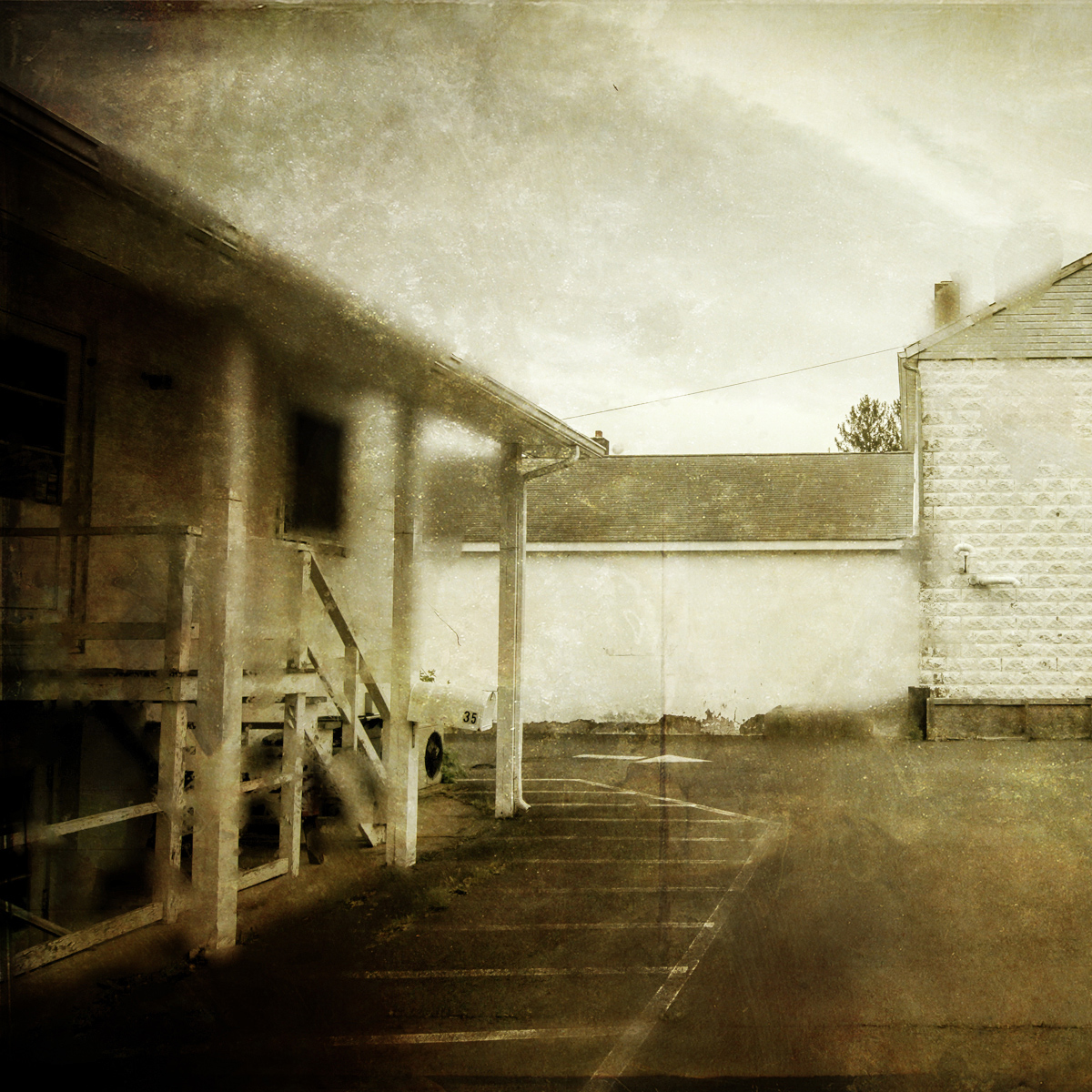
words: Beth Kephart
images: Beth Kephart
Art: Of Alzheimer’s, Migraines, and Trespass
They come to us with their many woven pieces: Moyra Davey (Index Cards). Judith Kitchen (Distance & Direction). Deborah Levy (Real Estate). Alexis Orgera (Head Case). They come to us as with incantations, with the sound of yearning, with puzzles that cannot be solved. They come to us to share with us the artists that have shaped their seeing—Jean Genet, Janet Malcolm, and Roland Barthes (Davey); Samuel Beckett, Edna O’Brien, and William Stafford (Kitchen); Marguerite Duras, Georgia O’Keefe, and James Baldwin (Levy); Susan Sontag, Yusef Komunyakaa, and Jeannette Winterson (Orgera).
Because no story can ever be perfectly told, they tell their stories, they tell their stories anyway. We fall into the zigzag of their seams.
Of the four such intense and intoxicating books I’ve lately read, I want to focus here on Head Case, a memoir-in-poetic-prose that was a finalist for awards sponsored by the Cleveland State Poetry Center, Graywolf Press, Pleiades Press, Subito Press, and Tarpaulin Sky Press before taking up residency at Kore Press; it will be published this December. In the book—a collage of prose poems and medical history, memories and projections—Orgera writes with immaculate precision about the father Alzheimer’s peeled away as well as her own lifelong battle with migraines—visitations of light, cleaving pain, and haunting specters.
Bo Orgera was devastatingly young, just 52, when his symptoms first appeared. He understood, at first, that he—strong, imaginative, good, capable of great love—was changing. Orgera writes: “What he hated most about Alzheimer’s was his uselessness. What am I supposed to do? he asked. I tried to give him odd jobs: pulling up carpet staples so I could refinish the original heart pine at my house, raking leaves, painting walls every shade of ridiculous. For the first time in his life, he didn’t finish what he started.”
What no one could foresee was just how quickly the disease would take him—scrambling his words, severing logic, breaking him away from himself. Sometimes, at his daughter’s urging, he would sit in the sun and draw; his images, scattered throughout the book, speak as no words ever could about the nature of his dissipating mind:
Art making becomes its own language, a way to comprehend and apprehend the world. The imagined world, when imagined well, speaks truth into the void. Dad and I painted and drew together every Wednesday. I thought art would be relaxing for him.
Over a period of months, Dad penciled hundreds of thumbprint-sized, broken circles into the pages of a legal pad. An act of obsession or devil’s possession in the starburst of decline: circles in rows, circles with diagonals and zigzags connecting them, a planetary map. Circles growing strands of hair, like nerve cells buffered by synapse or weird cancer cells. Lines from a straight edge. Xs and Os in a deranged game of tic-tac-toe.
Visitations, devastations, genetic codes, feared genetic legacies, the history and the science of tangles, plaques, even vascular dementia—it is all there, unsparingly there, in Head Case. Sometimes grammar isn’t big enough to contain the story, and words ram into words. Certainly, chronology has no place in this; bewilderment sets the pace. Still, and always, Orgera is clear-eyed and specific, she is specifically heartbroken, mired at times in her own breakdowns, clawing her way out of migraines and loss. Clawing, and then lifting:
It’s here. It’s everywhere. Father and daughter standing in the parking lot of the Senior Friendship Center, both of us too young for dementia but thrust into its arms nonetheless. The sun is so hot that sweat drips from the trees above us. Herons and egrets throat moan. Just-parked cars click and rattle as their air conditioners wind down. We are two wings standing in a cutout of space. Around our bodies, summer air thick enough to drink.
We want peace for this daughter as we read. We want peace for her father. Head Case is the stuff of love, yielded by a brilliant weaver-writer.
JUNCTURE NEWS
Introducing BINDbyBIND:
This past September, Bill and I launched our own ETSY shop featuring handmade journals and books. Each is unique, crafted out of materials like cork and leather, handmade paper and ephemera, painted canvas, hand-pressed flowers, and khadi paper. Bill’s illustrations—portraits of Virginia Woolf, F. Scott Fitzgerald, and Henry Thoreau, as well as fanciful characters and still life scenes—float across many of these books. Sometimes stories get told within canvas triptychs. We hope you’ll consider taking a look at our shop and treating yourself or a friend to something that speaks directly to you. We do take custom orders.
Future Juncture Workshop:
In our next Read Write workshop, we’re focusing on misunderstanding—the ways in which our inability to imagine another’s pain, perspective, or circumstance (or their inability to imagine ours) is often story, if we can tell it well. An essay by Helen Garner will be our guide, as will other writers who help us navigate this terrain. For more information, go here.
Some recent news and publications:
We Are the Words: The Master Memoir Class has been blessed by some very generous reviews, Amazon endorsements, and social media encouragements. We appreciate every single one.
Among Beth’s recently published essays are:
“The Hat Was Full Price,” in the Dorothy Parker’s Ashes Wedding Attire issue
“Still Life Theater,” in Halfway Down the Stairs
Beth also received a wonderful review of her new picture book (with illustrator Amy June Bates), And I Paint It: Henriette Wyeth’s World, in the San Francisco Chronicle.
CRAFT: try this on for size
Find language for art
Search for a piece of art that someone you love has made or left behind—an old Valentine’s Day card, a holiday ornament, a knitted scarf, a drawing. Bring the art to life with words, so that readers might, through your language, see it.
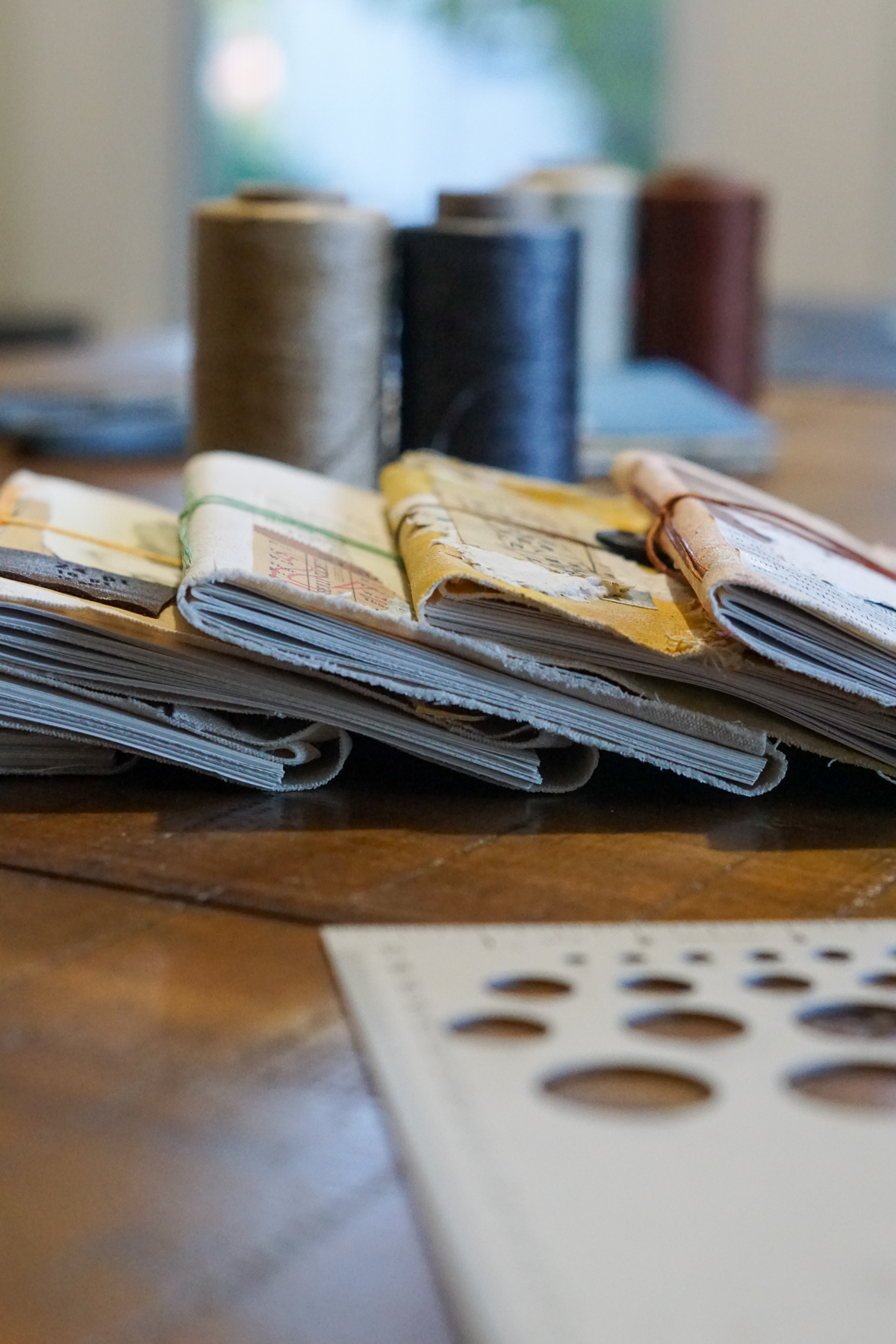
words: Beth Kephart
images: William Sulit
Art: The Page-Turning Power of Authenticity
Well, the dear and brilliant Sara Beth West said, how about What There Is to Say We Have Said: The Correspondence of Eudora Welty and William Maxwell (edited by Suzanne Marrs)? When it comes to literature, culture, politics, innuendo, Sara Beth is never wrong (have you read her reviews or her interviews, have you signed up for her Midweek Dinner musings?), and so I made a note to buy the book, then planned to follow through.
She didn’t give me the time.
The book arrived.
Every friendship is sui generis, alchemically forged by coincidence or luck, pursuit or acquiesce, common interests or common circumstances, the joke that made the other laugh, the conversation that has no honest end. Maxwell was a New Yorker editor and Welty an emerged writer when the two met at a Harper’s Bazaar party in 1942. Their ensuing relationship encompassed business matters, sure (grammar, verb tenses, questions about car mechanics and local spelling), but business was not what bound them. Roses, curiosity, pale fruitcakes, deep reading, compassion, loss, and yearning for and through story did—as did, of course, the honest, non-performative, never preening nor falsely modest, affectionately respectful ways they wrote toward each other.
Maxwell and Welty were, their letters underscore, at ease in each other’s company—free to meander around an idea, to tie childhood history to the present moment, to offer advice that always sounded more like hope, to memorialize a moment. Here’s Maxwell, for example, describing his infant daughter’s crying—a description he makes abundant with tangents:
She cries only in the early evening, beginning about six-thirty as a rule, which as anybody knows is a very melancholy time of day; Emmy (Maxwell’s beloved wife, whose own letters to Welty make an appearance in the book) regards her crying as a reproach, which I’m sure it isn’t, because the baby is gaining weight, and says it is like a knife through her head. To me it sounds more like Ravel. And like a loon that used to inhabit Gust Witt’s pond, about two miles down the creek from Bonnie Oaks, where I did part of my growing up, in Wisconsin.
Here’s Welty, swerving from the proposed elegance of rubber cement to a note about her writing process:
Long ago when my stories were short (I wish they were back) I used to use ordinary paste and then put the story together in one long strip, that could be seen as a whole and at a glance—helpful and realistic. When the stories got too long for the room I took them up on the bed or table & pinned and that’s when my worst stories were like patchwork quilts, you could almost read them in any direction.
Aren’t there lessons for memoirists in this—the ease of the prose becoming the power of the prose, the not-plot becoming the story? It’s the trust these friends have placed in each other that makes these pages not just endearing and authentic and historically important, but actually page-turning. It’s the implicit authenticity that makes the writing urgent. It’s how no one inside this friendship ever tries to steal the limelight. Welty and Maxwell are two people living. Their living is a story.
How might we, in writing our true stories, demonstrate our authentic interest in the readers without whom our words would remain dormant? It’s a question that has, as many of you know, haunted me since I first began to write and teach memoir, a question I recently addressed again in this Catapult essay, which I adapted from We Are the Words. Reading these Welty/Maxwell letters, the question engages my thinking again—this idea, this possibility that we might write our truths as if imagining a future correspondence, as if our memoirs are letters we are waiting to have answered.
JUNCTURE NEWS
The Juncture Read Write Series:
In our next Read Write workshop, we’re focusing on regret—yearning for the past, for a different outcome, for a better choice. An essay by Megan Stielstra will be our guide, as will other writers who help us navigate this terrain. For more information, go here.
Future Juncture Workshop:
We are finalizing plans to launch a nine-person, nine-month, group-critique-plus-art-infused-extras program, to begin in April 2022. Details to come.
Some recent news and publications:
We Are the Words: The Master Memoir Class has been blessed by some very generous reviews, Amazon endorsements, and social media encouragements. We appreciate every single one. Here I’ll share words from the prolific author, James Beard Award-winning cookbook writer, and former restaurateur Crescent Dragonwagon: “It is infused with her deep love and understanding of the form, her keen analytic eye, and her encyclopedic knowledge of the range of themes and styles brought to the genre by dozens and dozens of cited memoirs.”
“The Memoir in Pieces,” Creative Nonfiction Online, August 25, 2021 (also appears in We Are the Words).
“A Memoir Should Be a Conversation, Not a Monologue,” in Catapult, adapted from We Are the Words, August 16, 2021.
“On the One Side. On the Other.” nominated by Nurture Literary for Best of the Net.
“The Chin I’m In,” Dorothy Parker’s Ashes, August 9, 2021.
CRAFT: try this on for size
Your memoir as the start of an imagined correspondence
Write a letter to a person with whom you feel most at ease. Write to them about something curious that you have lately noticed—and make room for them to answer back with a story of their own.
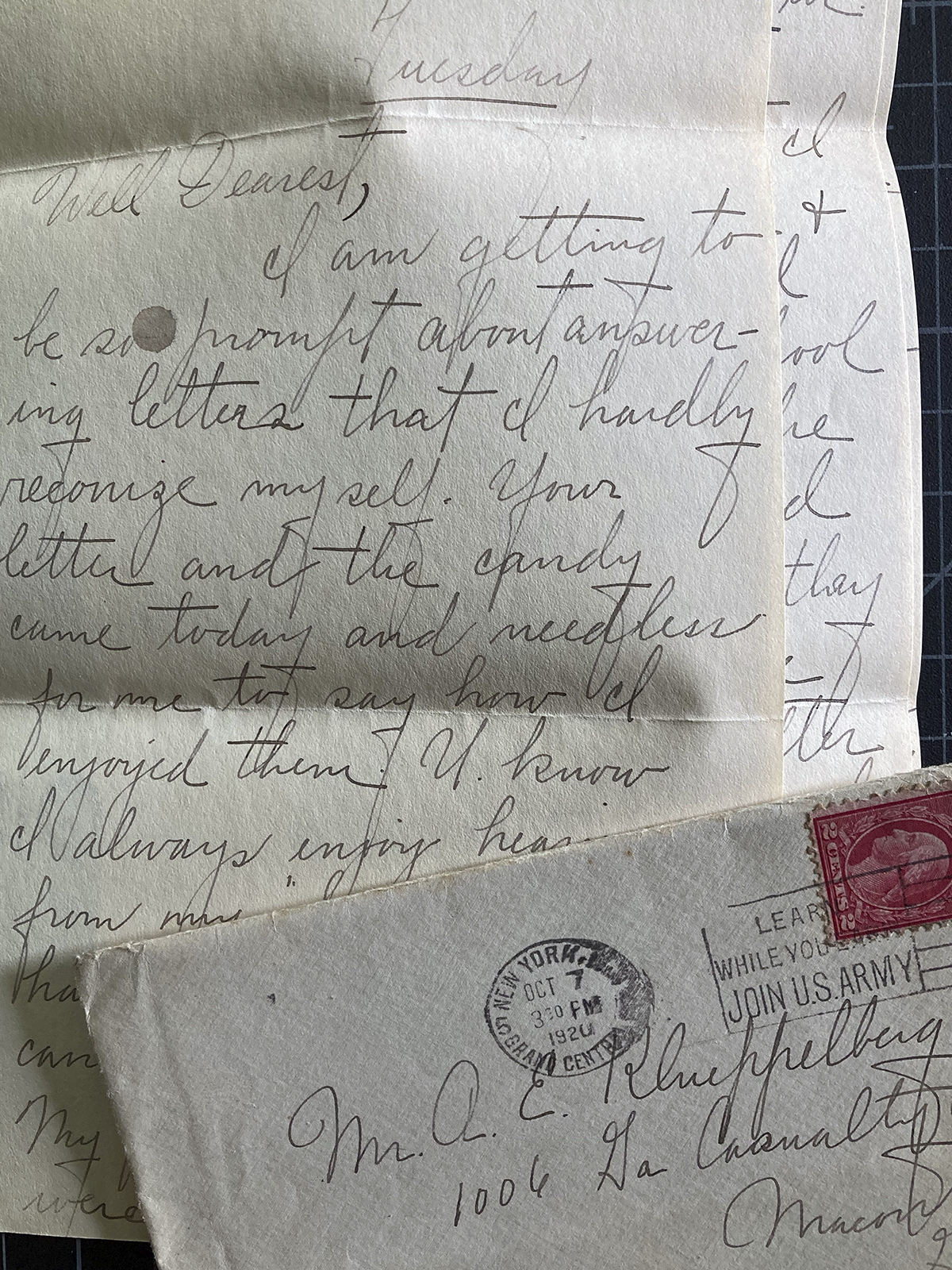
words: Beth Kephart
images: William Sulit
Art: Humble. Curious. Creative.
My friend Katrina Kenison has many gifts. Writer, editor: those gifts you likely know. Gardener, winged-thing tamer, photographer. If you have ever visited her blog, you know this, too. Mistress of threads? I wrote about that here. But when I think of this friend, whose cards and letters from years ago I have lately rediscovered, I think about her talent for wonder. Look at the sky, look at the rain, look at the shells, Katrina says, has always said. Her images and words are gifts, and not advertisements. They say, Wait. They say, Breathe.
I was thinking about Katrina while reading Julia Baird’s new book, Phosphorescence: A Memoir of Finding Joy When Your World Goes Dark. I’m not certain that I would call the book a memoir, but it is a collection of essays about the ways in which this writer and broadcaster has hunted for glow, celebrated silence, and found shelter in kind thoughts and quiet appreciations. Baird has undergone cancer surgeries and recoveries. She swims a mile most mornings off Sydney’s Manly Beach. She has children she loves and friendships that have been enduring. She believes in the light we carry with us, the legacy of the sea.
Baird writes of making room for awe. She suggests that awe-seeking is not simply a nice way to live. It is, she suggests, the way to live.
From an early swimming essay:
Something happens when you dive into a world where clocks don’t tick and in-boxes don’t ping. As your arms circle, swing, and pull along the edge of a vast ocean, your mind wanders, and you open yourself to awe—to the experience of seeing something astonishing, unfathomable, or greater than yourself. Studies have shown that awe can make us more patient and less irritable, more humble, more curious and creative—even when just watching nature documentaries.
Humble.
Curious.
Creative.
Time and again, Baird urges her readers to get out of themselves and into the natural world. To stop, kneel down, and see. She worries that “wonder seems to be on the wane, or we tend to wonder mainly about ourselves, instead of allowing wonder to lift us up out of our own self-interest and help us to understand others and the natural world better.”
In a recent Read Write workshop, we turned our attention to Elisabeth Tova Bailey’s snail—read together and thought through the opening pages of The Sound of a Wild Snail Eating. We thought about the iterative ways Bailey unfurls the senses, how she startles us with sound, how she arranges sensibilities, how she—slowly at first, and then with force, as if her very life depends on it—opens herself to the snail that has been brought into the room where she is recovering from, sometimes barely surviving, a devastating illness. We asked ourselves how wonder progresses and deepens throughout the pages of Bailey’s book. We thought about what happens to us when we stop long enough to connect with the world beyond ourselves. When we stop to name all we can see through the nearest window. When we write, with clear and elemental language, about the natural beauty we once claimed as our own. Might still claim.
Like my friend Katrina, and like Bailey, Baird urges us to walk away from machines—to extend ourselves toward the world so that the world might find us.
Opening ourselves is where story begins. We write with open hands, and not with fists.
August is now upon us. In the mornings, now, before the heat grows too intense, I go about the house opening windows. I let the new air in, wait to catch a semblance of a breeze. With my crazy morning hair, I stand, waiting for the world to reach me.
Humbled, I am curious. Curious, I am creative.
One final note. I was recently asked how all this teaching that I’ve done affects the ways in which I write. No one had asked me that question before, and I had to stop and think. My response can be found here.
These Juncture workshops, these years of teaching Penn, these monthly Notes—they have shaped me. To all of you, I’m grateful.
JUNCTURE NEWS
The Juncture Read Write Series:
In our next Read Write workshop, we’re focusing on the empathetic imagination. An essay by Charles D’Ambrosio will be our guide, as will other writers who teach us how to reach, forgive, imagine, even love those who might seem like strangers to us. For more information, go here.
Some recent news and publications:
We Are the Words: The Master Memoir Class is out in the world. Judy Goldman, author of Together: A Memoir of a Marriage and a Medical Mishap, has said, about it, “This is—hands down—the best book on writing memoir I’ve ever read.”
“The Sum of Which Parts,” Upstreet Number 17, July 24, 2021.
“The Funny in Memoir: Alison Bechdel, Dinty Moore, and Trey Popp,” Cleaver Magazine, July 24, 2021.
“Overjoy Cruise,” Tiny Spoon, July 23, 2021.
An excerpt from Cloud Hopper, in the wonderful The Milk House: A Rural Writing Collective, July 22, 2021.
“The Art of the Moment Memoirs,” an excerpt from We Are the Words: The Master Memoir Class, on Jane Friedman’s blog, July 21, 2021.
“Teaching to Write,” Women Writers, Women(‘s) Books, July 19, 2021
CRAFT: try this on for size
Writing Wonder
“… we have the ability to find, nurture, and carry our own inner, living light—a light to ward off the darkness,” Baird writes, in Phosphorescence.
Remember and write of a time when you were deeply aware of the light you carry and of the darkness that you conquered.
Now remember and write of a time when you felt yourself to be rescued by the world beyond, by the wonder you chose to seek.
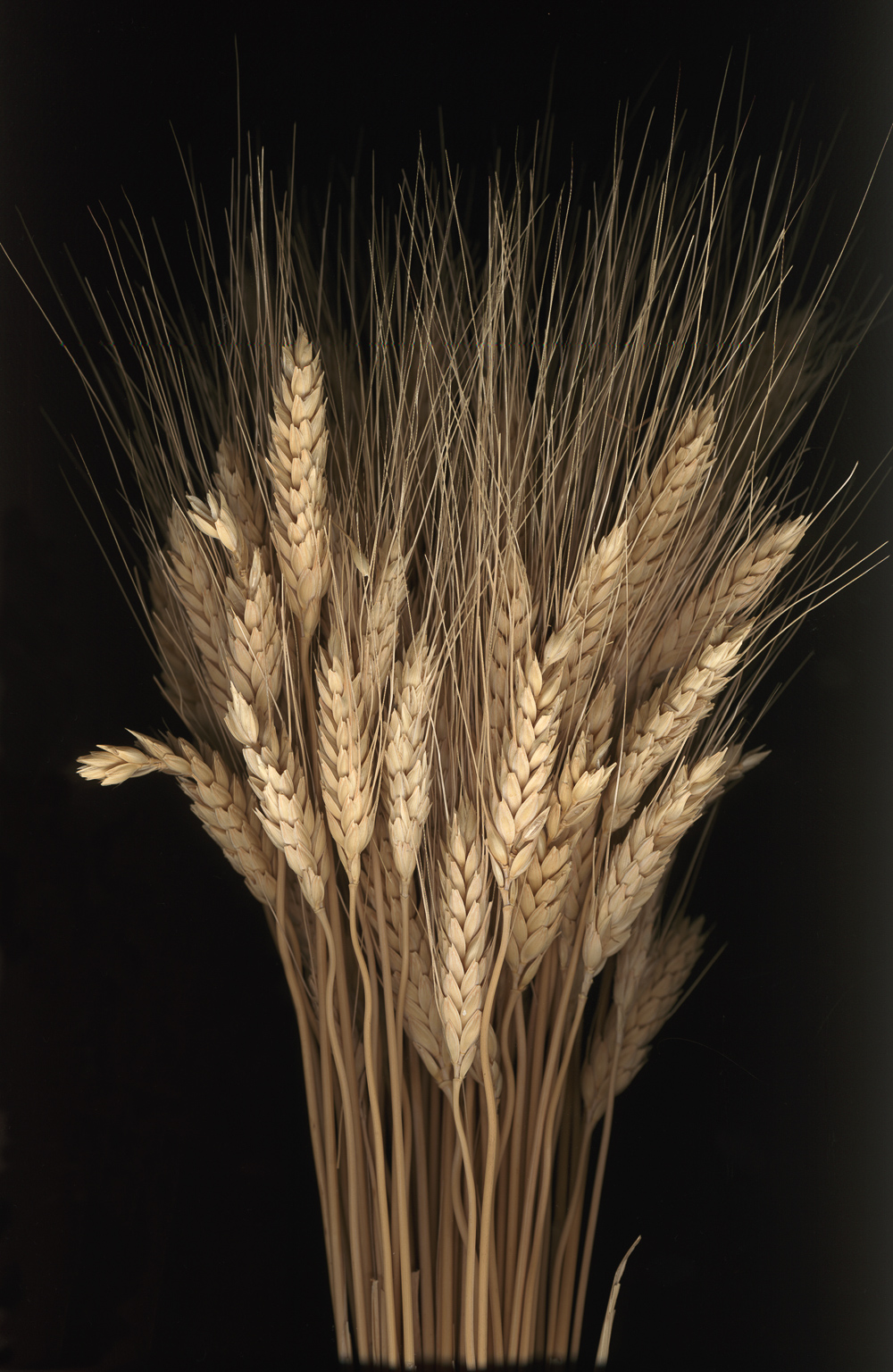
words: Beth Kephart
images: William Sulit
Art: Cover Work
The first time I ever saw my husband’s art it was floated across a drafting board of an architecture studio. I was the firm’s marketing coordinator. Bill was the guy who had swooped in for a three-month design-and-drafting stint between travels in Europe and graduate school. I was delivering mail. I stopped beside his pencil lines. That, perhaps, was it.
A few weeks later I was at Bill’s makeshift desk in his third-floor rental watching him render fantasy landscapes out of fluid color. How did he do that? Later it was his three-dimensional models I pondered—the delicacy of the fabrication, the ferocity of the intent. In time, Bill would build clay vessels that—in their geometries and integrity—carried his architectural instincts forward.
In the pandemic months, Bill returned to the media he had first studied as a teen—oil painting. On small gessoed panels he worked color into faces and landscapes. One day he emerged from his garage studio with a painting featuring some of my handmade books and a very quiet, feather-fashionable bird.
I knew in an instant: This was the cover of We Are the Words. In time Bill was persuaded.
We Are the Words, inspired in part by the first online Juncture series, is about how we find and tell our own true stories—strategies, techniques, telling details, scenes, obsession vessels, time management, form testing, supposing. But it also casts a wider net to reflect on the vicissitudes of the writer’s life. The uncertainties and vulnerabilities, the pleasures and the hopes, the necessities and the battles we face, and the value of the book. Virginia Woolf sometimes raises her hand. Exercises and question cascades emerge. More than 100 memoirists and truth-tellers are noted (and included in an index)—Michael Ondaatje (of course), Natalie Kusz (also of course), Margo Jefferson, Helen Macdonald, Philip Connors, Sonja Livingston, Hilton Als, Casey Gerald, Megan Stielstra, Sophy Roberts, Inara Verzemnieks, Terry Tempest Williams, Richard Ford, Kathryn Harrison, Helen Garner, Elisabeth Tova Bailey, Mark Doty, Jenn Shapland, Judy Goldman, and Margaret Renkl, among them.
The pandemic forced us all to rethink the ways we interact, do business, spend our time. It sent me back to my wall of truth books so that I might teach myself memoir newly. I have changed my mind about some matters. I have resurfaced with new ideas. I have been honest. That cover bird that sits on the cover of my handmade books understands that life is fleeting, and that our stories matter, and that, on some days, we will feel ourselves soaring while on others we will need to nest.
The great joy I have in this life is partnering with Bill. I can say this because I am not the painter here: I deeply love the cover art for We Are the Words.
JUNCTURE NEWS
The Juncture Read Write Series:
In the upcoming Read Write workshop, to be held on July 18, we’ll be talking about the writers who turn their attention to the intrinsic beauty of the world. We’ll read a few pages (sent in advance) of Elisabeth Tova Bailey, ponder her process and decisions, and pause for in-the-moment exercises and questions. Our first two sessions in this series have yielded remarkable chat-room poetry as our writers respond to memory prompts in real time. To join us, go here.
Some recent news, work, and conversations:
Wife | Daughter | Self is a Buzzfeed “18 Amazing Small Press Books to Add to your Summer Reading List” selection.
“Spreadsheeting the Void,” in The Raven’s Perch, June 8, 2021.
My conversation with the spectacular Alisha Crossley, on the Imperfectly Polished Podcast.
“Feather White,” In Blood and Bourbon, No. 8, Grace, downloadable here.
My conversation with Ken Jones on KBOO.FM, here.
CRAFT: try this on for size
I’m in the early stages of something brand new, and I’m having trouble with the framing. This always happens, and I always get frustrated, and I always (finally) remember not to panic.
There is time, I remind myself. Moreover, easily framed books may not, in the end, be interesting ones.
In the publishing world we often don’t get to control our covers. Still, it can help, I’ve found, to imagine a cover for the story we are shaping. To resolve questions about the project’s mood and tone and purpose by imagining the first thing a bookstore patron will see.
And so that is my prompt for you this month. With whatever media you have near—a box of crayons, a set of colored pencils, a tin of watercolors, collage materials and glue, origami papers, wood and nails—construct your best idea for your book’s cover.
What emerges? Is it bold or subtle? Is it graphic or illustrative? Does the title shout or is it quiet? Are you pale peaches and greens or reds and blacks? What does your cover tell you about the project on your desk?

words: Beth Kephart
images: William Sulit
Art: As I … What?
I am not going to name the new buzzy memoir I just read. If I had loved it, I would name it, but love was not in the air. I did, however, have thoughts while I turned the pages, in-general thoughts that I’ll now share, should you be at work on your own writerly projects. Perhaps you’ll agree. Perhaps you won’t. This is a conversation.
Thought Number One: Is it possible (I think it’s probable) that a memoir loses its pizazz when flecked throughout by the As I’s? As I thought about… As I researched… As I interviewed… As I remembered… As I sat down to write… As I concluded… What a barrier this As I throws up, especially if the stale construction appears countless times throughout the text. The As I, within this context, says Watch me work. It says, This is me, the writer wielding writerly ways. It says, I worked hard on these very pages.
The As I, deployed suchly, gets in the way of the story. Nothing is lost by removing the phrase and so much is gained.
Thought Number Two: There is a place for memoirs that sidestep scene in favor of philosophy, history, inquiry, literature, experiment—consider, for example, Anne Boyer’s The Undying, a fierce, bracing meditation on cancer in which the people in the author’s life—the people who helped take care, the people who helped with hope—are very rarely seen.
But when the subject of the memoir is the memoirist’s flock, when the focus is on resurrecting someone dear, scenes—real scenes—are necessary. We readers want to believe that we, too, have spent time in the company of the memoirist’s beloveds. We crave the three-dimensionality of well-rendered moments. Merely listing shared activities or family anecdotes or systematically-researched lore cannot hologram the subject into view. Summaries are the death of essence, the death of soul.
We readers deserve essence, and soul.
Thought Number Three: Something magical can happen when a memoirist sets aside the word “report,” (I am reporting on, I am collecting a report, I am writing a report) so that she (or he, or they) might focus on the evoked, the suggested, the suddenly discovered. A report is a deliverable. It is an exercise in documentation. It is set before the reader: Look at this.
But isn’t a memoir an invitation? Shouldn’t there be a little give and take?
Shouldn’t we write well past the report, using words and methods and means that generate a spark of mystery?
Let me end this conversation with a few lines from a very different book, a book that I have loved and will therefore name. It’s called Seed to Dust: Life, Nature, and a Country Garden. It’s by the British writer/gardener/former mole hunter, Marc Hamer, and it’s a collection of days, organized by the seasons. Hamer offers reflections on living and dying, on choosing and waiting. He finds his way, quietly, weaving us into his spell. He widens our world with his. He writes so very far past the report. He delivers scenes. He does not announce his process.
Here he is, writing of his beloved:
When we met I was a wild thing, barely socialised, and she was a wild thing too, having grown up wanting to run away from the mountain in Wales and the lonely cottage in a field near a lighthouse where she lived and played and read fairy stories alone. We vibrated with a similar frequency, so we moved closer together like magnets, and made children. They came into the world and they were like both of us, but were new and like neither of us, strangers who we came to know and love.
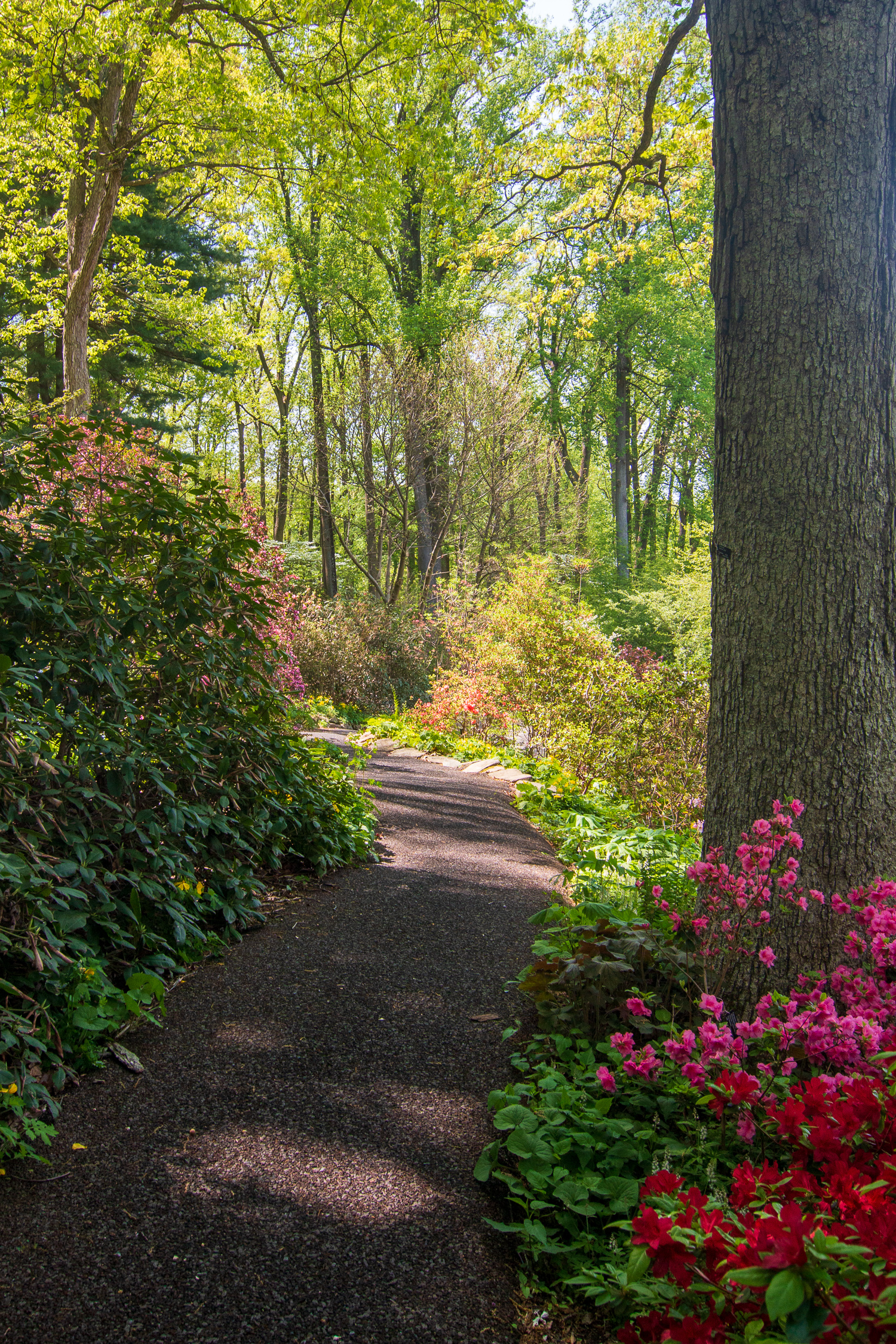
JUNCTURE NEWS
The Juncture Read Write Series:
In the upcoming Read Write workshop, to be held on June 27, we’ll be exploring the world and work of Mary-Louise Parker, an actor, yes, but also a tremendously talented writer. We’ll read a single short Parker essay together, talk about Parker’s relationship to the stories she writes, and pause for in-the-moment exercises and questions. To join us, go here.
In other news:
On August 12, 2021, our new craft book, We Are the Words: The Master Memoir Class, will be available. We are so happy to share the cover here, featuring an original oil painting by William Sulit.
And I Paint It: Henriette Wyeth’s World has been released by Cameron/Abrams Books, to positive reviews. Illustrator Amy June Bates and I launched the book at the Brandywine River Museum of Art by taking listeners beyond the scenes with photographs, art sources, stories. Our conversation can be found here.
“The Distance of Awakening,” an essay about Isabella Stewart Gardner and my father, appears in Tigershark, May 2021. Download the issue here.
“House as Home: Writing the Places That Raised Us” appears in Brevity, May 17, 2021.
An interview with Naomi Milliner, on memoir, fiction, and the writing life, appeared on May 11, 2021.
“Moving the Type,” a Virginia Woolf and Common Press story, appears at The Curator, May 10, 2021.
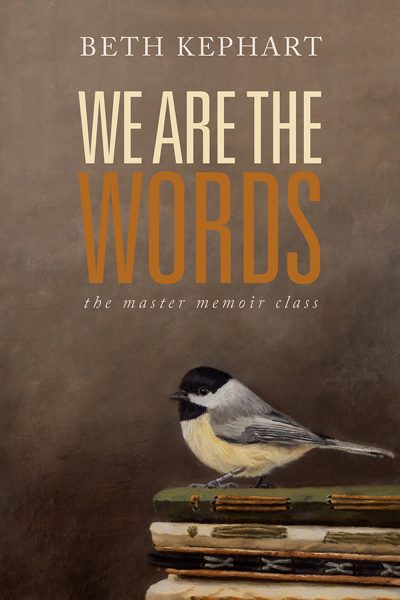
CRAFT: try this on for size
Write about a stranger you have come to know and love. Don’t allow yourself to slip into mere reportage. Yield, to your reader, this stranger’s essence.
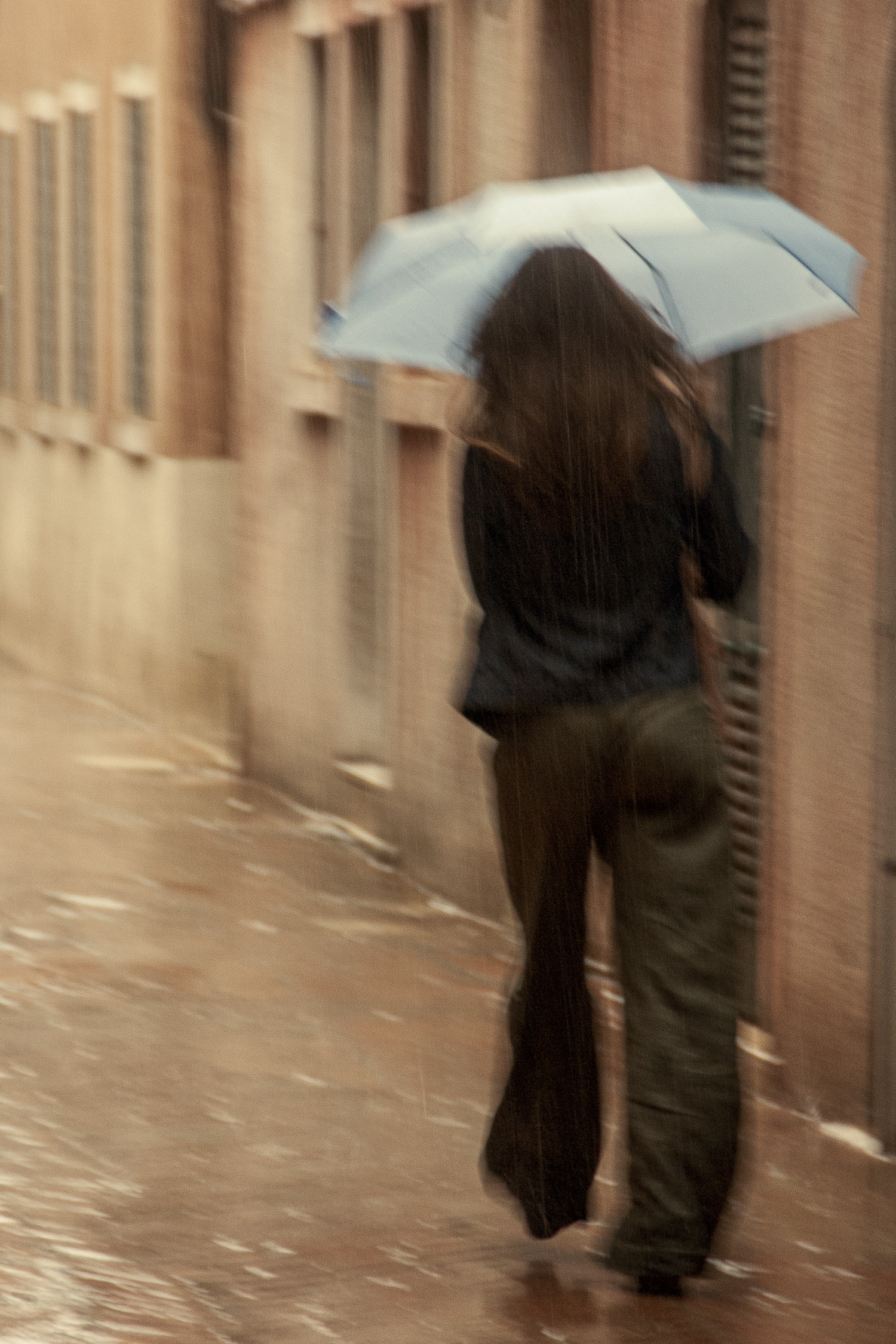
words: Beth Kephart
images: Beth Kephart
Art: In Times of Blankness
For many months in this pandemic year I could not read, and because I could not read, I could not write, and because I could not write, I made blank books. In the half blue light of winter. In a room remade for solitude. Beneath the gnarled gaze of the felt puppet I had bought on the Charles Bridge in Prague, where I had gone to learn what writer is from Jayne Anne Phillips, William Gass, Gish Jen, and Carolyn Forché.
In the shadow light of the pandemic, I sliced, I glued, I sewed. I knotted buttons into paper embedded with foreign flowers. While I worked, I considered my multitude of selves. Iterations of me as defined by opportunity and apostrophes. By curiosities, vulnerabilities, spontaneities. By innate traits and acquired ones. Myself in the crowd, myself alone. Myself in the sun, myself asleep. Myself beside my father’s grave, myself beneath the doctor’s gaze. Myself forgiven and forgiving, young and now not young, teaching others and desperate to teach myself.
Into the valleys and peaks of the blank books I sewed, pondering these iterative selves and wondering, too, as I so often have, if a writer who isn’t writing is in fact a writer self.
It was Deborah Levy who shook me out of my not-reading haze—Levy’s slender true-life tales, with their stark sentences and sly storytelling frames, their talk of life but also process.
“I did not know how to get the work, my writing, into the world,” she wrote in Things I Don’t Want to Know. “I did not know how to open the window like an orange. If anything, the window had closed like an axe on my tongue.”
“It was calm and silent and dark in my shed,” she wrote in The Cost of Living. “I had let go of the life I had planned and was probably out of my depth every day. It’s hard to write and be open and let things in when life is tough, but to keep everything out means there’s nothing to work with.”
In her true stories, Levy presents herself as a writer trying to write. As a writer who finally does write. As a writer who decides to open the windows, the doors, the gates and reckon with those things that make life tough.
Levy’s books made me want to write. To un-inoculate my writer self.
“So this is how you write,” says Jo Ann Beard in the essay “Now,” from the new collection, Festival Days. “You let the writing lead and you simply follow, letting the memories and the images and the language take over; you’re the writer, you get to decide…”
Follow the memories, Beard says, follow the words. Reckon, Levy says, with the life that gets tough. There is always something new to say because we carry forward so many iterative selves. We thread the needle. We knot the knots. We pierce the peaks and valleys.
We stop. We wait. We work again.
And often, as we work, community helps. Another voice in our ear. A companion. Another writer suggesting a new path or simply demonstrating the power of not giving up. With the hope of creating just such a community for our Juncture writers, Bill and I have launched a Facebook page accessible to those of you who have joined any of our Juncture workshops—virtual or in-person. Already some of our memoirists are there, on that page, speaking about books they are reading or controversies they are following. Some are posting their work. We’ll use this space, too, for those who have joined our Read Write series to share work that is emerging from those classes.
Because we know it gets tough. Because sometimes our pages are all blank. Because we read to write and write to share and can be uplifted by a community forged with trust.

JUNCTURE NEWS
The Juncture Read Write Series:
Nine separate sessions focusing on nine separate elements of craft, each uplifted by an essay or excerpt easily found online. Over the course of these 75-minute presentations, Beth will take a deep look at the central essay, discuss the tools of craft and wisdom the writer brought to the pages, and apply that wisdom to the participants’ own work, with prompts and suggestions. Among the topics: On writing childhood with Terrence Des Pres, On Writing the World with Elisabeth Tova Bailey, and On Writing Joy with Brian Doyle. More information here.
In other news:
Cloud Hopper is a co-winner of the Paterson Prize for Books for Young People, 7 – 12 grades.
“Make New Memories, Our Story is Enough,” an essay in Catapult about a sudden memory blink, March 30, 2021.
“Shattering the Frame: A Conversation with Beth Kephart,”The Adroit Journal, April 9, 2021.
Art + Words, a conversation about collaboration featuring a slide show of Bill’s art, at Hidden Timber books, with thanks to Christi Craig, March 2021.
“Meet Beth Kephart, the Main Line’s finest writer – we’d say “arguably the finest” but we’d be lying – through the pages of her new memoir: Wife| Daughter| Self. It’s intimate, unconventional and altogether fascinating. You’ll learn about her marriage to a Salvadoran artist and why she never learned his native tongue; how ice skating, of all things, informs her writing; about her personal struggles with perfection and insomnia and so much more.” — Caroline O’Halloran, Savvy Main Line
CRAFT: try this on for size
“You let the writing lead and simply follow,” Jo Ann Beard tells us. Still, we need a place to start. If you’re stuck today, tomorrow, sometime next week, begin by describing a single object that lives within the room where you work. That fossil on the window sill. That feather on the shelf. That eraser that was once so white and smug. That framed painting still sitting on the floor. How long has it been sitting on the floor, and why?
Write the what of this thing in your room. Animate the inanimate. Remember. Let the writing lead so that you can follow.

words: Beth Kephart
images: William Sulit
Art: Seeking Urgency and Song
In Between Two Kingdoms, Suleika Jaouad writes of the cancer that intercepted her life when she was just twenty-two—leukemia, with a 35% chance of survival. She’d been trying to make a life in Paris, following graduation from Princeton University. She was newly in love. She harbored dreams of being a war correspondent. But a hellacious several years were now in store, as she began to fight for her life with a succession of medical teams. Jaouad endures uncertainty, fear, pain, exhaustion, numbingly difficult procedures. She struggles to hold onto those things, and to the people who matter most to her.
Invited to document her experience for The New York Times, she does. Her readership grows, compounds. When she emerges as a healthy young woman whose body will forever hold the trauma it endured, Jaouad does not know who she actually is, nor who she is meant to be. Sickness has been her way of life. What does a well young adulthood look like? She doesn’t know, and so she takes a trip, driving 15,000 miles with her dog Oscar to meet some of the people who have corresponded with her through her Times column.
Smoothly written, chronologically set forth, Between Two Kingdoms is life set down in the order in which life happened. There’s nothing episodic about it. There are no urgent compressions, no languid poetries, no surprising juxtapositions or blinding lights of white space. Between Two Kingdoms, an immensely important story, presents time ticking as a metronome might.
I read the book just after I read Megan Harlan’s Mobile Home, a brilliant, deeply universal memoir in essays about Harlan’s peripatetic childhood and her desire to understand that word “home,” a book about how one finally inhabits the world, inhabits one’s life. I read it just before I’d read Doireann Ní Ghríofa’s A Ghost in the Throat, a book that electrified me with its urgencies and poetries, its melding of domestic life and historic yearning, its coupling of the known and the unknown, the never found and the quested (see my Cleaver Magazine review here).
I realized, as I read Between Two Kingdoms, that I was slowing some things down in my head and speeding some things up because that is what I do now when I read or write memoir, that is what I seem to need—true stories as attuned to pacing as they are to content. True stories that stare time in the face and wrestle time’s constraints and indignities, freedoms and whishhhh as deliberately as they wrestle with what happened.
In a new essay in Craft, I write about time and how we might manage it as memoirists. The essay arises from one of the recent Juncture Workshop programs, but of course and mostly it arises from years of slotting and unslotting memoirs into all kinds of categories.
“When we ask where a story begins, we calculate time,” I write in the essay. “When we merge the act of remembering with the memories themselves, or make our prose stand breathlessly still, or work that much harder to more artfully see, we slow time down. When we rush the days or years, favor the tell over the scene, make the white space speak for the untold things, or let the experiences swirl, we put the wind at time’s back.”
A thought that took years to formulate, a thought I did not have, more than thirty years ago, when I first started reading and writing memoir. A thought that predominated as I wrote Wife | Daughter | Self: a memoir in essays—wrote it, rewrote it, neutered it, started again, until it sounded like time to me.
What do you think about time in memoir? How do you manage it? How does it escape you? What beats do you hear in your own head while you are writing? What beats do you seek in the memoirs you are reading? We all carry different memoir music in our bones. Do you know what yours is? Are you honoring it?
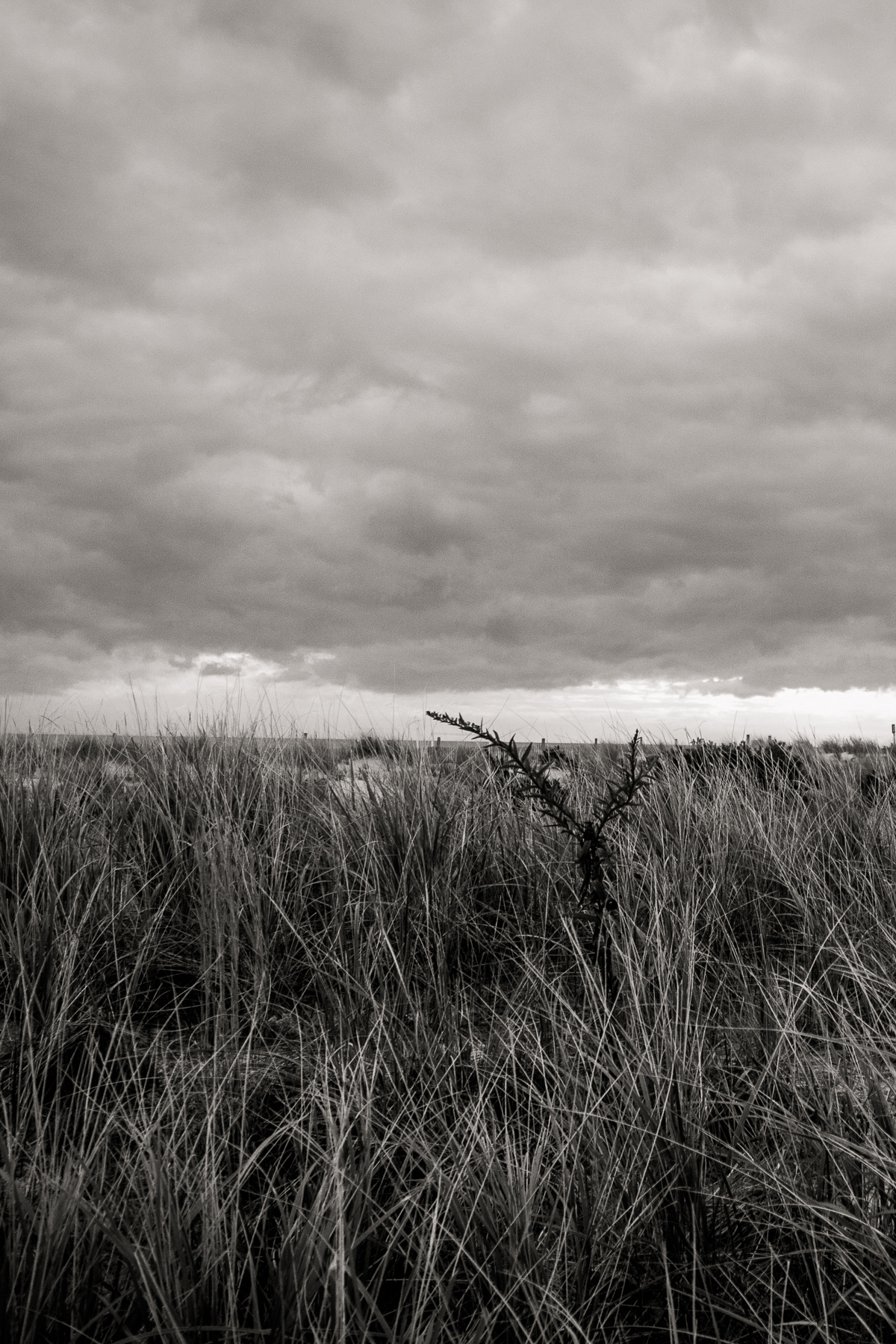
JUNCTURE NEWS
The Juncture Read Write Series:
Nine separate sessions focusing on nine separate elements of craft, each uplifted by an essay or excerpt easily found online. Over the course of these 75-minute presentations, Beth will take a deep look at the central essay, discuss the tools of craft and wisdom the writer brought to the pages, and enter into a conversation with the participants about their own experience with the work. For each session, Beth will offer a single “five-minutes, five-sentences” prompt and then listen as a handful of writers share their newest sentences. Among the topics: On writing childhood with Terrence des Pres, On Writing the World with Elisabeth Tova Bailey, and On Writing Joy with Brian Doyle. More information here.
Among Beth’s recent essays and interviews are these:
“Time Stamps: Eleven Ways of Managing Time in Memoir,” Craft, March 23, 2021
“Stitch Work,” an essay about a plain sewing sampler and my deeply loved uncle, in Lines and Stars, March 22, 2021
My conversation with Jacinda Barrett at the Free Library of Philadelphia, about Wife | Daughter | Self
Audio
Video
A conversation with Jackie Shannon Hollis about Wife | Daughter | Self at The Rumpus, March 3, 2021
“Her Room. Ours.,” Entropy Magazine, March 1
My conversation with Leslie Pietrzyk, at Work in Progress, about Wife | Daughter | Self, March 1, 2021
“Finding Quiet in a Chaotic World,” Covey Club, March 2021
My review of A Ghost in the Throat, by Doireann Ní Ghríofa, in Cleaver Magazine, March 21, 2021
My podcast conversation about memoir and the writing life with Matty Dalrymple at The Indie Author, here, March 9, 2021
CRAFT: try this on for size
Identify the ten most compelling events, discoveries, or moments that live within the essay or book that you are writing. Limit yourself to ten. Write each element onto a single index card. Arrange the cards with an eye toward speeding things up, and write that story. Arrange the cards with an eye toward slowing things down, and write that story. Which story feels most true?
